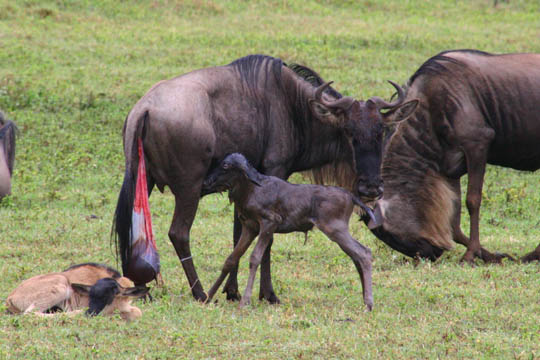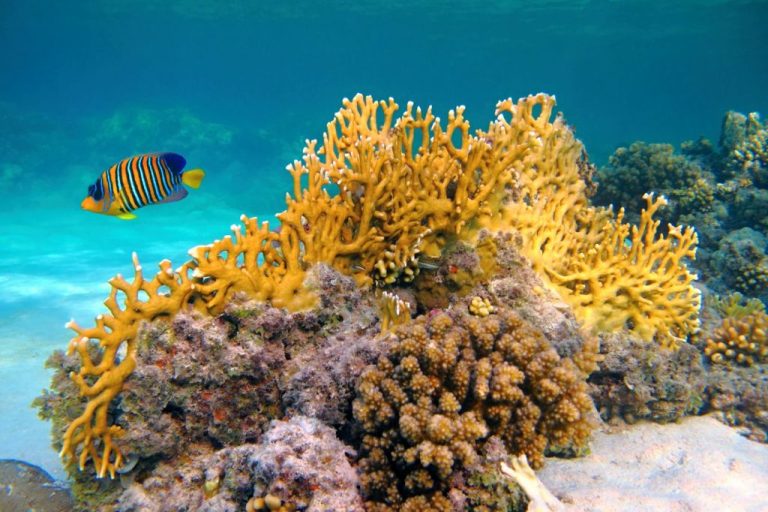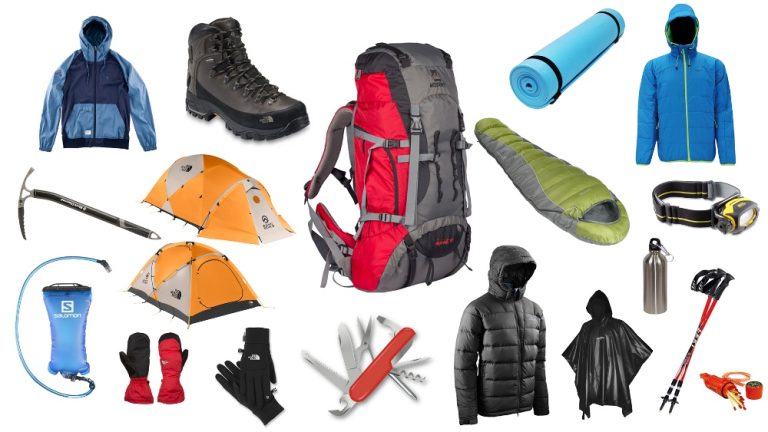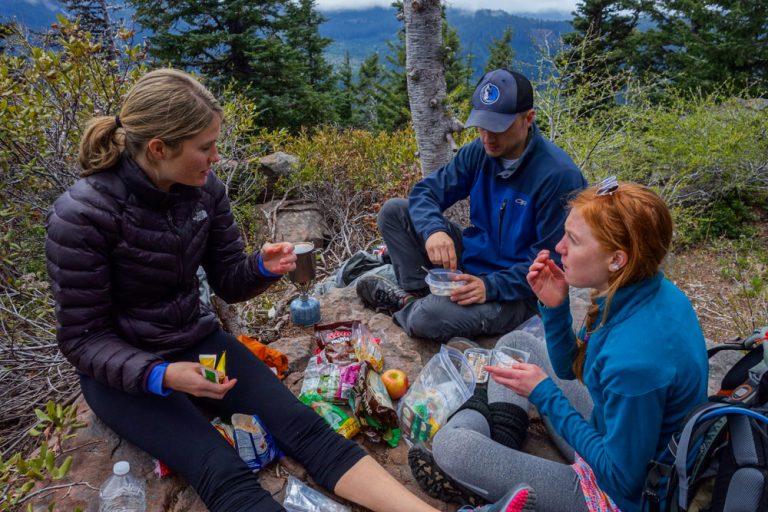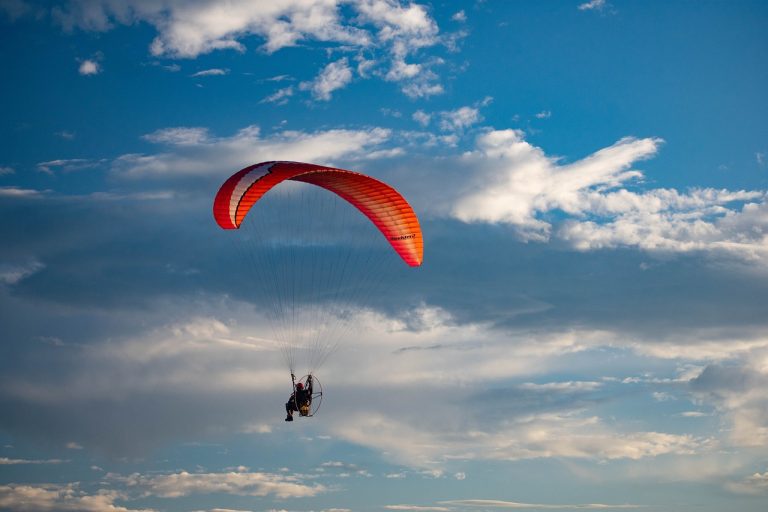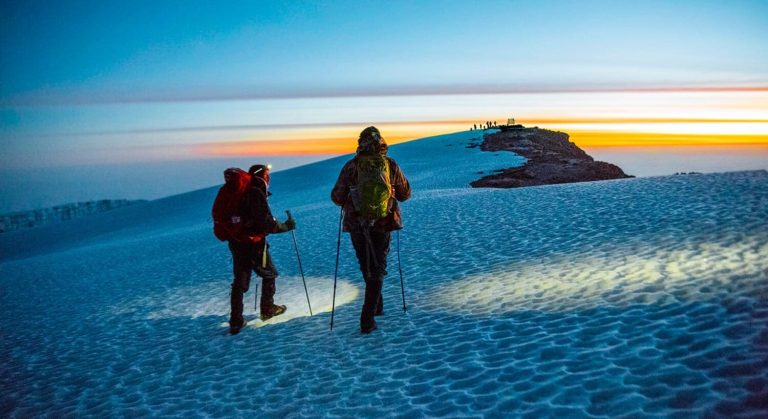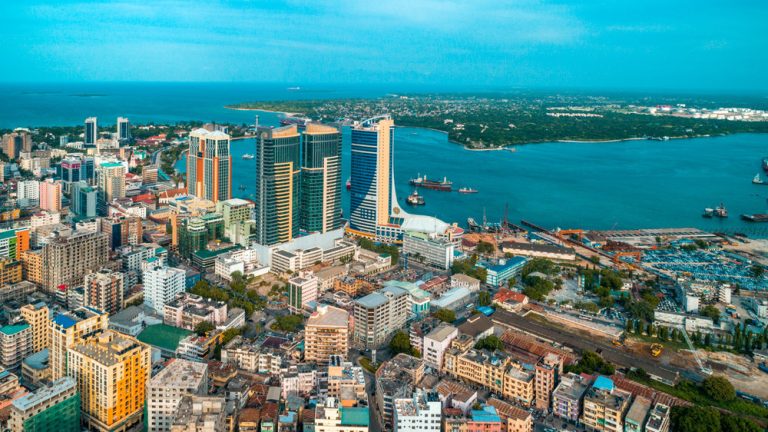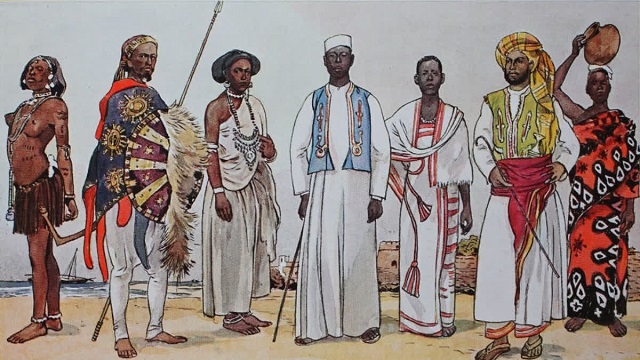About Tanzania
Tanzania, covering approximately 942,600 square kilometers and home to an estimated 62 million people as of the 2022 Census, has demonstrated an exceptional commitment to conservation, with 43.7% of its total land area designated as protected or conserved. This extensive conservation network includes 22 national parks managed by the Tanzania National Parks Authority (TANAPA), the renowned Ngorongoro Conservation Area, 32 game reserves, 43 game-controlled areas, and a growing number of Wildlife Management Areas, with 17 active and 22 ongoing. Additionally, Tanzania boasts three marine parks and 70 Wildlife Captive Facilities (WCFs) categorized into wildlife farms, wildlife ranches, and zoos, all overseen by the Tanzania Wildlife Management Authority (TAWA). This comprehensive approach not only safeguards Tanzania’s rich biodiversity but also underscores its status as a global leader in conservation and sustainable tourism
Discover Northern Tanzania like never before with our all-inclusive safari packages. From Serengeti’s Great Migration to the breathtaking Ngorongoro Crater, we take care of every detail—round-trip airport transfers, handpicked accommodations from midrange to luxury, and seamless logistics. Whether you dream of summiting Mount Kilimanjaro, exploring Tarangire’s vast wilderness, or unwinding in premium lodges, our tailored journeys ensure a stress-free, unforgettable adventure. Let us handle everything while you focus on the magic of Africa.
Tanzania | Private Tour
5-Day Best of Tanzania Luxury Safari
- Tarangire, Serengeti and Ngorongoro
Tanzania | Private Tour
3-Days Serengeti and Ngorongoro Wildlife Free Safari
- Serengeti and Ngorongoro
Tanzania | Private Tour
5-Days Wildebeest Calving Season & Balloon Safari
- Tarangire, Serengeti and Ngorongoro
Tanzania | Private Tour
5-Days Wildebeest Calving Season Mid-Range Package
- Serengeti and Ngorongoro
Tanzania | Private Tour
6-Days Private Mid-Range Tour
- Tarangire,Serengeti, Ngorongoro and Kikuletwa Hot Spring
Tanzania | Private Tour
6-Days Tanzania Luxury Safari
- Tarangire, Serengeti, Ngorongoro and Lake Manyara
Tanzania | Private Tour
7-Day Wildebeest Calving Season Mid-Range Package
- Tarangire, Serengeti and Ngorongoro
Tanzania | Private Tour
7-Days Tarangire, Manyara, Lake Natron, Serengeti & Ngorongoro.
- Tarangire,Serengeti, Lake Natron, Ngorongoro and Lake Manyara
Tanzania | Private Tour
7-Days Northern Tanzania Classic Tour
- Tarangire, Serengeti, Ngorongoro and Lake Manyara
Tanzania | Private Tour
8-Days Great Migration Mara River Crossing Safari
- Rarangire, Serengeti and Ngorongoro
Tanzania | Private Tour
10-Days Spirit of Tanzania Premium Safari
- Tarangire,Serengeti, Ngorongoro and Manyara
Tanzania | Private Tour
12-Day Honeymoon Best Safari and Zanzibar All-inclusive
- Tarangire, Serengeti, Ngorongoro and Lake Manyara
At Mateys Wild Tours, we offer extraordinary trekking experiences in Tanzania, taking you to the summits of both Mount Kilimanjaro and Mount Meru. Whether you’re seeking the thrill of conquering Africa’s highest peak or exploring the stunning landscapes of Tanzania’s second-highest mountain, our tailored packages provide an unforgettable adventure. With expert guides and seamless support, we ensure a safe, rewarding climb that connects you deeply to nature and leaves you with lifelong memories.
Tanzania | Climbing Package
5-Days Kilimanjaro Marangu Route All-inclusive Package
- Mountain Kilimanjaro
Tanzania | Climbing Package
6- Days Kilimanjaro Lemosho Route-All inclusive.
- Mountain Kilimanjaro
Tanzania | Climbing Package
6-Days Kilimanjaro Adventure spirit of Umbwe Route
- Mountain Kilimanjaro
Tanzania | Climbing Package
6-Days Kilimanjaro Rongai Route All-inclusive.
- Mountain Kilimanjaro
Tanzania | Climbing Package
6-Days Machame Route-All-inclusive Package.
- Mountain Kilimanjaro
Tanzania | Climbing Package
7 Days Lemosho Route All-inclusive package.
- Mountain Kilimanjaro
Tanzania | Climbing Package
5-Days Kilimanjaro Marangu Route All-inclusive Package
- Mountain Kilimanjaro
Tanzania | Climbing Package
6- Days Kilimanjaro Lemosho Route-All inclusive.
- Mountain Kilimanjaro
Tanzania | Climbing Package
6-Days Kilimanjaro Adventure spirit of Umbwe Route
- Mountain Kilimanjaro
Tanzania | Climbing Package
6-Days Kilimanjaro Rongai Route All-inclusive.
- Mountain Kilimanjaro
Tanzania | Climbing Package
6-Days Machame Route-All-inclusive Package.
- Mountain Kilimanjaro
Tanzania | Climbing Package
7 Days Lemosho Route All-inclusive package.
- Mountain Kilimanjaro
Venture off the beaten path and explore the untamed beauty of Southern Tanzania. Our expertly designed packages cover round-trip airport transfers, carefully selected accommodations from midrange to luxury, and seamless travel logistics. Discover the raw wilderness of Ruaha, the vast floodplains of Nyerere (Selous) National Park, and the hidden gems of Mikumi and Udzungwa Mountains. With fewer crowds and unmatched wildlife encounters, this is where adventure meets exclusivity—allowing you to experience Africa at its most wild and authentic.
Activities
From the iconic wildlife safaris of the Serengeti and Ngorongoro to the thrilling challenge of climbing Mount Kilimanjaro, Tanzania offers endless adventures. Unwind on the pristine beaches of Zanzibar, where turquoise waters and white sands create the perfect escape. Immerse yourself in cultural tours, connecting with local communities and experiencing rich traditions. Whether you seek wildlife, adventure, relaxation, or cultural exploration, Tanzania promises unforgettable moments tailored just for you. Start your journey today!
Tanzania Articles
The Tanzanian Articles Page brings you insightful stories, expert travel guides, and cultural highlights from Tanzania. Explore wildlife safaris, Kilimanjaro trekking, local traditions, and conservation efforts—all crafted to connect you with the heart of Africa. Stay informed and inspired
When is the best time to visit Tanzania?
 Tanzania in January
Tanzania in January
Tanzania experiences two rainy seasons and two dry seasons: the short dry season runs from late January to early March, and the long dry season from June to October. In between are the short rains of November to January and long rains from late March to May with April being an extremely wet and challenging month to get around…
Weather in February
In February, Tanzania offers a diverse range of temperatures depending on your location. On the mainland, temperatures vary from a cool 16°C to a warm 29°C, so bringing a jacket might be wise. In contrast, the islands experience hotter conditions with temperatures ranging from 23°C to 32°C, so sun protection is essential. This month signals the end of the short rains, leaving the landscape lush and green with occasional scattered showers. It also boasts the highest average sunshine hours of the year, providing excellent conditions for photography and enjoying Tanzania’s stunning scenery.

Accommodations in February
Tanzania offers a wealth of stunning accommodation options, making it a true traveler’s paradise. February is peak season for the Northern and Eastern circuits, resulting in high demand for lodgings. However, the Southern and Western circuits are much quieter during this time. Whether you seek bustling adventures or serene escapes, we’re here to help you select the perfect trip for an unforgettable experience. Feel free to reach out for personalized advice!

Wildebeest Migration in February
Timing is everything for a sighting of a lifetime, and February offers an exceptional opportunity to experience the Great Wildebeest Migration at its best. This is the prime time for witnessing the migration in full swing and catching the calving season, where you might even see a wildebeest calf being born. The influx of newborns attracts predators, making this an ideal period to witness thrilling predator-prey interactions in the wild. If you visit us in February, you’ll have excellent chances of experiencing this dramatic and exciting wildlife spectacle.
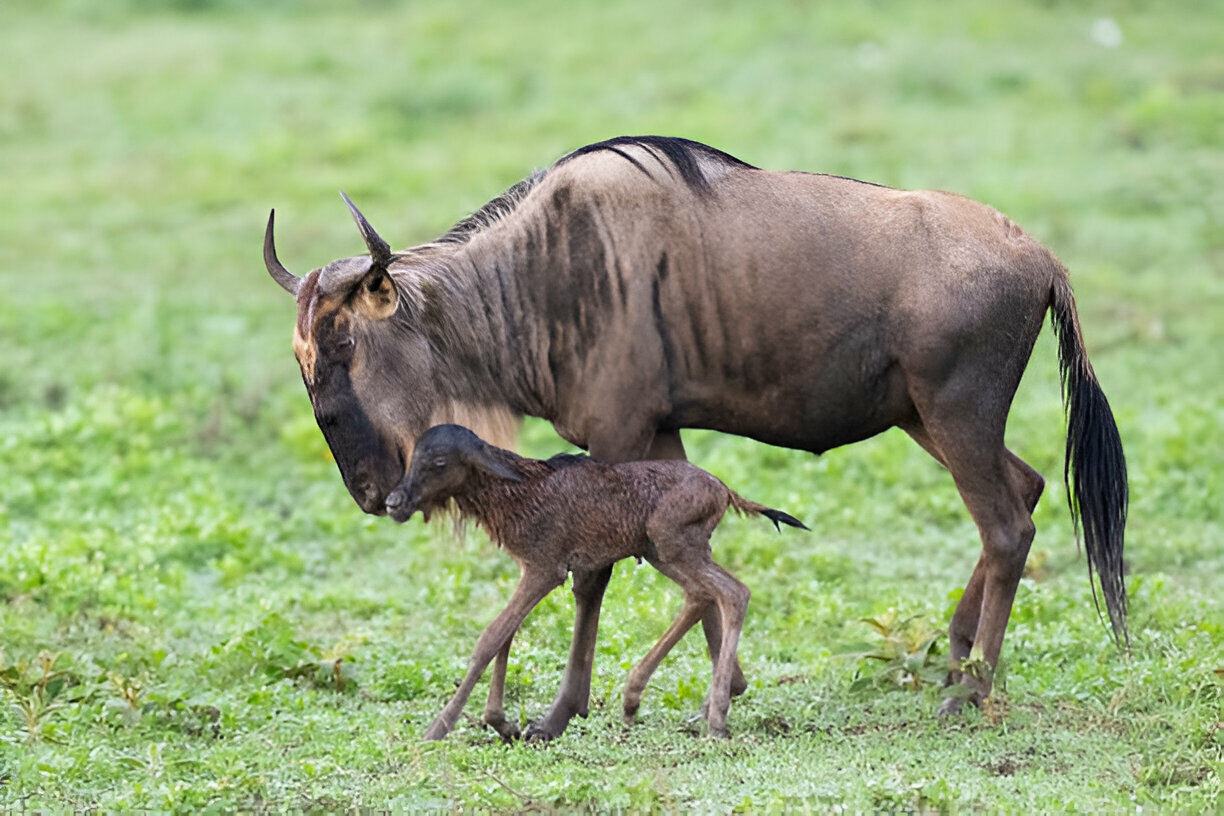
Mount Kilimanjaro in February
If you’re eager for adventure and eyeing Mount Kilimanjaro, February is an excellent choice for your climb. This month offers warm temperatures and stunning, clear skies in the mornings and evenings, enhancing your experience with breathtaking views. However, afternoons may bring some clouds and potential rainfall. February is also one of the busiest times on the mountain, so be sure to book your trek with us early to enjoy the warm weather and avoid the crowds.

Animals and Birds in February.
Are you passionate about birding? February is an ideal time to visit Tanzania, especially Tarangire National Park, where migratory birds are in their stunning breeding plumage. The wet season boosts insect populations, making it a prime time for bird-watching, though it’s wise to pack bug repellent. Additionally, this period coincides with calving season, offering great opportunities to spot adorable baby animals.

Nyerere & Ruaha National Park in February
February is an excellent time to visit Ruaha National Park, especially for birdwatchers. During this month, migratory birds return in vibrant breeding plumage, providing a stunning spectacle. They are drawn to the abundant insects, which makes for fantastic photo opportunities, though you might want to bring some repellent. The southern circuit Nyerere National Park or Selous Game Reserve and Mikumi is quieter in February, offering a more private wildlife viewing experience amid the park’s lush, blooming landscape. This period allows for a more intimate and enjoyable visit, as the park is less crowded compared to the dry season.
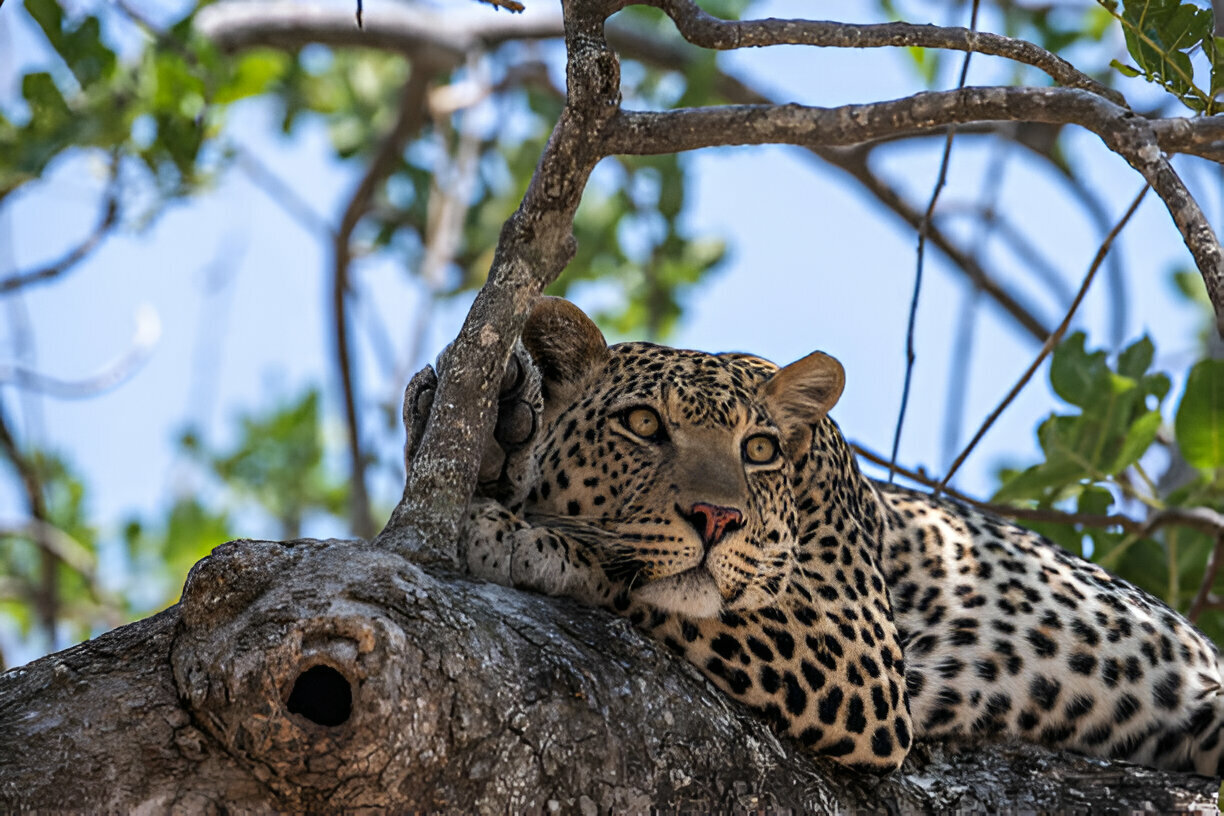
Gombe and Mahale National Park
In February, Mahale National Park transforms into a lush, prehistoric jungle, with its dense forests and blooming flora reflecting the region’s wet season. Although the chimpanzees are higher in the mountains during this time, the park offers a unique glimpse of untamed nature. While the wet season may deter some, it presents an exciting adventure for others, with warm temperatures, dramatic rainstorms, and vibrant wildlife enriching the experience in Gombe.
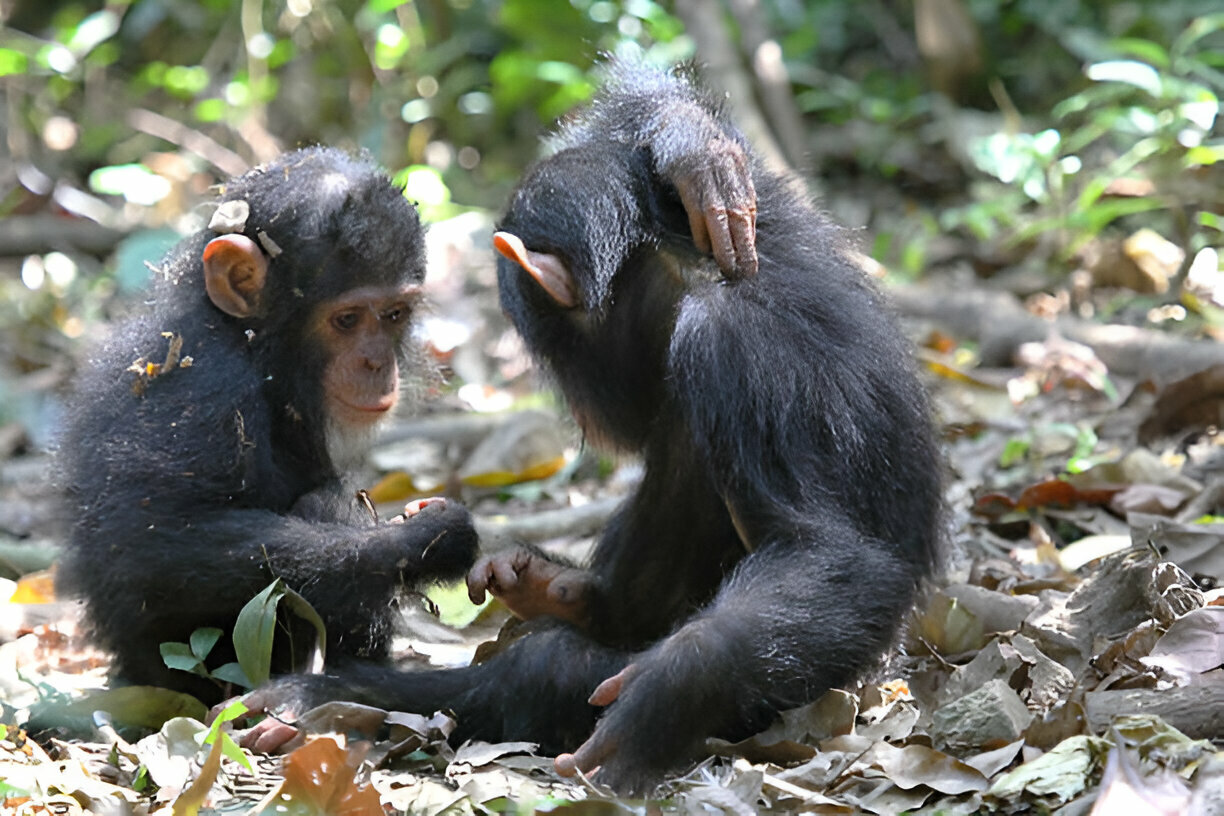
Visiting Zanzibar in February
February is a prime time to visit Zanzibar, where the delightful warmth of 35°C offers a perfect escape from everyday stress. Enjoy the vibrant blue lagoons and bays along the coast, and take advantage of the ideal conditions for exploration. Discover pods of dolphins in the sea, tour the UNESCO World Heritage Site of Stone Town, or visit the famous spice farms that earned Zanzibar its name.

Mafia Island in February
Mafia Island offers a warm and inviting atmosphere, especially in February when the weather is hot, humid, and sunny. Enjoy the intimacy of its pristine beaches or take a refreshing dip to explore the stunning marine life that surrounds this beautiful island.
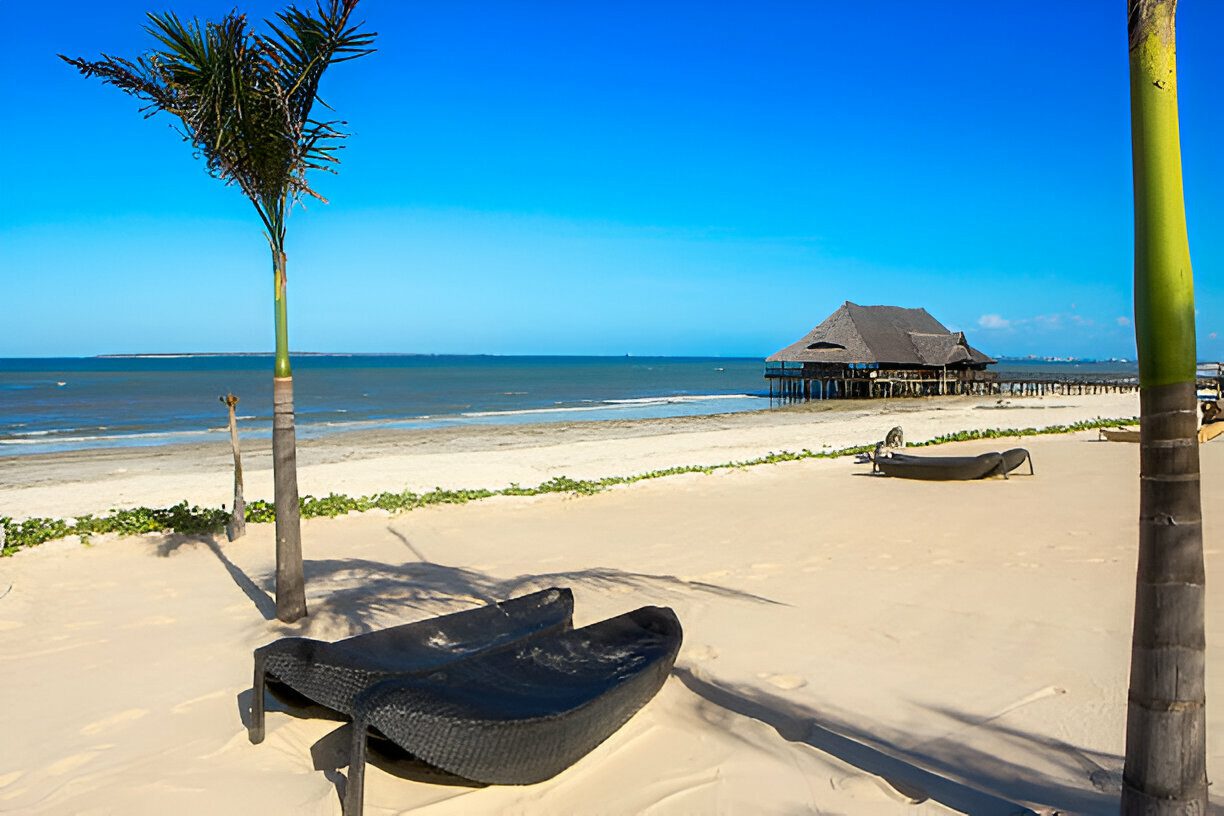
Pemba Island in February
Pemba Island, Tanzania’s lesser-known spice island, is a hidden gem for travelers. Often called the ‘Green Island’ by locals, it lives up to its name with lush, vibrant scenery, especially in February. Don’t miss the chance to sample fresh local mangoes, coconuts, and bananas before enjoying the pristine beaches!
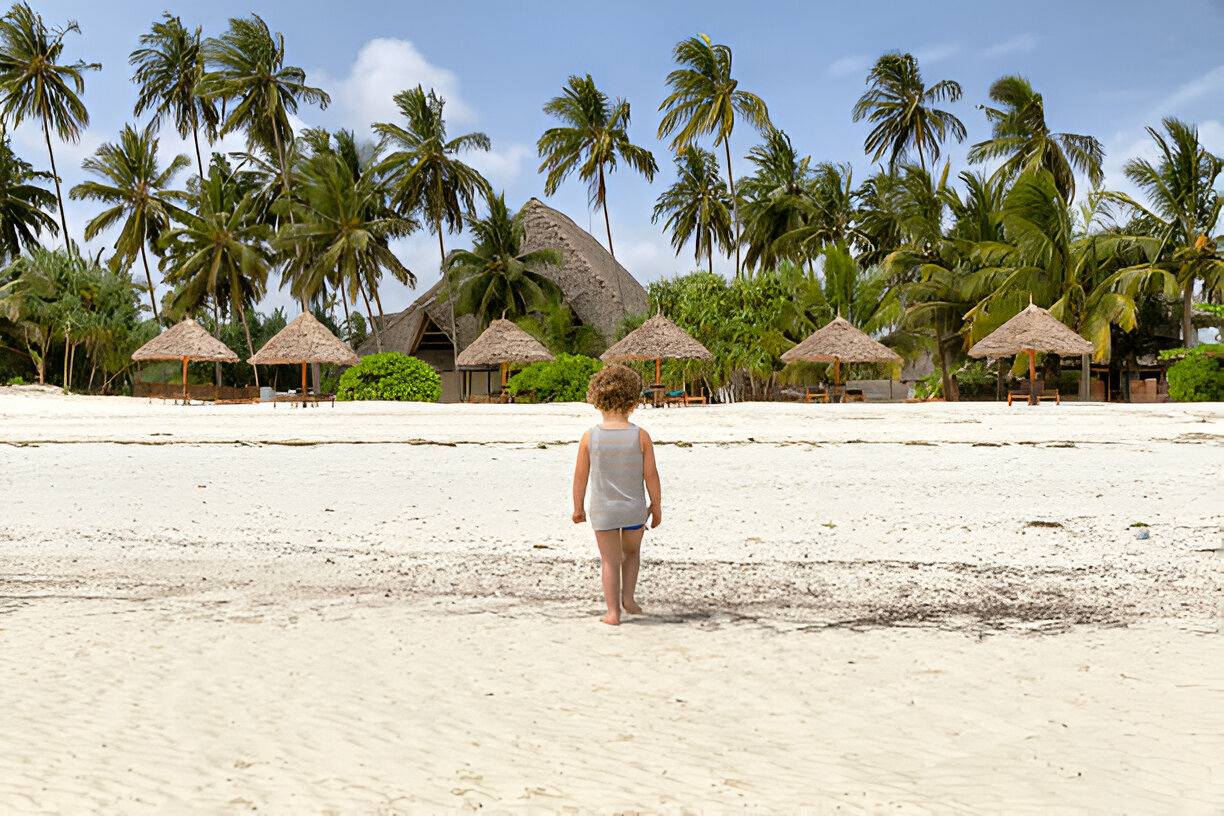
Recommended Tours in January,
Weather in March
March offers a unique blend of weather unpredictability. Early in the month, you may enjoy dry conditions, but rain can arrive earlier in some years, transforming the landscape from a tawny beige to lush green. On the mainland, temperatures range from 16°C to 29°C, while island temperatures can reach up to 32°C. Although the rainy season often begins in March, it generally doesn’t cause major disruptions, as the month still features plenty of sunny, warm, and humid days. Additionally, March is a great time to avoid the crowds.

Accommodations in March
Tanzania’s peak travel season is from June to October, so if you’re considering a visit in March, you’ll likely enjoy lower prices on the country’s stunning accommodations. While March is still considered a high season compared to less popular months, it’s wise to plan to secure your preferred lodgings. Contact us to ensure your travel plans are smoothly arranged and your dream trip becomes a reality!

Wildebeest Migration in March
In March, the Great Wildebeest Migration reaches its peak, with millions of these majestic antelopes traversing the prairies and fields of northern Tanzania. To witness this extraordinary spectacle, Ndutu and the southern Serengeti are the prime locations. This massive movement of wildlife also offers a unique opportunity to see predator-prey interactions, as lions and cheetahs take advantage of the abundant herds.
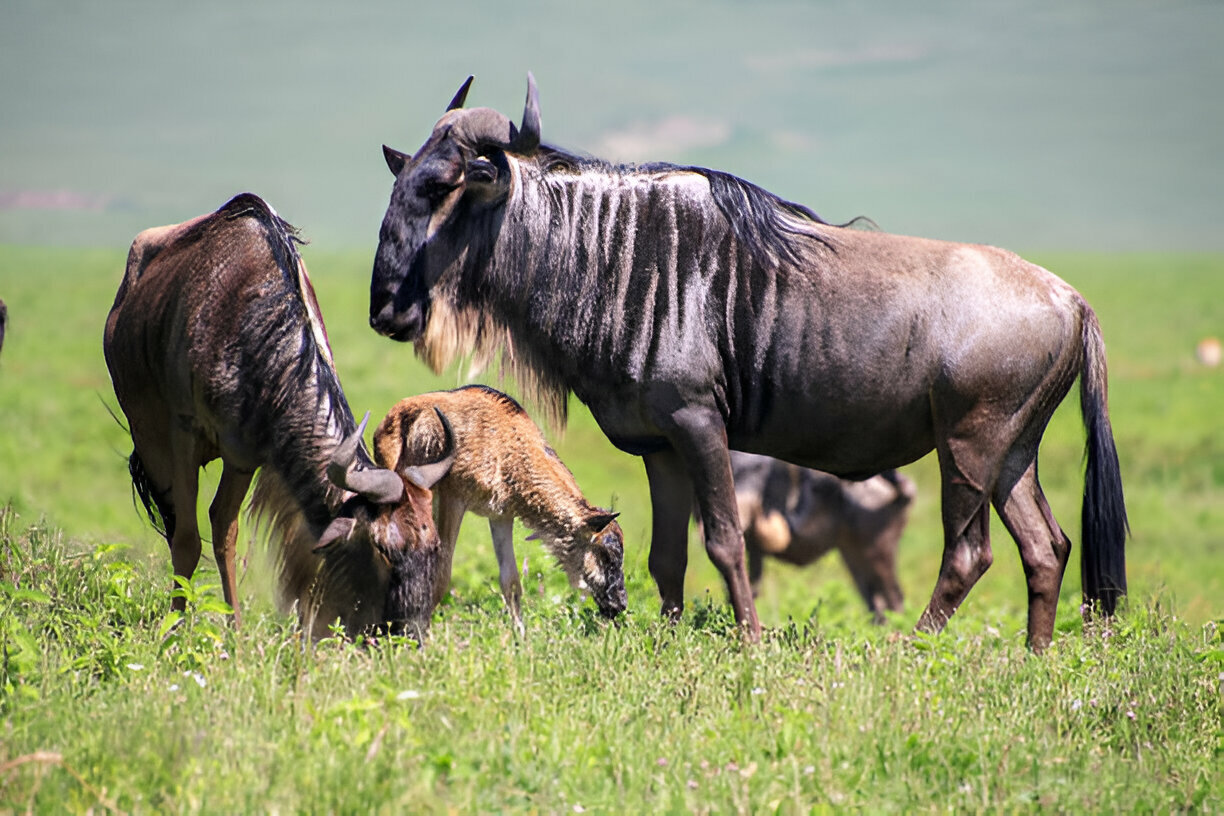
Mount Kilimanjaro in March
March is an ideal month for climbing Mount Kilimanjaro, as it typically offers dry weather and cooler temperatures for a more manageable trek. However, as the month progresses, the likelihood of rain increases, which may affect the ease of the ascent. On the plus side, fewer climbers are on the mountain during this time, avoiding the crowds. For those tackling Kilimanjaro in the rainy season, the Marangu route, with its hut accommodations, or the Rongai route, known for less rainfall, are excellent choices.

Animals and Birds in March
In March, wildlife experiences vary by location, but Ngorongoro Crater and the central Serengeti are always bustling with animal activity, thanks to their high game densities. Additionally, March is a prime time for birdwatching as thousands of avian species migrate north, leaving Tanzania after winter and creating a stunning natural spectacle in the skies.

Nyerere & Ruaha National Park in March
In March, the Green Season in Ruaha and other Southern Circuit parks in Tanzania is nearing its end, with lush vegetation still thriving as the rain begins to increase. Though this may deter some visitors, it means fewer tourists and excellent opportunities for bird-watching. While some might argue that March is not ideal for visiting Nyerere, it depends on your interests. During this time, Nyerere’s dense foliage and humid conditions create a vibrant, jungle-like environment, offering unparalleled scenery and peak bird-watching experiences.
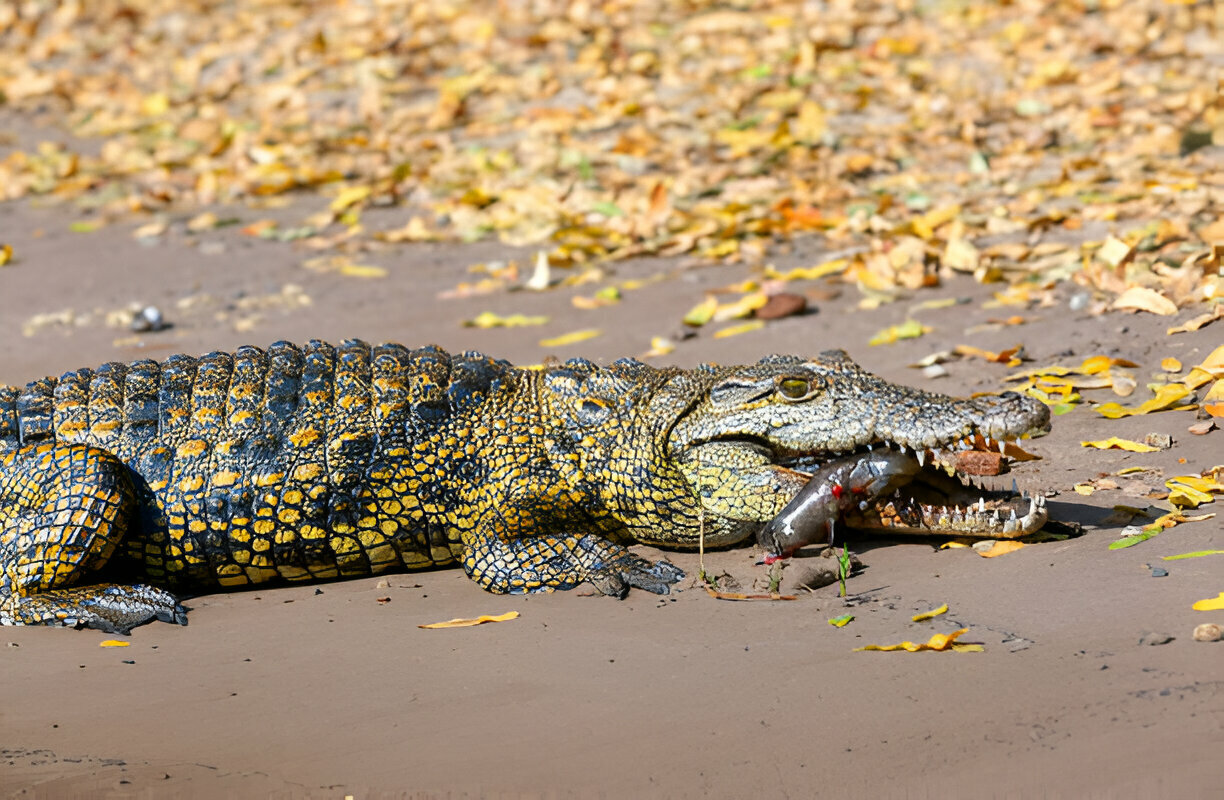
Gombe and Mahale National Park
Visiting Mahale National Park in March immerses you in a vibrant tropical jungle, where towering trees, lush vegetation, and abundant wildlife create a truly natural experience. This is an excellent time to track the local chimpanzees and enjoy clear skies ideal for bird-watching. Meanwhile, Gombe Stream National Park remains lush and thriving due to the wet season, with clear air enhancing the visibility of chimpanzees.
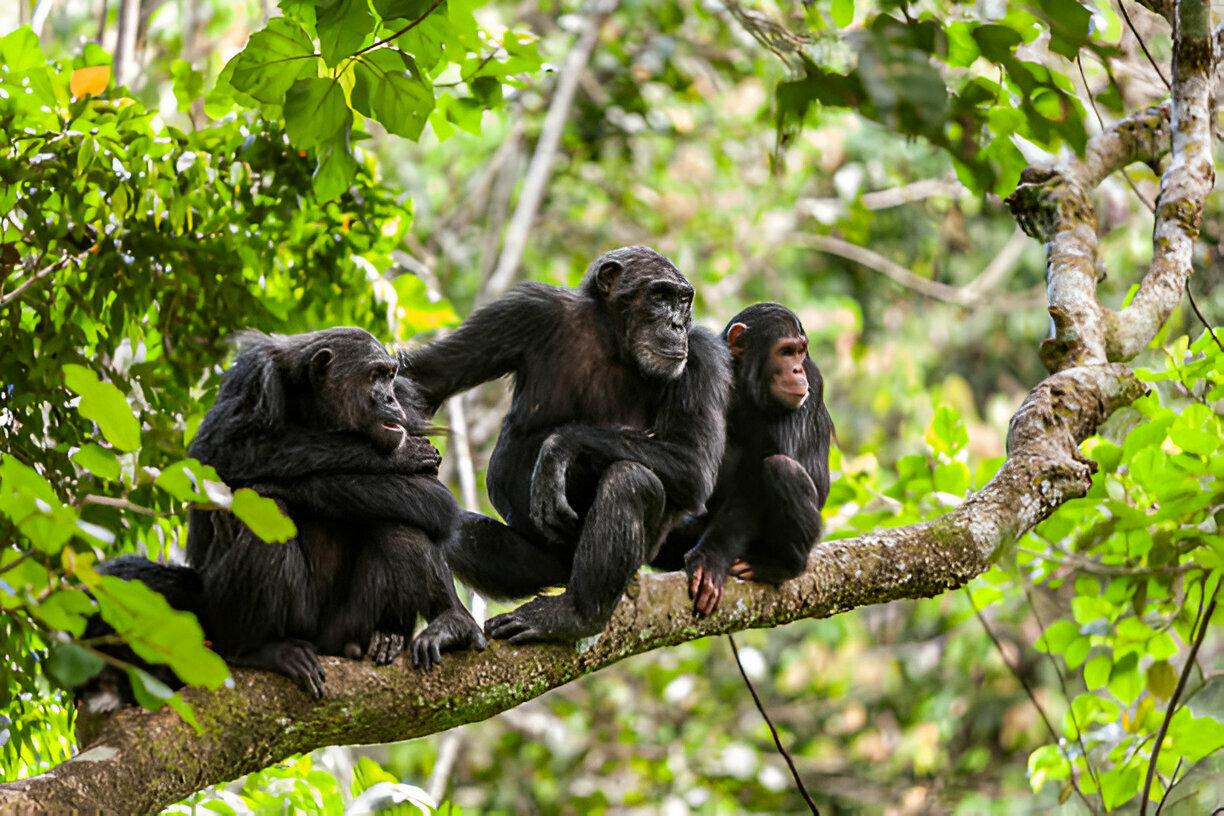
Visiting Zanzibar in March
In March, Zanzibar transitions from the peak summer heat, with temperatures cooling to a pleasant average of 28°C—ideal for beach outings and island exploration. Though the rainy season starts, it typically brings only six days of rain, offering a refreshing break from the heat. Additionally, March is the least windy month, providing calm seas that are perfect for diving and excellent visibility.
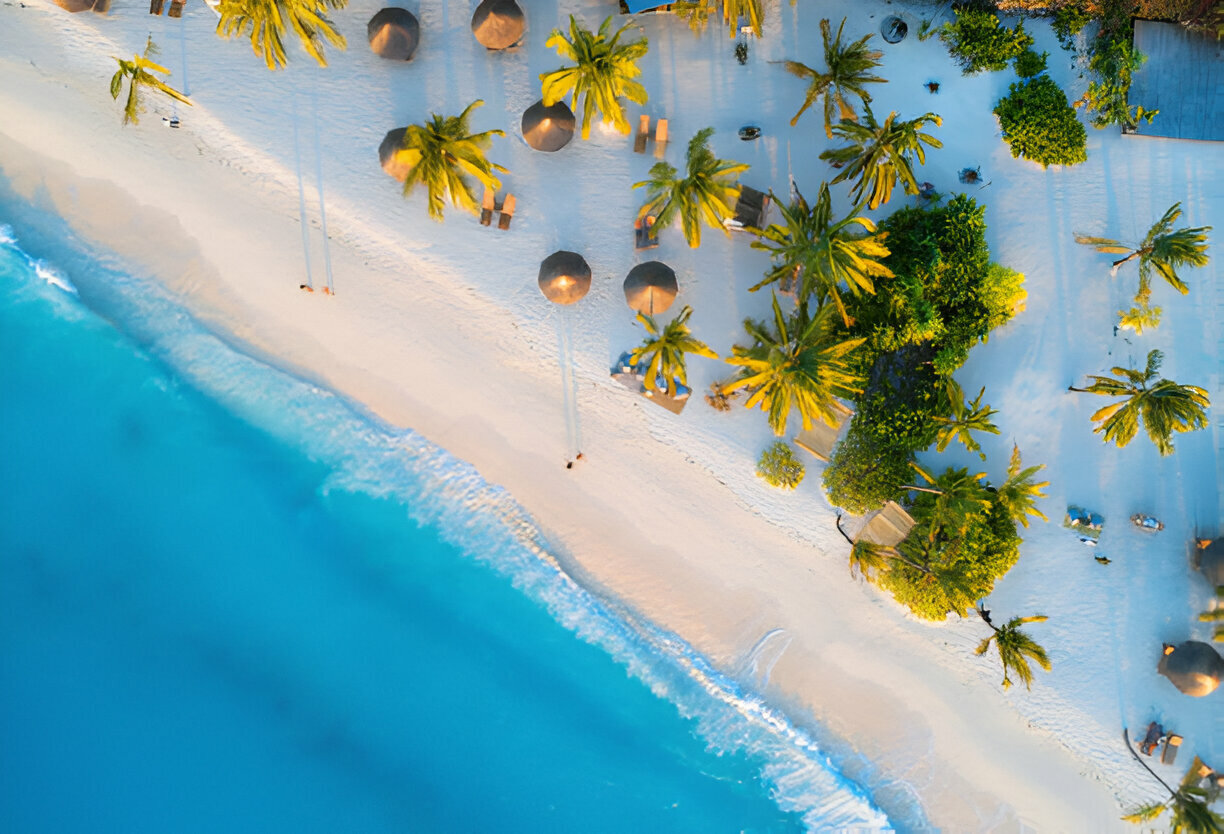
Mafia Island in March
In March, while the rainy season affects much of Tanzania, Mafia Island remains warm and temperate. Though there may be an increase in brief afternoon thunderstorms, the island still enjoys plenty of sunshine and temperatures that can reach up to 32°C.

Pemba Island in March
Though less renowned than Zanzibar and Mafia, Pemba Island stands out as a hidden gem of tropical beauty. Its relative seclusion and rural charm offer a more intimate and serene escape, making it a perfect choice for those seeking a unique island experience away from the usual tourist spots.

Recommended Tours in January,
Weather in April
April in Tanzania, the rainiest month of the year, ushers in the wet season, but it’s not a time of constant downpours. Most of the rain falls in short afternoon thunderstorms that clear up quickly. Daytime temperatures are pleasantly warm, ranging from 16°C to 28°C, and can reach up to 30°C on the islands. While rainfall occurs on about half of the days, travel during this period requires caution as muddy roads, especially dirt ones, can be challenging to navigate.
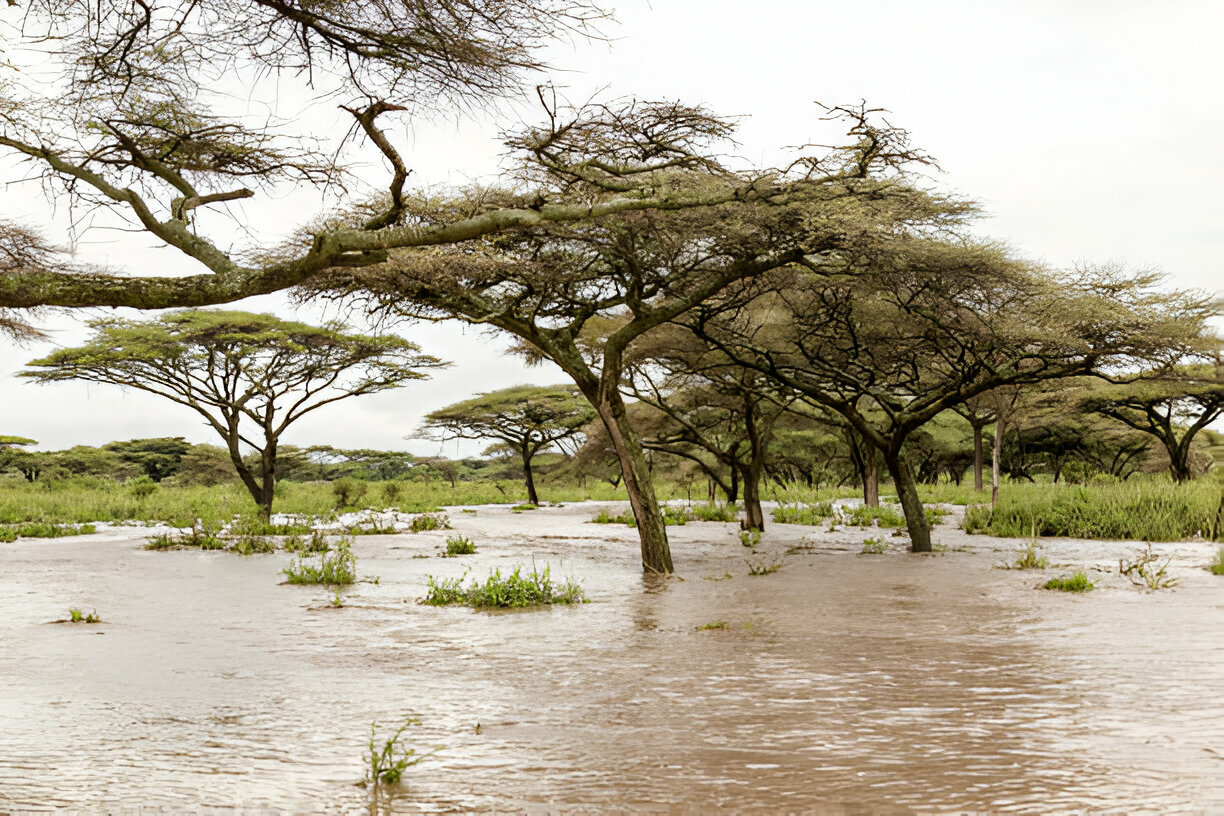
Accommodations in April
April in Tanzania offers a silver lining despite the occasional cloudy skies. As a low season for tourism, accommodation prices are significantly reduced, making it an excellent time to enjoy beautiful lodges at half the usual cost. With fewer crowds, you can relish a more exclusive experience and take advantage of the serene surroundings, all while saving money on your trip.

Wildebeest Migration in April
In April, the Great Migration in Serengeti shifts to the Seronera region of Serengeti National Park. This is because the massive Serengeti landscape causes the herds to move through different areas each month. The rain in April provides ample grazing opportunities, making it an ideal time for the herds to feast. Although the period from January to March is best for spotting predators, there are still chances to witness occasional predator activity in April.

Mount Kilimanjaro in April
April is the start of the wet season on Kilimanjaro, making it a challenging time to attempt the summit. Rain from April through May can turn the trails muddy and waterlogged, while snow and ice cap the peak, creating a stunning yet formidable view. This period is best suited for the most determined climbers, as the fewer crowds and slower tourists make for a more solitary and rewarding challenge.

Animals and Birds in April
Rain during game drives and safaris can sometimes be a challenge, but it also brings wildlife to life. The wet season awakens the Serengeti’s landscape, resulting in an abundance of young animals and increased predator activity. Visiting Tanzania in April offers a unique reward: while rain is a possibility, it enhances the beauty of places like Ngorongoro Crater and provides a more personal, immersive experience due to fewer tourists.
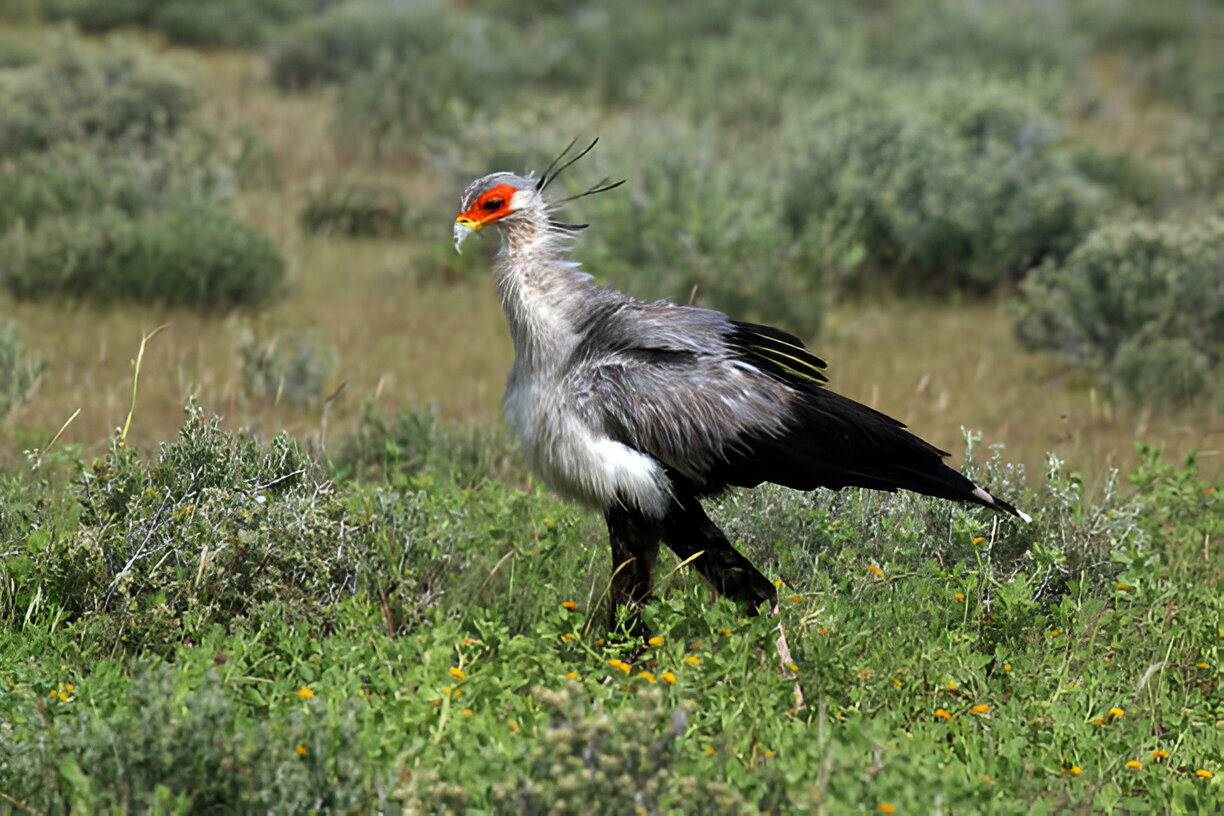
Nyerere & Ruaha National Park in April
April is a key month in Tanzania’s rainy season, bringing reduced crowds and lower accommodation prices. This time of year also marks a major bird migration across the country. Despite the showers, which are characteristic of April, the rain rejuvenates the landscape, resulting in clear air and lush, vibrant vegetation, especially in Nyerere and other Southern Circuit parks.

Gombe and Mahale National Park
April brings the end of the wet season to western Tanzania, and the Mahale Mountains’ stunning waterfalls will be at their peak. As one of Tanzania’s more remote parks, Mahale offers a serene and intimate nature experience. At Gombe Stream National Park, April is a low season, meaning you’ll likely have the park almost to yourself, avoiding crowds and enjoying a more personal encounter with the chimpanzees. If you prefer a quieter experience, this is the ideal time to visit.

Visiting Zanzibar in April
In April, Tanzania transitions from the hot summer to the cooler rainy season. Zanzibar, during this month, experiences brief afternoon thunderstorms that clear up quickly, leaving behind stunningly clear evenings and vibrant sunsets. This period is usually Zanzibar’s quietest, offering serene, uncrowded beaches for a more intimate experience. It’s also an excellent time to explore the rich history of Stone Town, a UNESCO World Heritage Site, without the usual tourist crowds.

Mafia Island in April
April falls within Tanzania’s rainy season, so you can expect some showers while visiting Mafia Island. Although rain is common, the storms are usually brief, and the rest of the weather remains pleasant. On rainy days, you can still enjoy exploring the island’s historical sites.
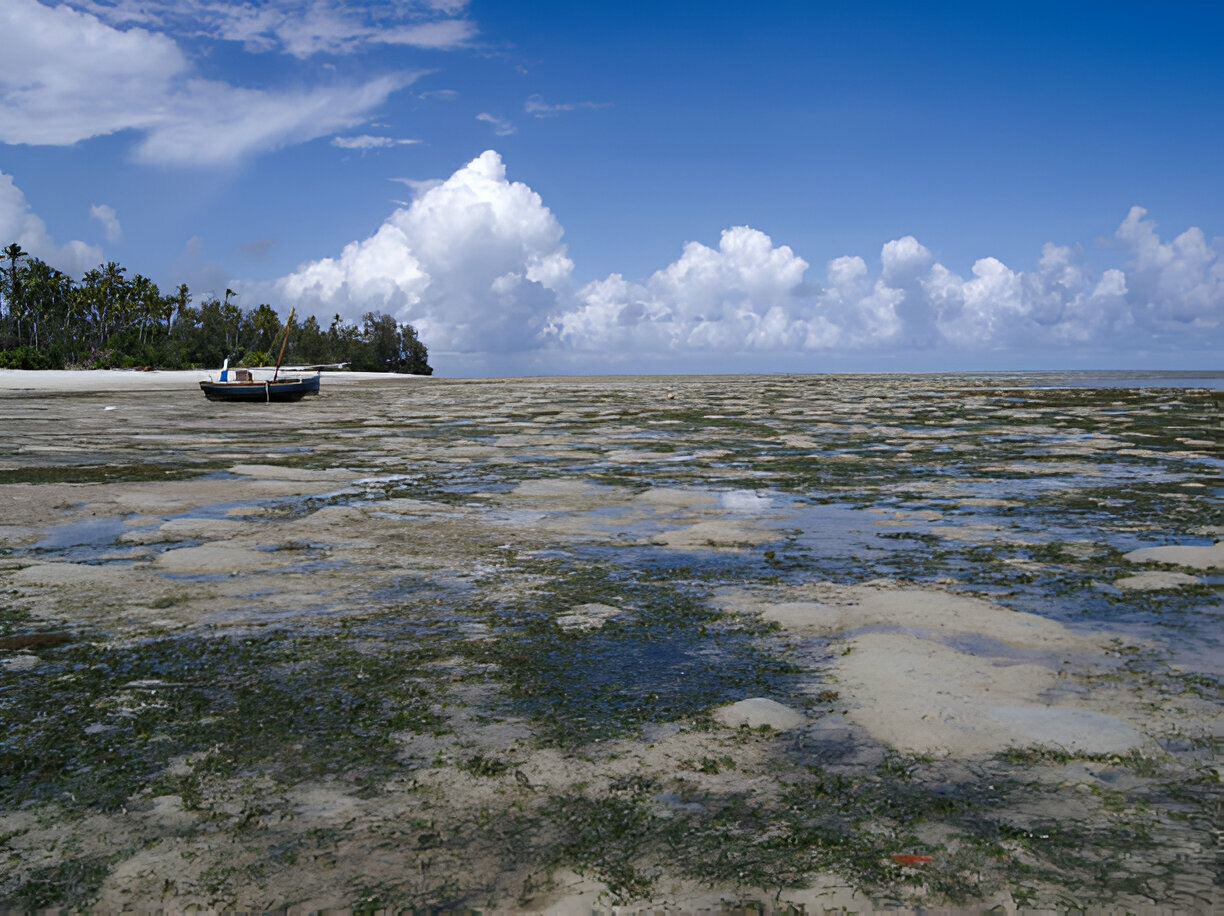
Pemba Island in March
Pemba is a fantastic destination year-round thanks to its pleasant temperatures and ample sunshine. However, it’s worth noting that April is typically rainy across Tanzania. During this month, you might experience brief afternoon thunderstorms in Pemba. These short-lived showers benefit the island’s lush plant life, making the Green Island even more vibrant and beautiful.

Recommended Tours in April,
Weather in May
May in Tanzania is a photographer’s paradise, renowned as the Emerald season when April rains usher in a vibrant display of blooming colors. This period makes it easier to spot large herbivores like elephants, rhinoceroses, and buffalo, thanks to the abundance of food and water. By late May, the transition to the dry season begins, resulting in fewer visitors and a more intimate experience. Although early May can still be wet, the weather stabilizes to a pleasantly warm and dry range between 16°C and 27°C.

Accommodations in May
May, like April, tends to be quieter for tourists due to the lingering early-month rains, resulting in fewer visitors and less crowded accommodations. This lull in tourism often leads hotels and resorts to offer better deals and lower rates. As May progresses and the weather improves, it becomes an excellent time to enjoy luxurious stays at more affordable prices.

Wildebeest Migration in May
One of the most remarkable aspects of the Great Migration is its year-round nature. The vast herds of wildebeest don’t disappear; they continuously move in search of food. In May, as the wet season makes food abundant, these millions-strong herds migrate from the short grass plains of the southern Serengeti to the fertile central and western plains, offering a spectacular sight of wildlife in motion.

Mount Kilimanjaro in May
May is a less predictable month for climbing Kilimanjaro, as it marks the end of the rainy season. With some luck, you might enjoy clear, sunny weather, though occasional rainstorms, especially early in the month, can make the climb wet. In such cases, the Marangu or Rongai routes offer a more comfortable ascent. May’s temperate weather and fewer climbers on the mountain provide a quieter, potentially rewarding experience.

Animals and Birds in May
May in the Serengeti marks the rutting season, where testosterone levels soar, and visitors can witness intense competition between males. It’s also an excellent time to visit Ngorongoro, with fewer tourists and heightened animal activity. As the wet season ends, food is abundant, but as the climate dries, wildlife gathers around watering holes and lush areas, offering incredible viewing opportunities.
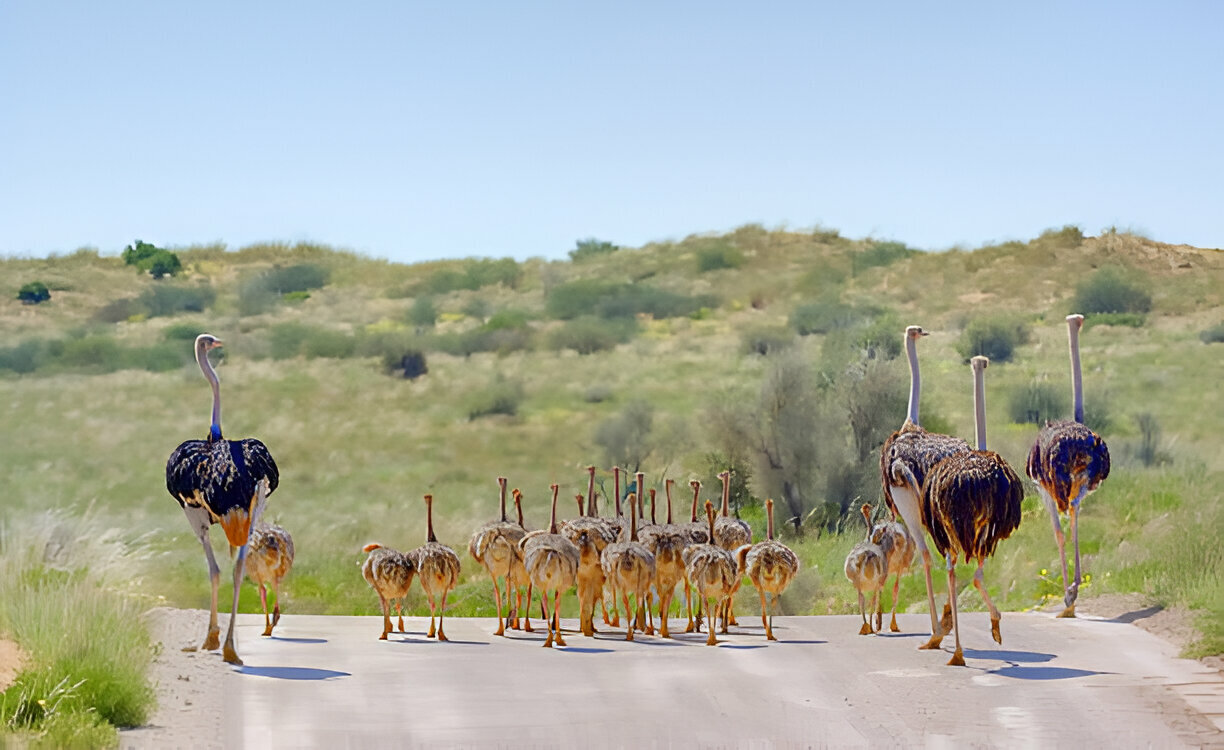
Nyerere & Ruaha National Park in May
May is an ideal time to visit Nyerere National Park. The rain gradually subsides, leaving the landscape lush and green, just before the dry season begins. With fewer tourists, you can enjoy the serenity of an almost empty park. May offers more sunshine and warmth compared to the rainy April, and many lodges offer lower prices, making it a great time for a peaceful and affordable safari.
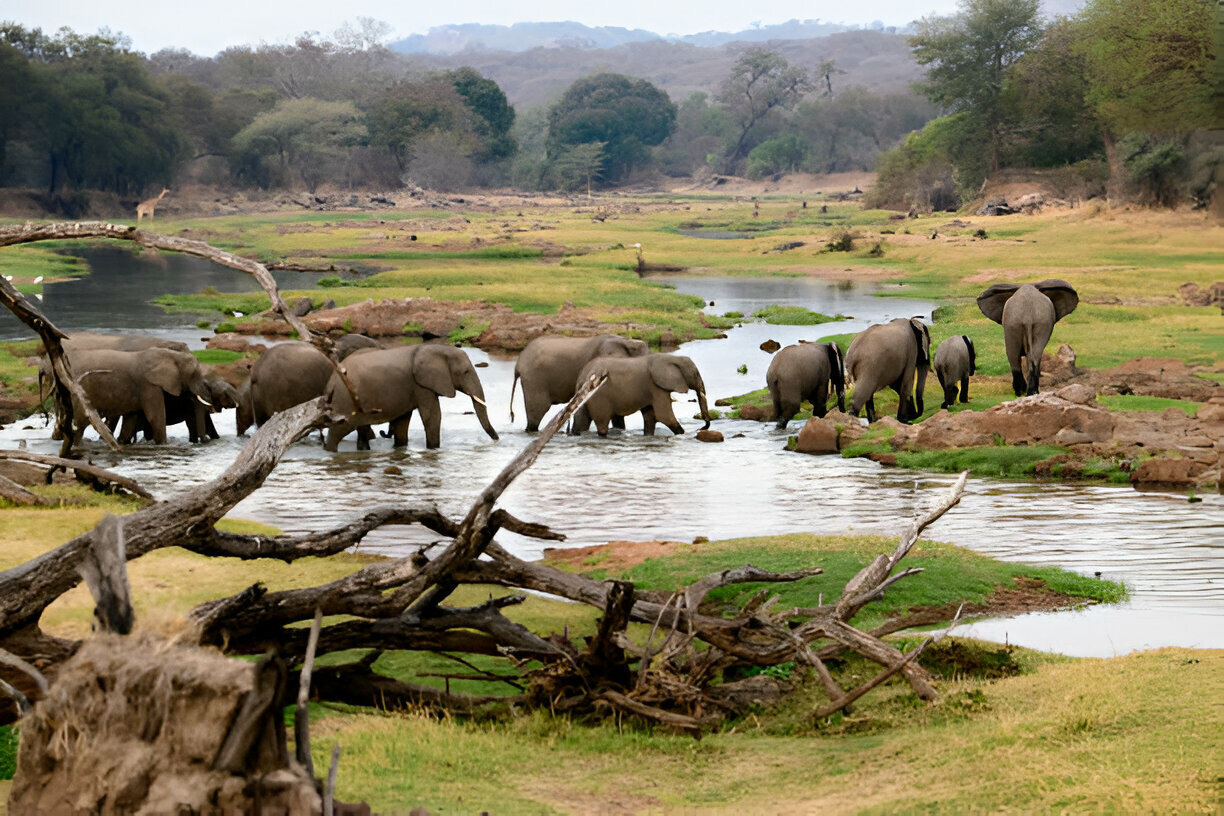
Gombe and Mahale National Park
May is a transition month, marking the end of the rainy season and the start of the dry season. During this time, while chimpanzees might still be in their highland homes, the weather improves with less humidity, fewer rains, and reduced insect activity. As the rains decrease, the landscape begins to dry out, leading to clearer skies and a less vibrant terrain, which enhances animal spotting on your safari.
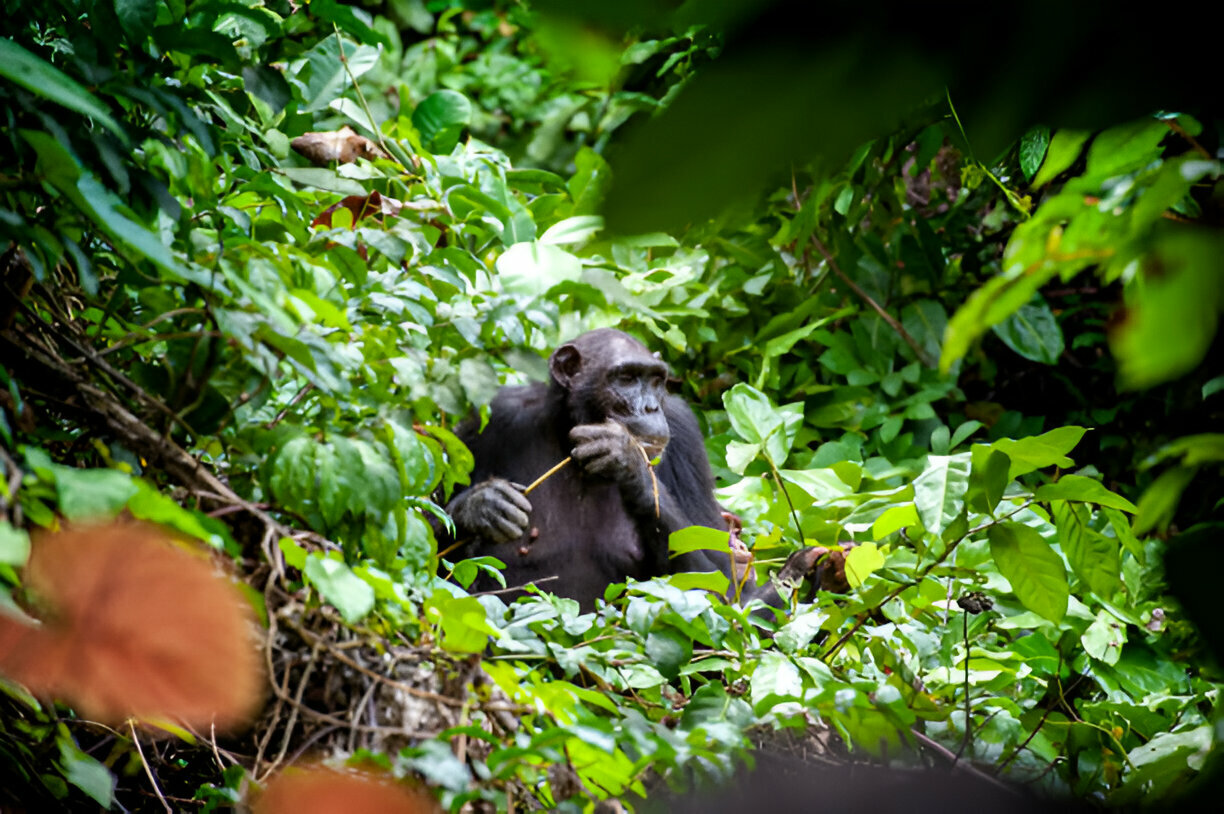
Visiting Zanzibar in May
In early May, Zanzibar still experiences some of April’s rainfall, but as the month progresses, the showers become less frequent and less intense. Temperatures average a pleasant 27°C, and with the retreat of the monsoons, the southerly ‘kusi’ wind creates ideal conditions for kite and windsurfing. May offers a quieter atmosphere, making it an excellent time to enjoy Zanzibar’s rich history on rainy days and its serene, uncrowded beaches when the sun shines.

Mafia Island in May
In May, the Kaskazi wind from the northeast continues to bring occasional afternoon thunderstorms, but Mafia’s stunning beaches and clear blue waters remain largely undisturbed. With fewer tourists, this is an ideal time to enjoy the island’s natural beauty in a more tranquil setting.
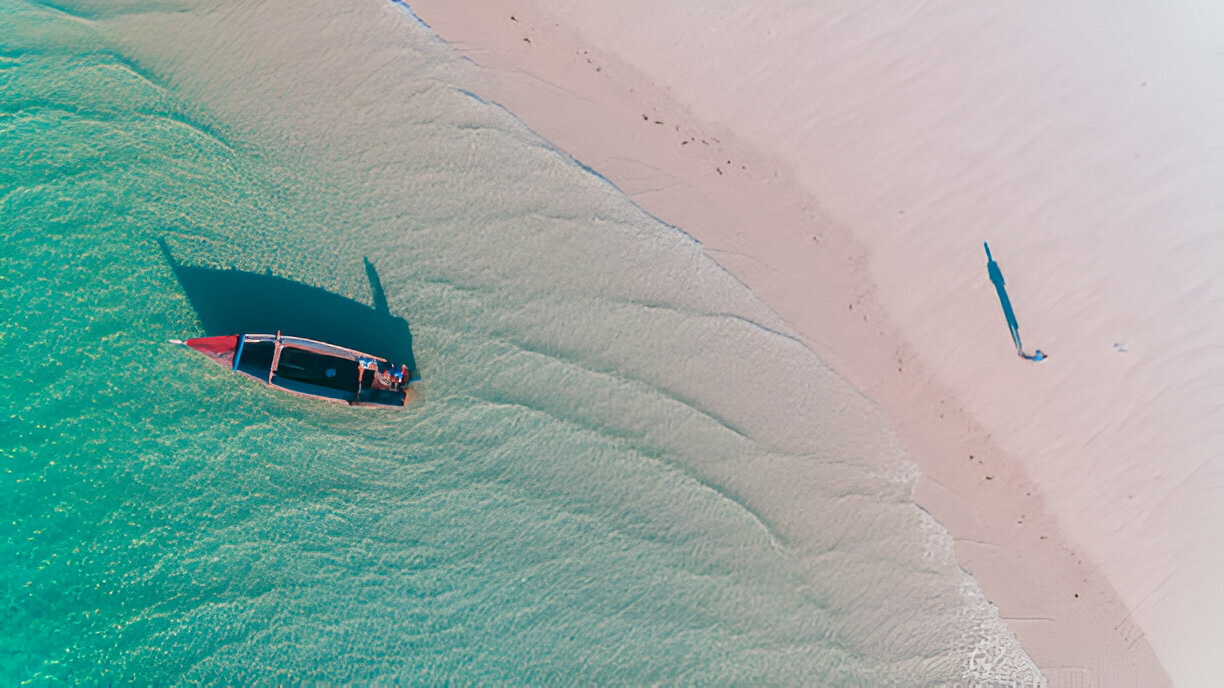
Pemba Island in May
May and April are the rainiest months in Pemba, but this rainfall is essential for maintaining the island’s lush greenery. Despite the rain, may still offer many hours of clear skies, warm temperatures, and calm waters, making it a great time to enjoy the natural beauty of the Green Island.
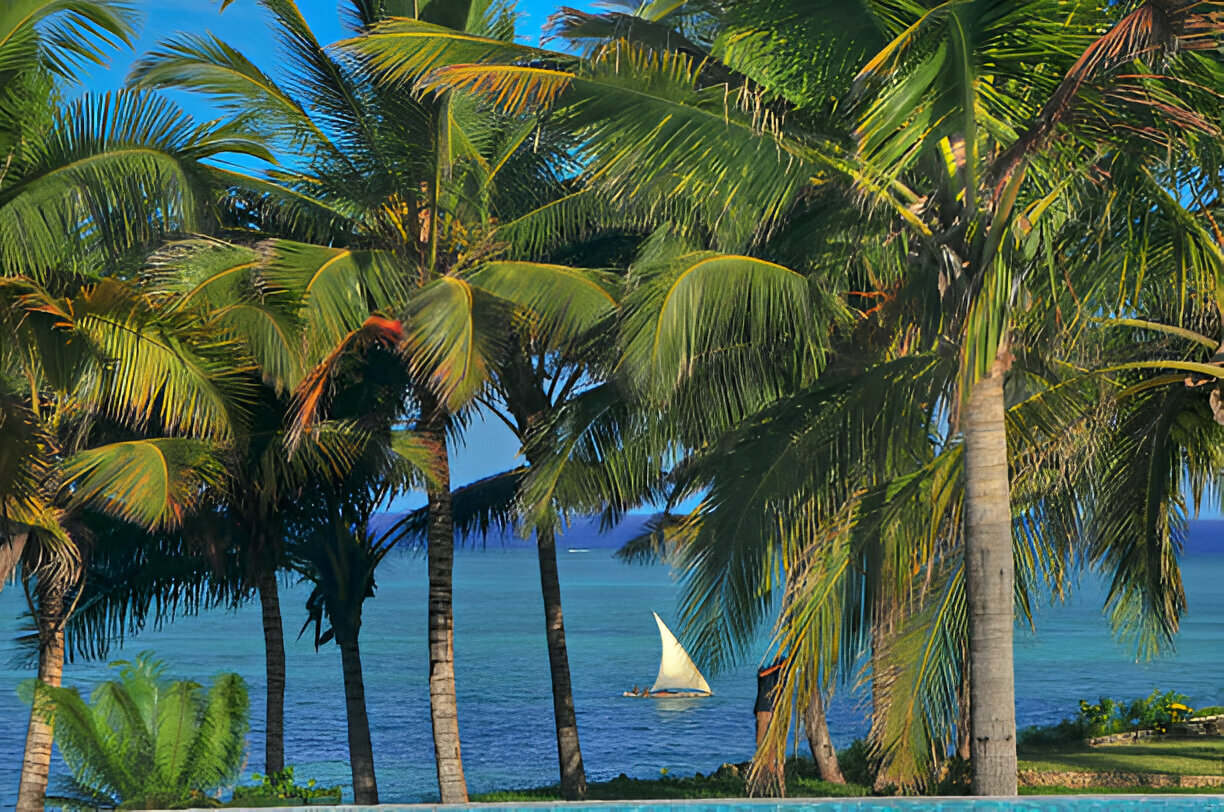
Recommended Tours in May,
Weather in June
June marks the beginning of Tanzania’s dry season, characterized by warm, comfortable temperatures ranging from 15°C to 27°C, with low humidity and minimal rainfall. Mornings and evenings can be quite cool, so packing a jacket is advisable. As the vibrant greenery of the wet season fades, the landscape transitions to a palette of beiges and browns. This change often enhances game viewing opportunities, though it can also bring some dust, especially with increased vehicle traffic.
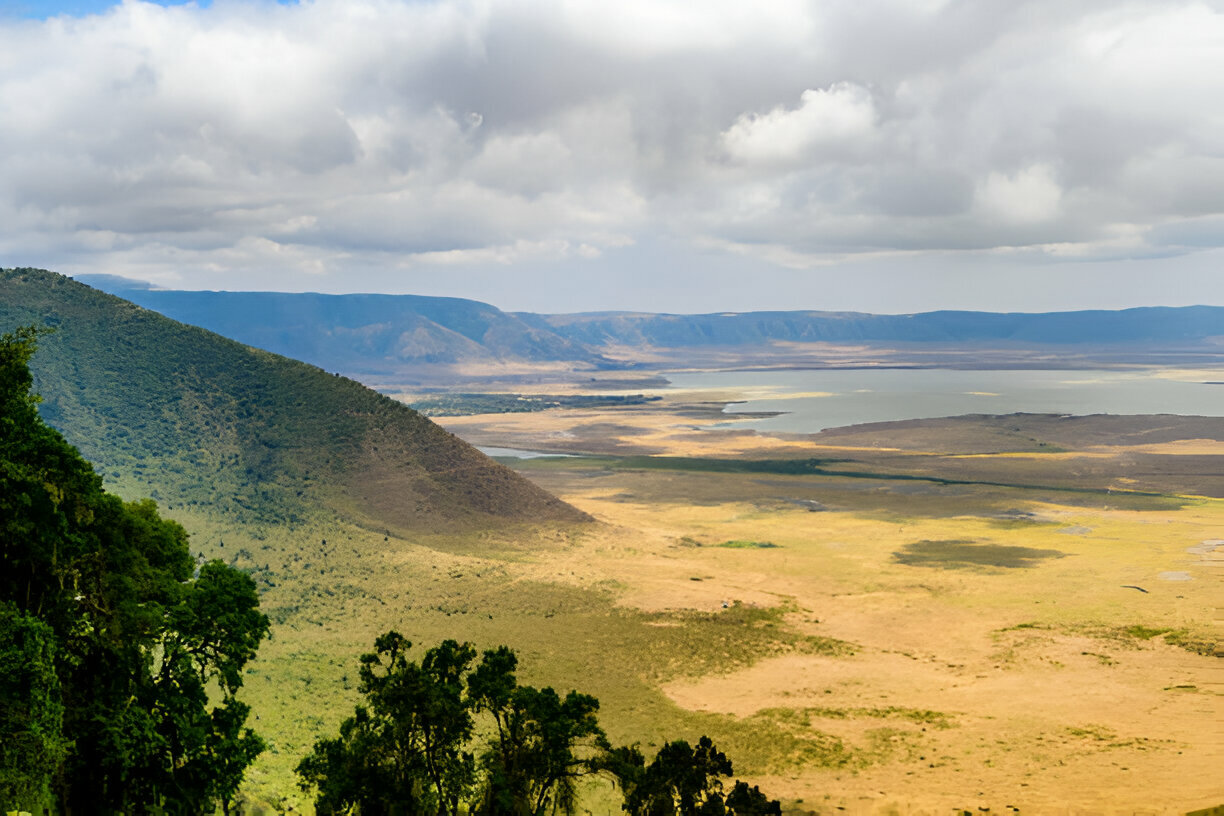
Accommodations in June
June marks the beginning of peak season in Tanzania, as the dry weather improves animal sightings and increases wildlife density in national parks. This rise in visitor numbers means accommodations fill up quickly, so booking in advance is crucial to secure your preferred stay. Plan your dream safari with us now to ensure a seamless and memorable experience.

Wildebeest Migration in June
June is an ideal time to experience the Great Migration. As the mating season for wildebeests continues and the land dries out, food and water become scarce, prompting large herds to gather at watering holes and rivers like the Grumeti. This makes it easier to spot the massive herds, and the river crossings can also offer dramatic views of predator activity, with crocodiles waiting to catch the wildebeest as they make their way across.

Mount Kilimanjaro in June
In June, Kilimanjaro offers a drier climate, with cooler and less humid conditions that make the ascent more manageable. However, as you climb higher, temperatures will drop, and the weather can be quite chilly. While rain is infrequent, cloudy skies may occasionally obscure the stunning views from the summit, so it’s wise to be prepared for the possibility of reduced visibility.

Animals and Birds in June
June is an exceptional time to visit Serengeti National Park. During this dry season, the landscape dries out, and wildlife gathers around water sources, offering prime viewing opportunities. Additionally, each park in northern Tanzania offers unique attractions in June: Ngorongoro boasts high game densities, Serengeti hosts a lively mating season, Ruaha’s wild dogs are active, and Tarangire is ideal for walking safaris or fly camping. Each destination promises an unforgettable experience.

Nyerere & Ruaha National Park in June
June is an ideal time to visit Nyerere National Park in Southern Tanzania. As the dry season sets in and the landscape becomes drier and more monochrome, animals become easier to spot. With the rains of April and May behind us, the park is now cool and dry, and wildlife tends to gather around main water sources. This is the perfect moment to witness the park’s diverse animals as they emerge from their cover and migrate towards these essential water sources.

Gombe and Mahale Mountain National Park
June marks the start of the dry season in Gombe, with the plains and forests shedding their foliage and the roads becoming dry and accessible. This makes it an ideal time to track Gombe’s renowned chimpanzees, as their migration down the mountains for easier viewing begins. Mahale National Park, while still remote even in peak seasons, offers a more tranquil experience during June, as it’s not yet the height of tourist traffic.
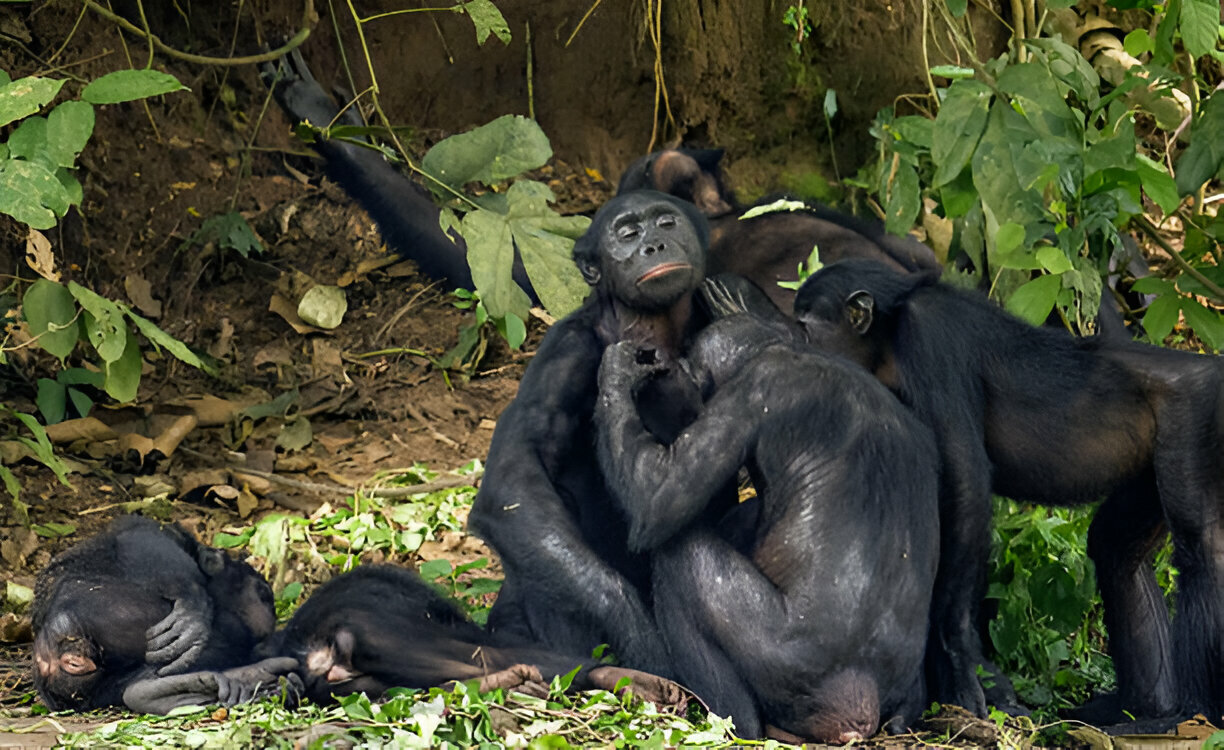
Visiting Zanzibar in June
In June, the southern hemisphere’s winter month, Zanzibar ushers in its long dry season, boasting the driest and sunniest weather of the year. This period is ideal for water sports due to high wind speeds. Additionally, from June to September, Juani Island, south of Zanzibar near Mafia Island, offers a remarkable natural spectacle: thousands of sea turtle hatchlings make their dramatic journey from their nests to the Indian Ocean.

Mafia Island in June
June marks the transition from the rainy season to the beginning of the long dry period in mainland Tanzania, which lasts until October. With up to eight hours of sunshine and daily highs around 30°C, a beach vacation in Mafia during June promises to be a delightful experience.

Pemba Island in June
In June, Tanzania transitions into its long dry season, and Pemba Island is no exception. The rains of late March, April, and May have eased, making way for extended periods of sunshine, gentle warm winds, and beautifully clear waters.
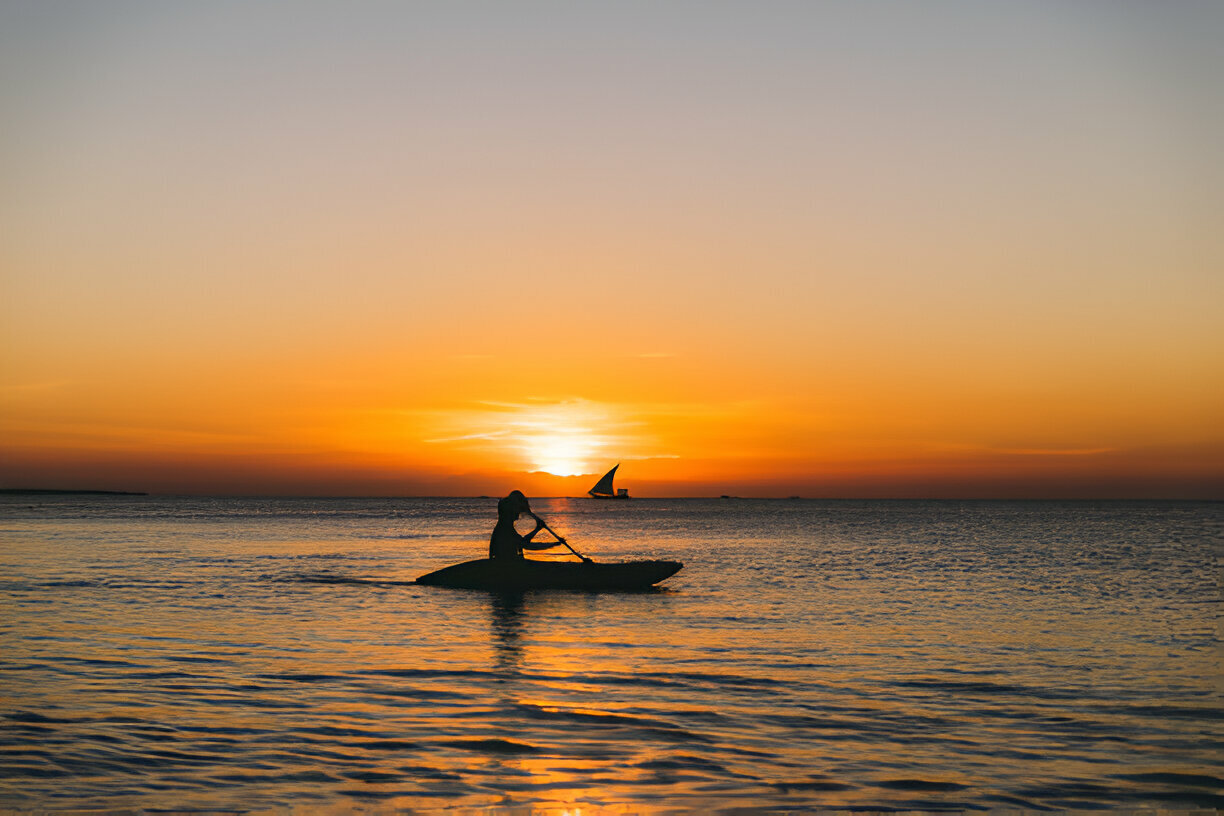
Recommended Tours in June,
Weather in July
July, nestled in the heart of the dry season, offers an ideal safari experience with parched landscapes, clear blue skies, and comfortable temperatures—cool mornings around 14°C and warm afternoons of 26°C. However, with peak season bringing more safari vehicles, expect increased dust. Even though the daytime weather is pleasant, nighttime temperatures can be quite chilly, so be sure to dress warmly. 
Accommodations in July
July is an ideal time for a safari in Tanzania, coinciding with summer holidays in the northern hemisphere, which means many international visitors head south for tours of our national parks. With high demand for accommodations during this peak period, it’s wise to book early to secure your preferred lodgings. Contact us for assistance with your safari booking and ensure a seamless and unforgettable experience!

Wildebeest Migration in July
While the Great Migration doesn’t follow a precise schedule, the dry season generally triggers the wildebeest herd to move and cross rivers in search of food and water. As the wet season feeding grounds dry up, the herd must travel to find adequate water sources, making the Mara River a key stop. However, keep an eye out for crocodiles in the river, as they are a constant threat to migrating animals.

Mount Kilimanjaro in July
July is a prime time to climb Mount Kilimanjaro due to the dry weather and clear skies, providing easier climbs and breathtaking views. The chance of rain is minimal, and the cloud cover from June gives way to stunning blue skies. However, this ideal weather also means the mountain is more crowded than in March or April. With the cooler, dry conditions, temperatures at the summit can be quite cold, so be sure to pack warm clothing.

Animals and Birds in July
In July, Tanzania’s dry season offers exceptional game viewing, as wildlife congregates around limited water sources and rivers. The thinning vegetation and clear skies enhance visibility, making it an ideal time for spotting animals. However, this peak tourist season can lead to crowded parks and increased dust.
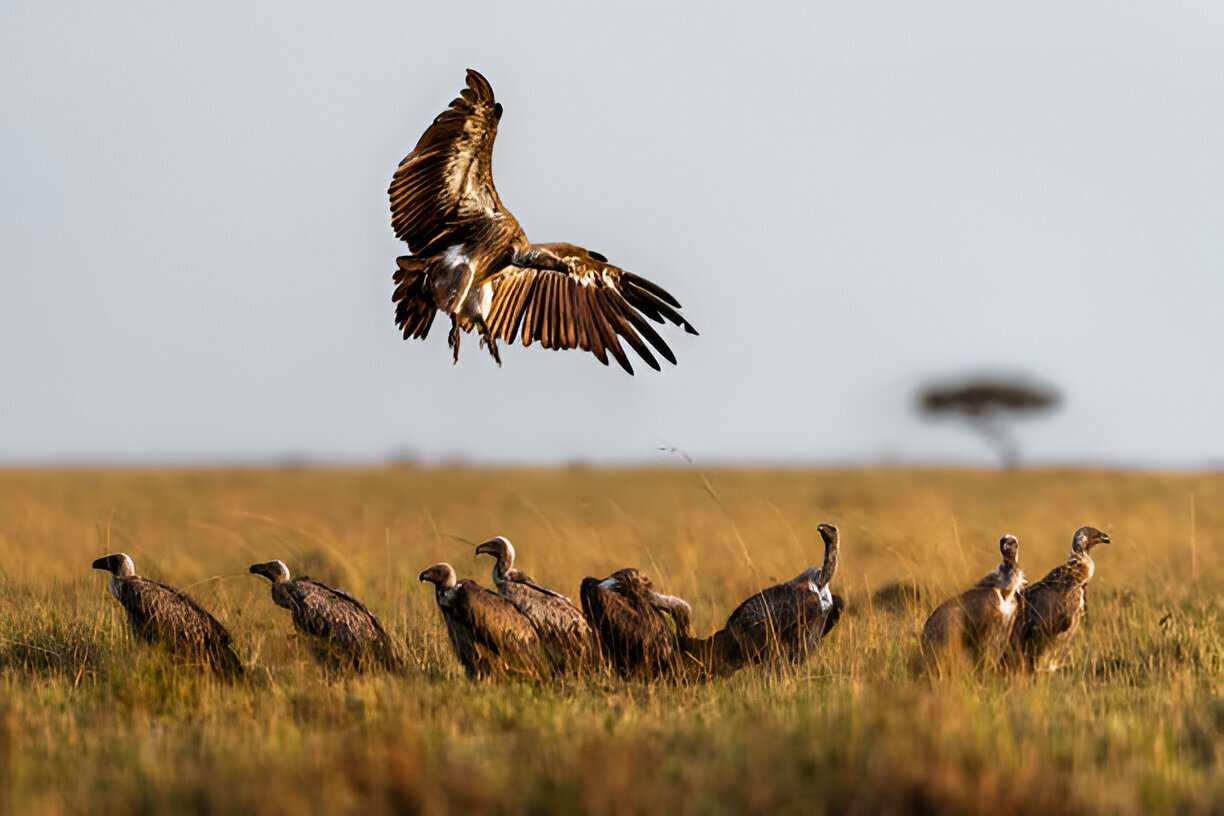
Nyerere & Ruaha National Park in July
One of the best times to visit Ruaha National Park is in July, right in the midst of the long dry season. During this period, temperatures are cooler, wildlife sightings are more frequent, and rain is unlikely. Although the dry conditions may cause some dust on the roads, the park’s lower visitor numbers mean this is generally less of a concern than in larger parks. This time of year also offers a chance to spot wild dog puppies in Ruaha and Nyerere National Parks.
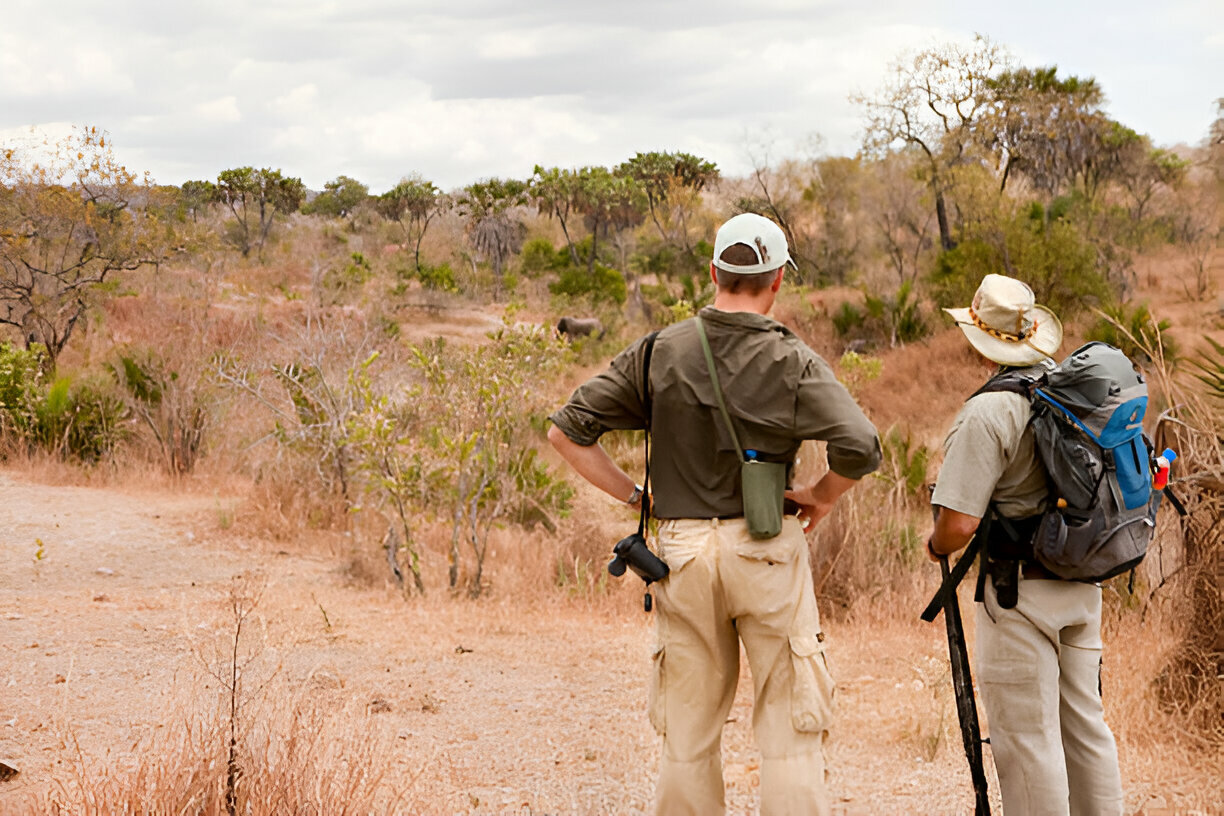
Gombe and Mahale Mountains National Park
July is an ideal time to visit Mahale National Park, as it marks the beginning of the dry season, offering a prime opportunity to track the world’s largest population of chimpanzees while enjoying fewer mosquitoes. Similarly, Gombe Stream National Park shines in July, with cooler, refreshing air and dried-out grasses that enhance visibility. This period provides optimal conditions for spotting and tracking chimpanzees, making it one of the best months for wildlife enthusiasts.
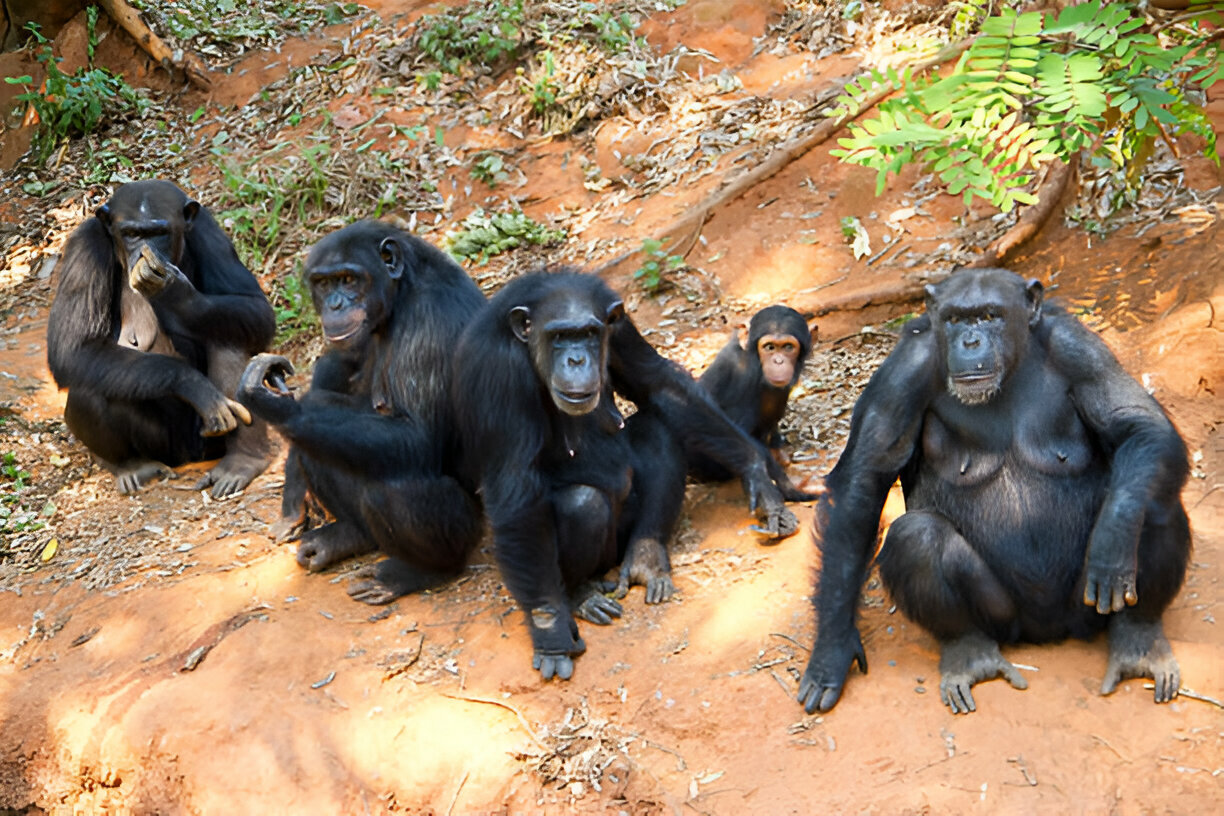
Visiting Zanzibar in July
If you’re seeking the ideal time to visit Zanzibar, July is your best bet. Positioned amid Zanzibar’s extended dry season, July offers clear skies and pristine sandy beaches, with virtually no rainfall and a pleasant temperature of 28°C. This month also hosts two of Zanzibar’s standout cultural events: the Festival of the Dhow Countries, a major arts and culture film festival, and Mwaka Kogwa, which celebrates the Persian New Year and showcases Zanzibar’s rich colonial heritage.

Mafia Island in July
July is the ideal time to visit Mafia Island, as the rainy season has ended, leaving behind serene azure waters and pristine white sandy beaches. It’s a great opportunity to enjoy a relaxing getaway, take a scenic boat tour, explore vibrant marine life while snorkeling, or try your hand at fishing.
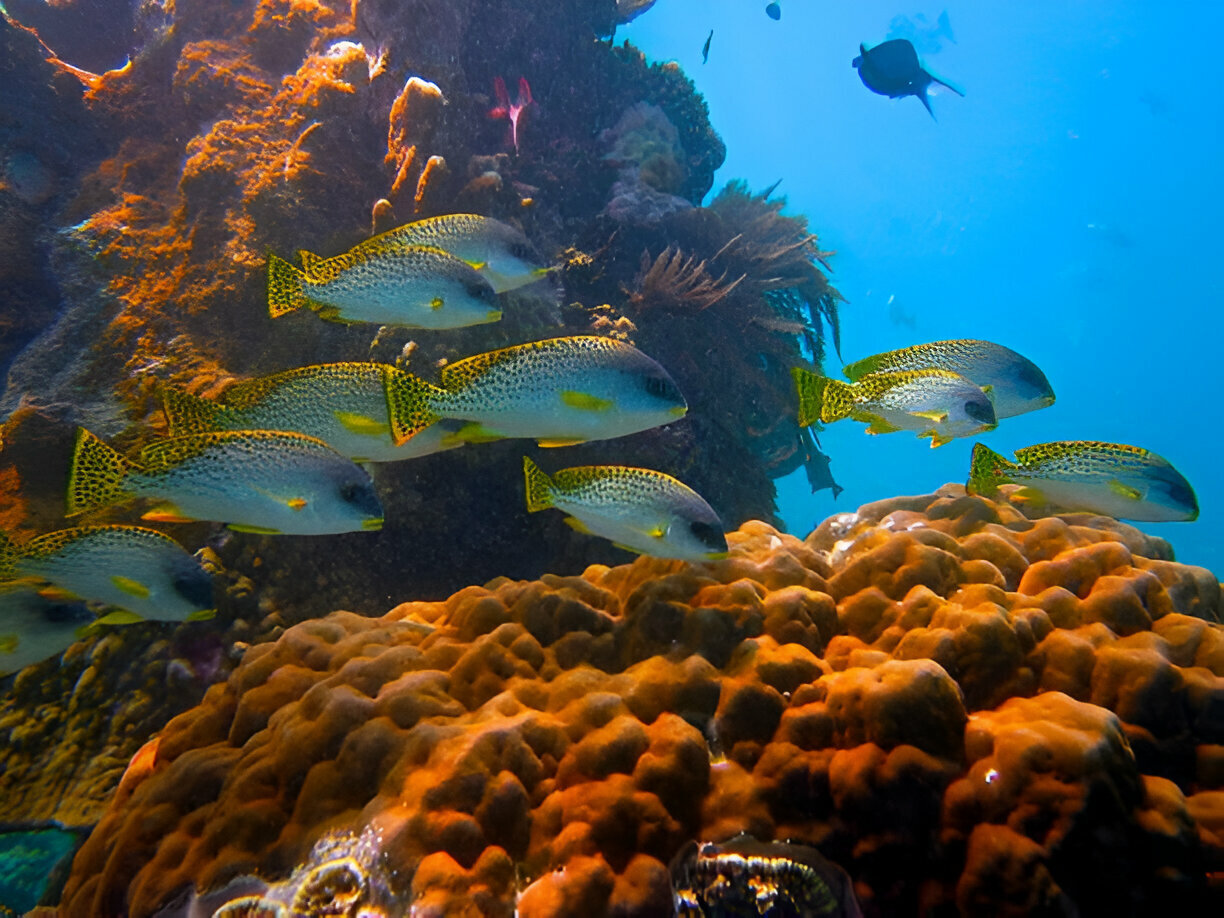
Pemba Island in July
Picture this: incredibly soft, sandy beaches extending as far as the eye can see, calm, vividly blue waters warmed by perpetual sunshine, and the serenity of letting all your cares drift away. This is the essence of Pemba Island, where relaxation and natural beauty come together in perfect harmony.

Recommended Tours in July,
Weather in August
In August, Tanzania enjoys near-perfect weather with cool mornings and evenings (a warm jacket is recommended), warm daytime temperatures, and consistent dryness. Clear, sunny skies throughout the month provide excellent conditions for game viewing, safaris, hiking, and mountain climbing. However, the dry weather can lead to dust clouds that might obscure some of the stunning landscapes, and occasional small wildfires can occur in the grasslands as part of the natural ecosystem.
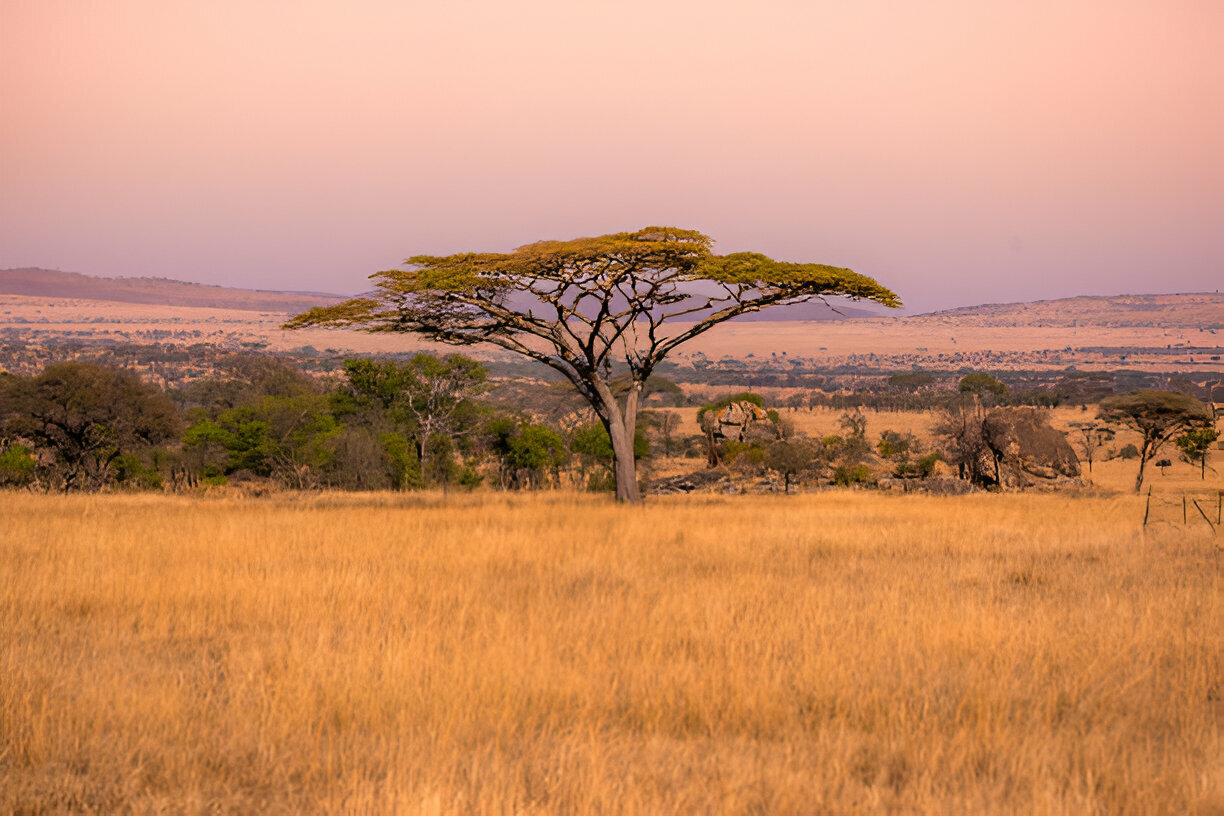
Accommodations in August
August is a popular time to visit Tanzania due to the dry season and the northern hemisphere’s summer break, leading to an influx of tourists in Tanzanian parks. As a result, this peak season can make securing accommodation more challenging. To avoid disappointment, especially at popular hotels and destinations, it’s advisable to book in advance. Contact us to ensure your trip goes smoothly.
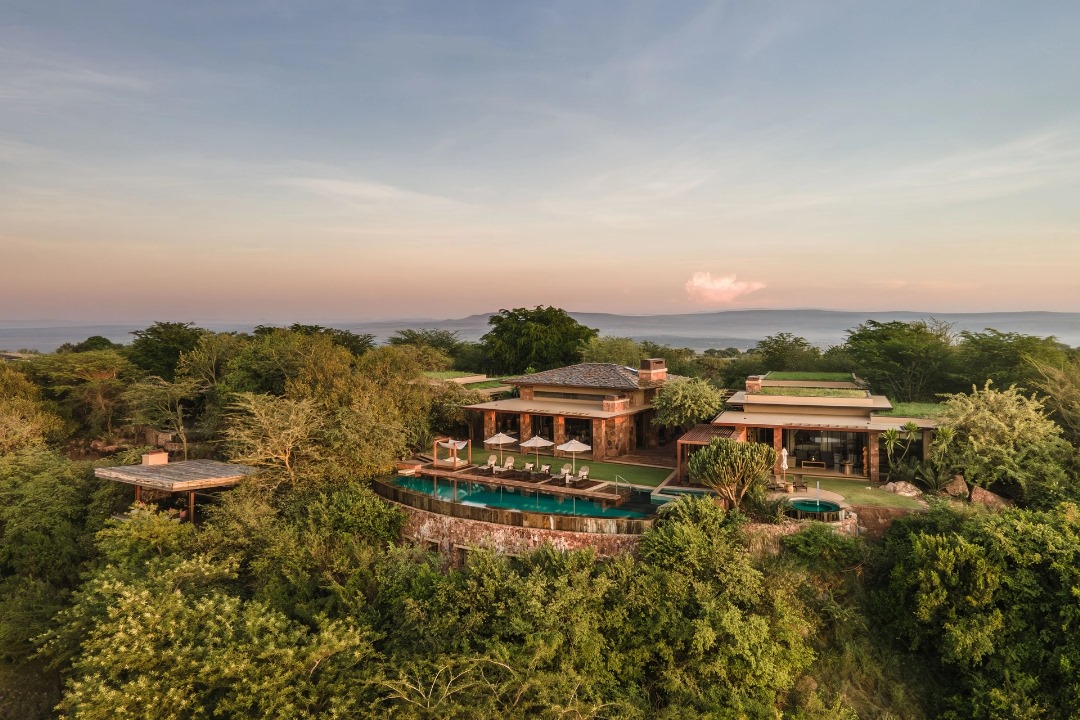
Wildebeest Migration in August
August is a prime time to witness the Great Migration, as over a million plains antelope traverse the Mara River. The Lamai region in the northern Serengeti is where this dramatic crossing occurs, offering a spectacular view of wildebeest navigating the river, often under the watchful eyes of crocodiles. This thrilling event makes August the perfect opportunity to experience one of nature’s most awe-inspiring spectacles.

Mount Kilimanjaro in August
Mount Kilimanjaro in August is truly spectacular. During this time, Tanzania’s dry season ensures mostly clear blue skies and temperate weather, perfect for your ascent of the world’s highest free-standing peak. However, be prepared for colder temperatures as you climb, especially since the dry season can be cooler than the humid wet season. Dress warmly, as it’s not unusual to encounter snow-capped conditions at higher altitudes.
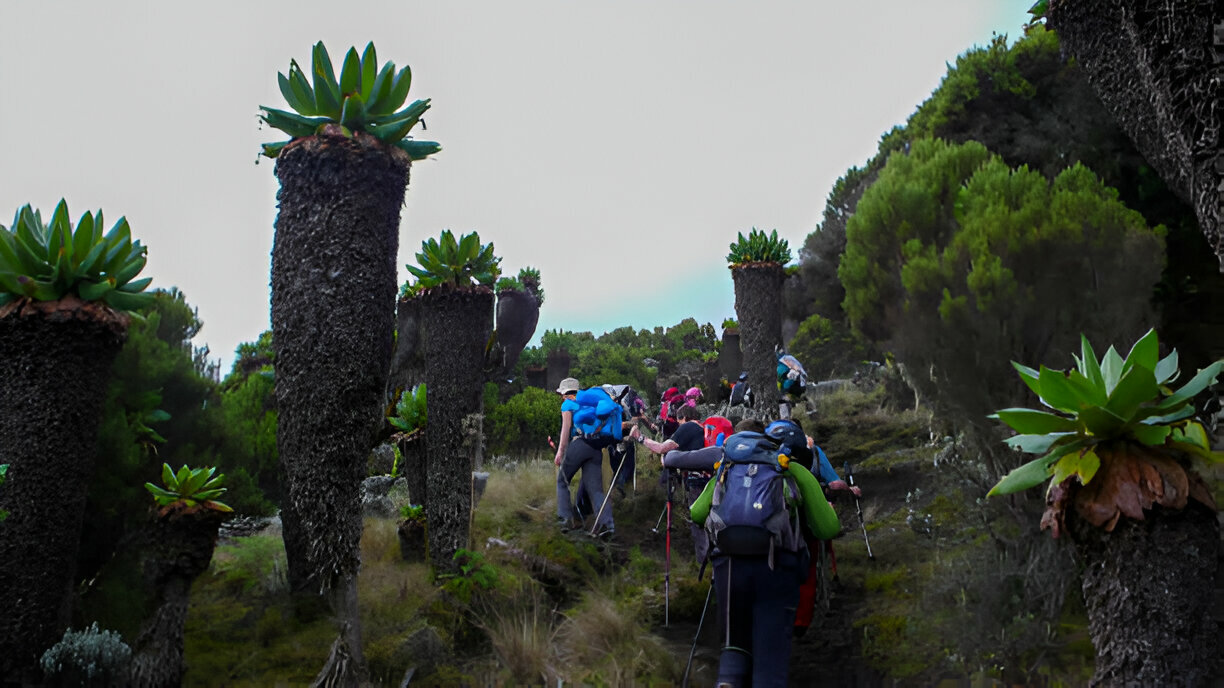
Animals and Birds in August
August is an ideal time for game drives and safaris in Tanzania due to reduced bug populations and lower mosquito activity, thanks to the drier weather. While many head to the Serengeti for its renowned game viewing, Tarangire National Park is a hidden gem this month, offering exceptional wildlife encounters with fewer tourists. Notably, Tarangire is famed for its impressive African elephants roaming the vast open plains.
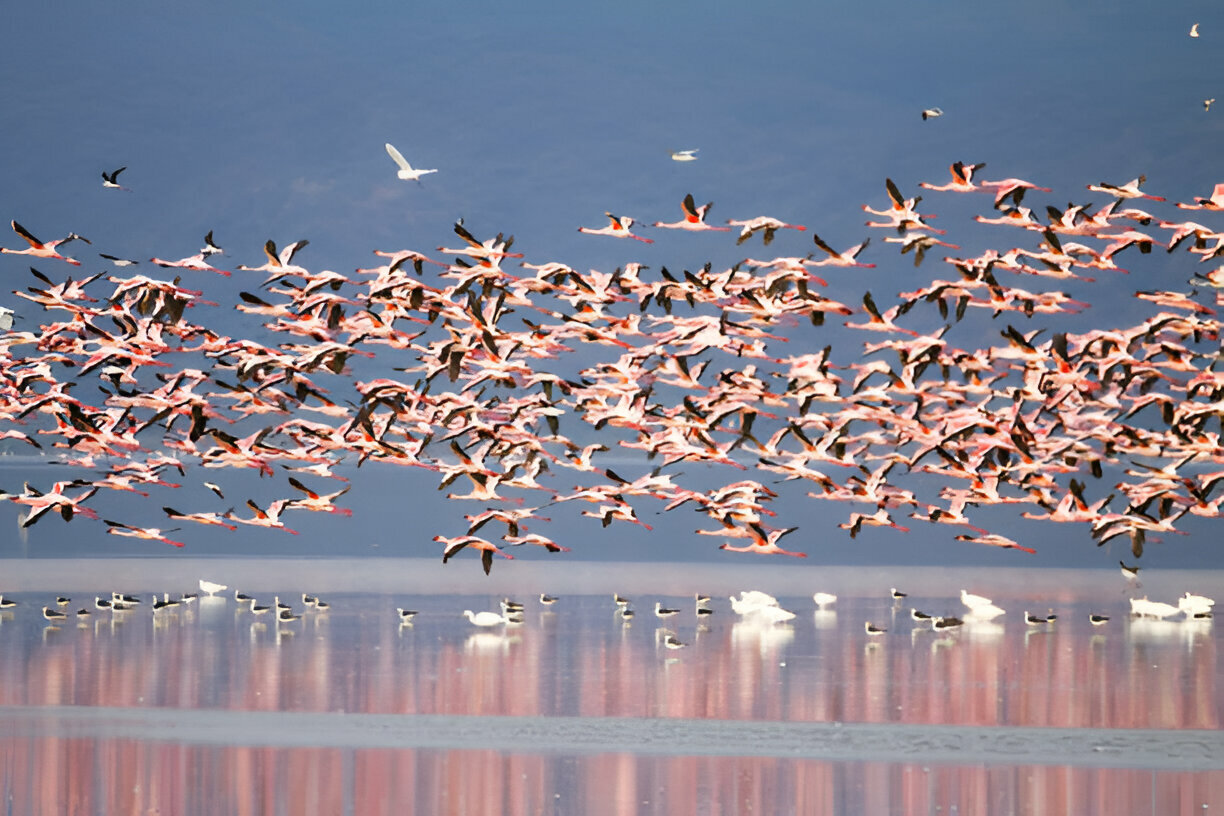
Nyerere & Ruaha National Park in August
Tanzania’s southern circuit, with its stunning national parks like Ruaha and Nyerere, offers a hidden gem of wildlife beauty. Less visited than the northern parks, these areas provide a more tranquil safari experience. In August, Ruaha National Park is especially notable for its African wild dogs, which are abundant and often have puppies during this time, presenting a rare and exciting sight for visitors.
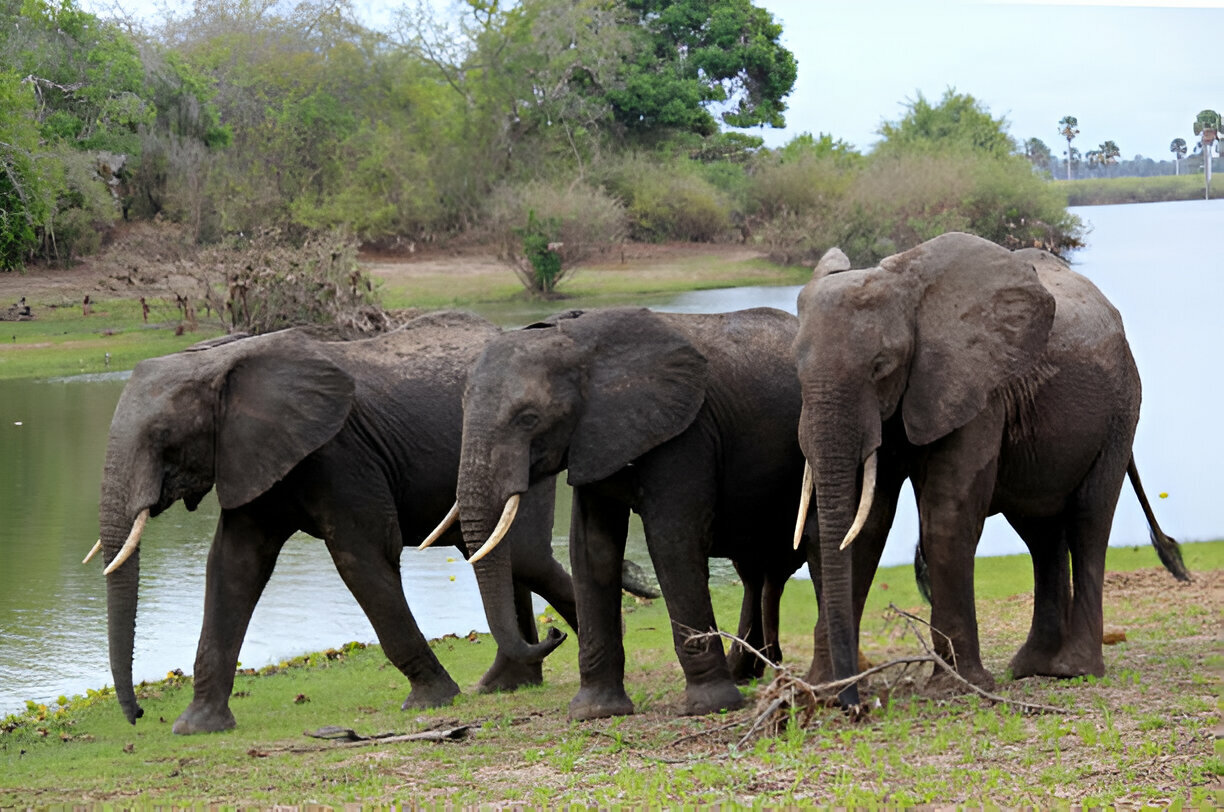
Gombe and Mahale Mountains National Park
August, the height of the dry season, is an ideal time to visit Mahale, as its relative remoteness ensures a peaceful experience even during peak times. With reduced plant cover, animal sightings become easier. Similarly, August and July are prime months for chimpanzee tracking in Gombe. Despite its global reputation, Gombe remains relatively quiet and uncrowded, allowing for a more serene visit.
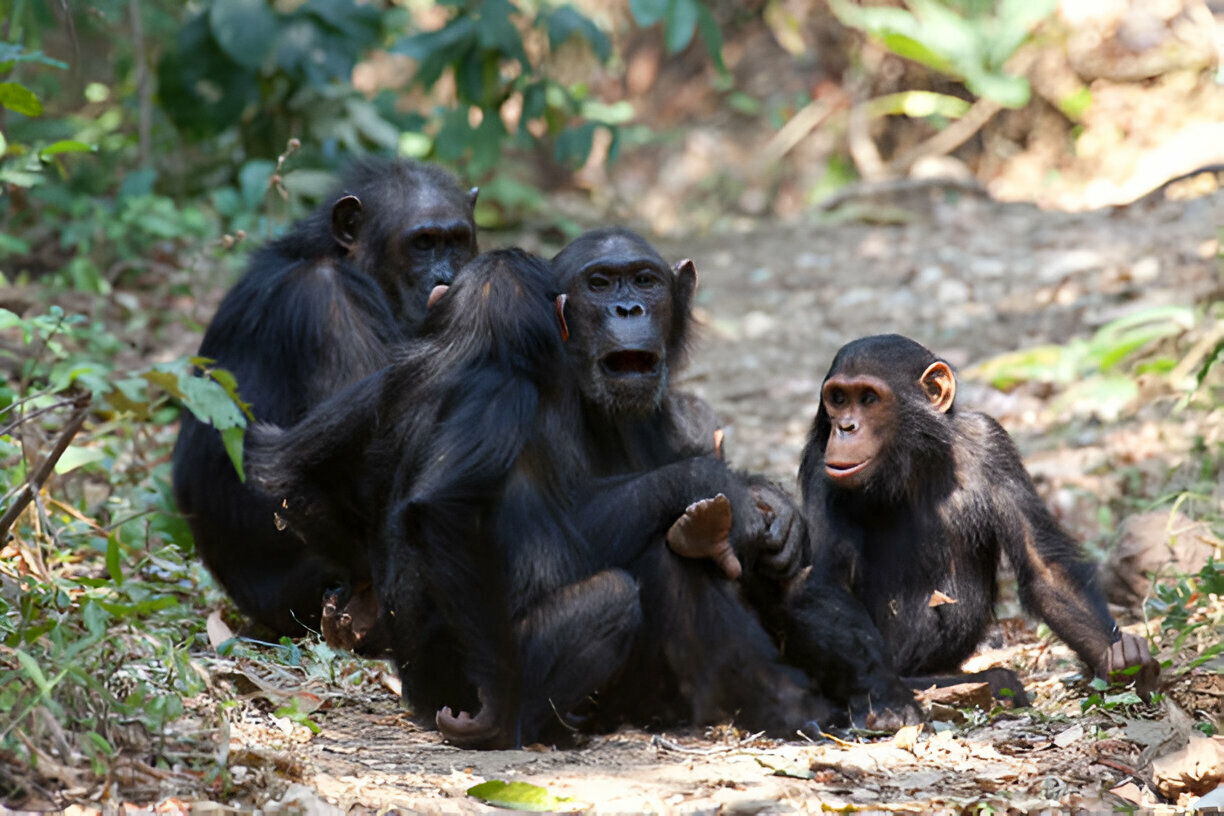
Visiting Zanzibar in August
In August, Zanzibar offers pristine white beaches, gentle breezes, and warm waters, making it an ideal time to visit. With temperatures pleasantly warm and the southern ‘kusi’ winds providing refreshing relief from the sun, it’s perfect for relaxing on the sand or kite-surfing. Additionally, this month is excellent for fishing, adding to the island’s appeal as a tropical paradise during its long dry season.

Mafia Island in August
If you’re considering a visit to the pristine white beaches of Mafia, August is an ideal time. Though you might encounter slightly more tourists due to northern hemisphere school vacations, Mafia remains more serene than Zanzibar, ensuring a tranquil and intimate island experience.
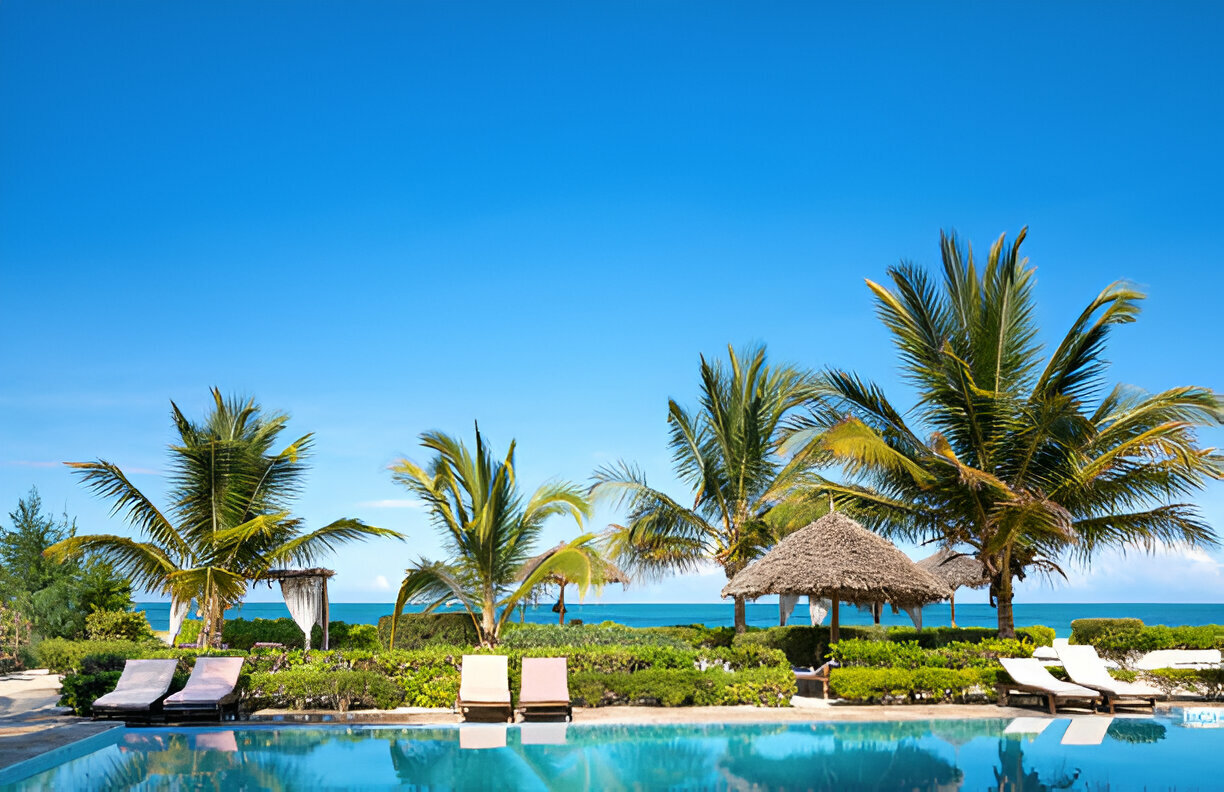
Pemba Island in August.
August is a standout time to visit Pemba, with daily temperatures comfortably ranging from 20°C to 28°C. The pleasant weather makes it ideal for relaxing on Pemba’s stunning beaches, enjoying a refreshing swim, and soaking up the sun.
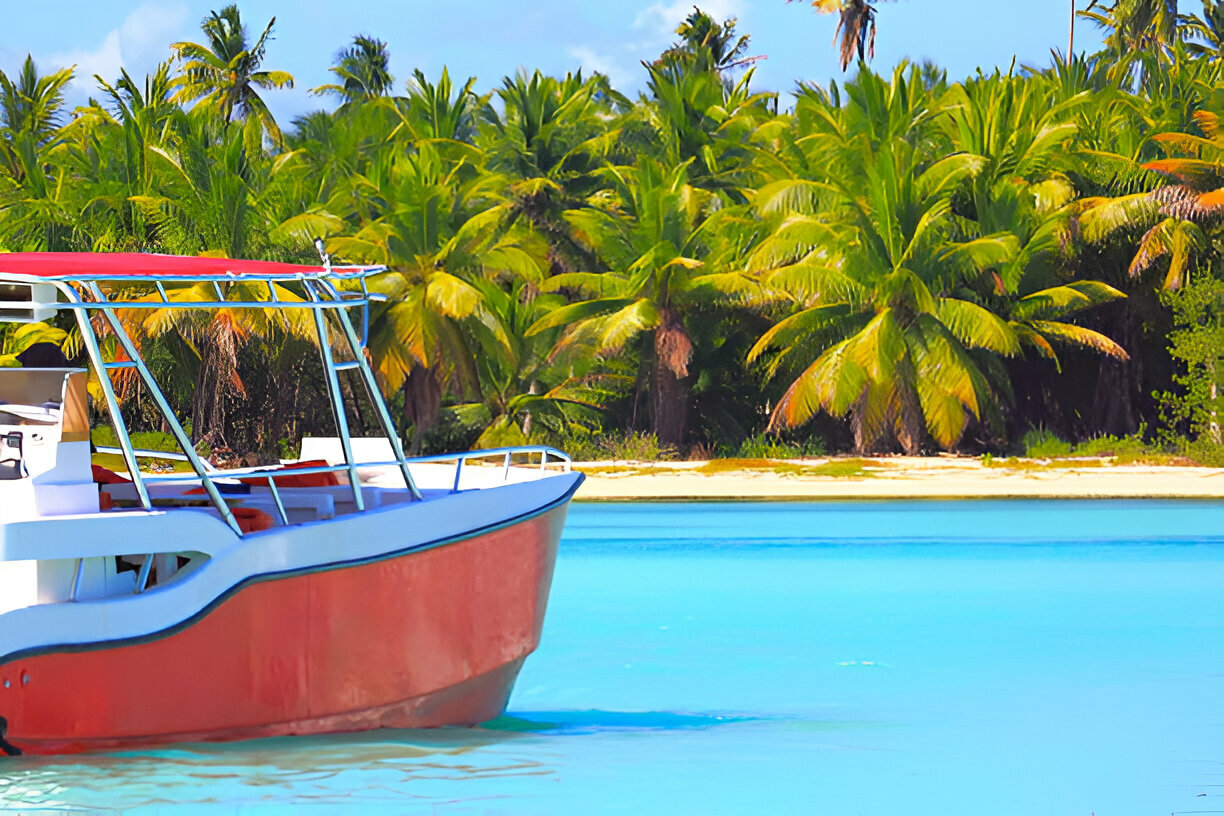
Recommended Tours in August,
Weather in September
As September arrives, the dry season has been underway for months, with limited rainfall since June resulting in a cool, dry climate. This has led to a uniform brown landscape and scarce grazing grass, causing wildlife to concentrate around water sources. Temperatures begin to rise in September, though mornings and evenings can still be quite chilly, so packing warm clothing is advisable. Daily temperatures on the mainland range from 15°C to 28°C, with the air remaining clear and still, occasionally interrupted by dust clouds that might affect photography.

Accommodations in September
September is a bustling month for tourism due to excellent safari and game drive conditions. Popular accommodations often book up quickly, so we recommend contacting us in advance to secure your stay. Also, lodges, resorts, and camps typically raise prices during this peak season, making September more expensive than April or May.
Wildebeest Migration in September
The dry season is an ideal time to witness the Great Migration, with around two million wildebeest on the move. Some of the herd may still be in Kenya in September, while others begin their journey southward. If you’re lucky, you might catch the dramatic crossing of the Mara River, a crucial water source during this season. The Mara River attracts the migrating herds and various other wildlife, all drawn to its life-sustaining waters.
Mount Kilimanjaro in September
September offers ideal conditions for climbing Mount Kilimanjaro, with cool temperatures, clear skies, and minimal cloud cover, making the ascent more manageable and the views breathtaking. While this month is considered the optimal time to climb and can be busier due to its popularity, it also provides a great opportunity for those who enjoy teamwork and shared experiences to make the journey even more rewarding.

Animals and Birds in September
During this time of year, the African savannah is dry and barren, with wildlife gathering in large numbers around the remaining water sources due to the lack of rain. This creates ideal conditions for game drives in the northern circuit’s renowned parks, offering excellent opportunities to spot animals. For those seeking a more adventurous experience, a walking safari or fly-camping in Tarangire are also exceptional alternatives.
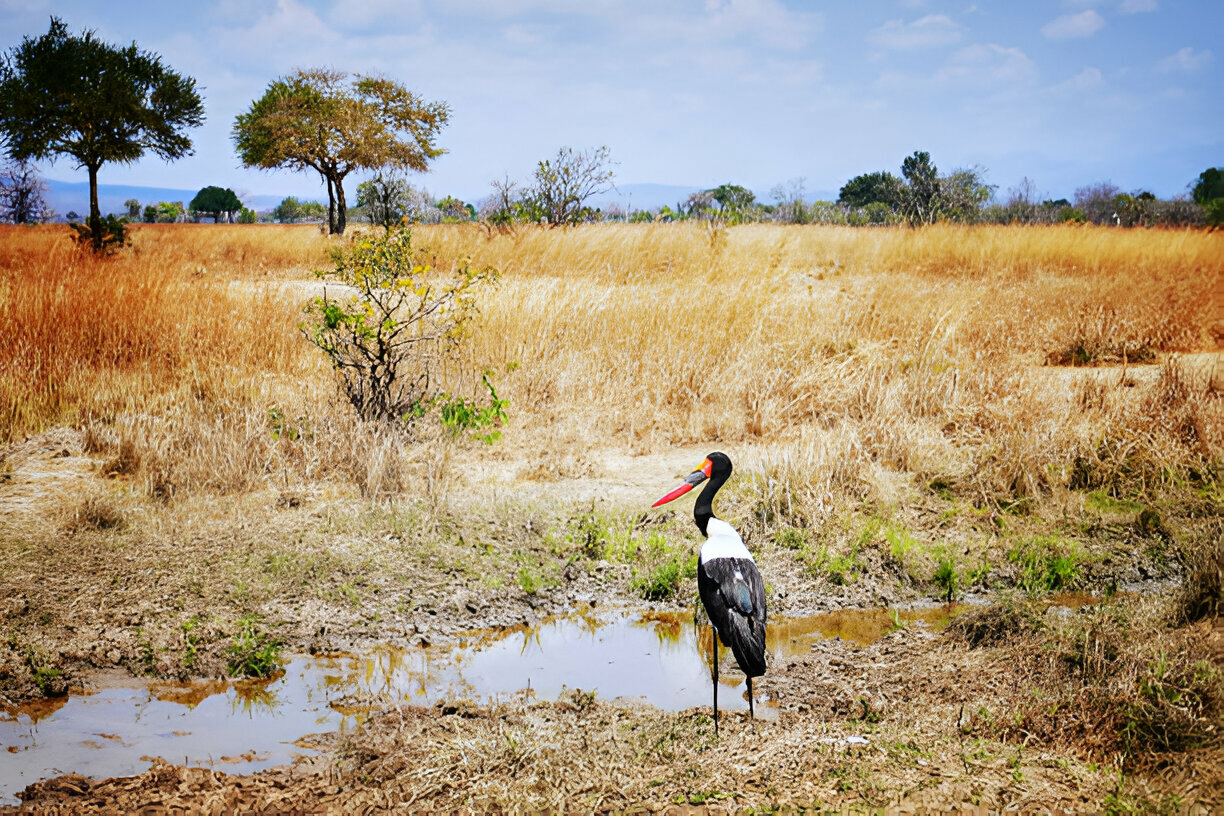
Nyerere & Ruaha National Park in September
In September, after several months of drought, the wildlife in Ruaha and Nyerere National Parks concentrates around limited water and food sources. This makes it an ideal time for photography and animal spotting, as the sparse vegetation and clustering animals offer excellent viewing opportunities. The dry season may even drive some predators to make bold moves for survival, adding to the excitement of your experience. Additionally, the mild weather enhances the overall enjoyment of your visit.
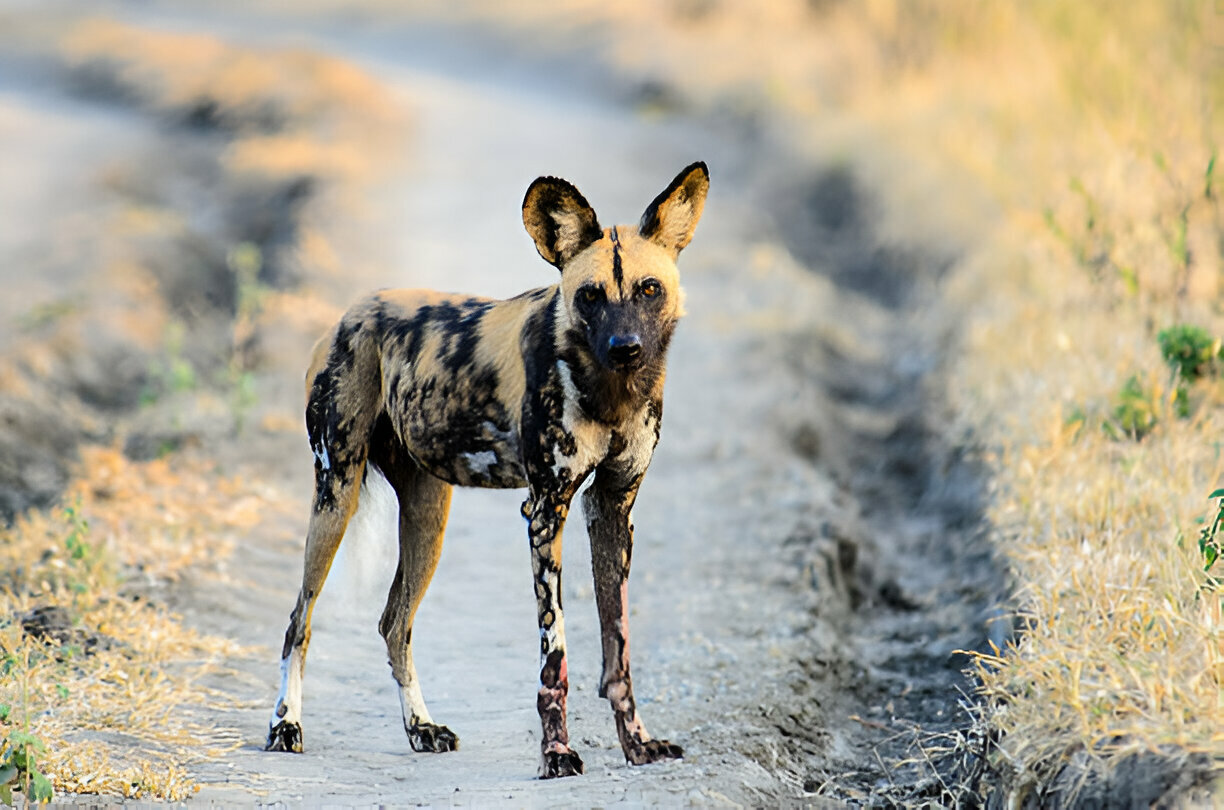
Gombe and Mahale Mountains National Park
September is an ideal time to visit Mahale and Gombe Stream National Parks for spotting eastern chimpanzees. As temperatures and humidity decrease, large groups of chimps descend from the mountains in search of food, making them more visible during the dry season. With less dense foliage in September, sightings of these fascinating primates become easier, especially in the lowlands where they gather in search of food.
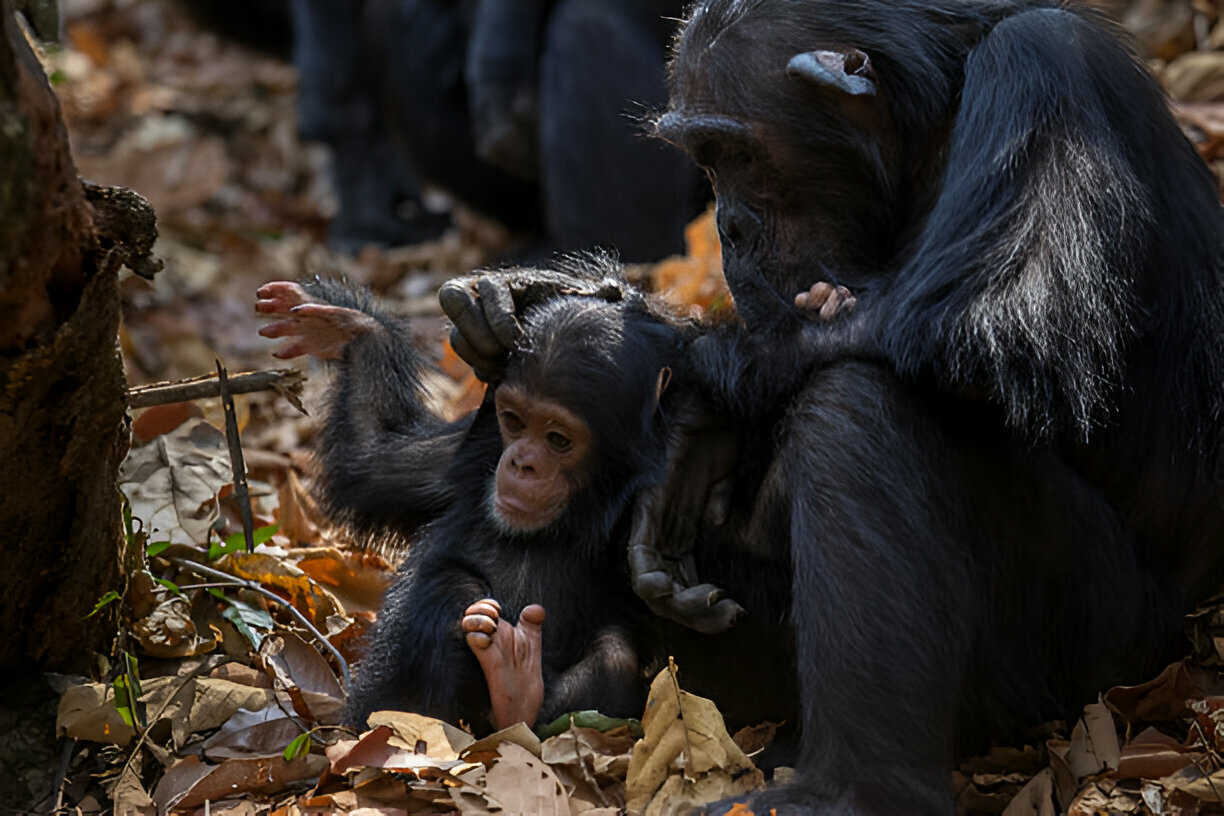
Visiting Zanzibar in September
Zanzibar is renowned for its clear blue skies, turquoise waters, and year-round relaxing beaches, but September is an especially great time for fishing and diving. The reefs around the island teem with sea life, including the massive whale shark, which begins to appear this month. Anglers can also enjoy the thrill of catching giant groupers or other fish in these abundant waters, making it an ideal time to explore the rich marine life of the “Gem of the Indian Ocean.”

Mafia Island in September
September is the perfect time for a relaxing beach holiday on Mafia Island. With an average of nine hours of sunshine each day and fewer than five rainy days throughout the month, it’s an ideal time to enjoy the beach, soak up the sun, and cool off in crystal-clear waters.
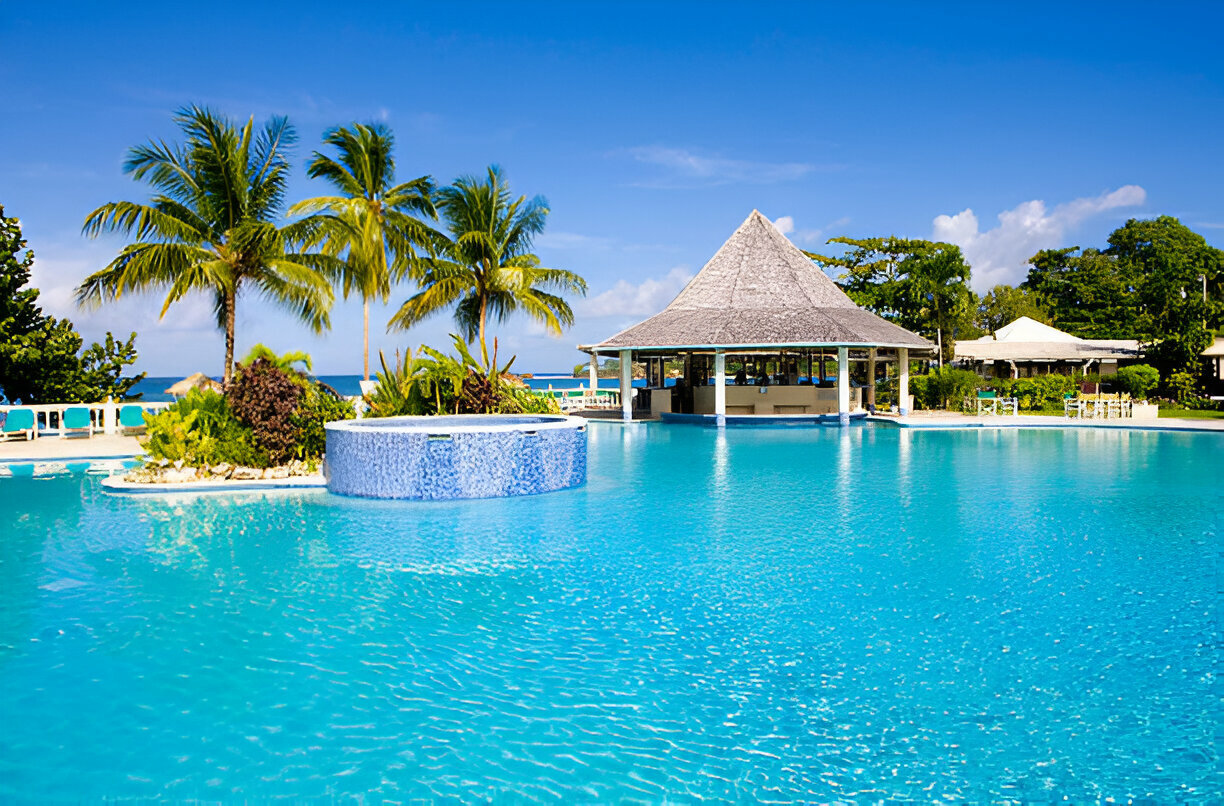
Pemba Island in September
A September trip to Pemba Island promises an unforgettable experience. With September’s minimal rainfall, second only to January, you’ll enjoy warm weather, stunning blue ocean waters, and gentle breezes throughout your visit.

Recommended Tours in September,
Weather in October
October is the final opportunity to experience Tanzania in its dry season. In the first weeks, you’ll witness the tail end of a long dry spell that began in late May or early June. Wildlife gathers around the few remaining watering holes, and the landscape is parched and brown, offering outstanding game viewing. However, temperatures can still be chilly at night and in the early mornings, so be sure to bring a jacket. By late October, expect the return of rains with dramatic thunderclouds.

Accommodations in October
October remains a peak tourist season despite the ongoing dry conditions, as heavy rains typically begin in late October or early November. This means accommodation prices are likely to be high and availability limited. For those planning a trip to Tanzania, booking in advance is crucial, as October offers the last opportunity for reliably dry weather and excellent game viewing, bird watching, and safari activities before the rainy season begins.

Wildebeest Migration in October
In early October, as the dry season continues, the Wildebeest of the Great Migration is likely gathered around a dependable water source, such as the Mara River in northern Serengeti National Park. However, as the rain clouds start to form later in the month, this vast herd will begin its southward journey towards the soon-to-be lush grassy plains of central Serengeti.

Mount Kilimanjaro in October
October is a prime time to climb Mount Kilimanjaro as it falls at the end of the dry season, offering relatively calm and clear conditions. However, even experienced climbers should prepare thoroughly, as the low humidity and colder, thinner air can make the ascent feel more challenging. Be sure to pack warm clothing to handle the potential for snow-capped temperatures.
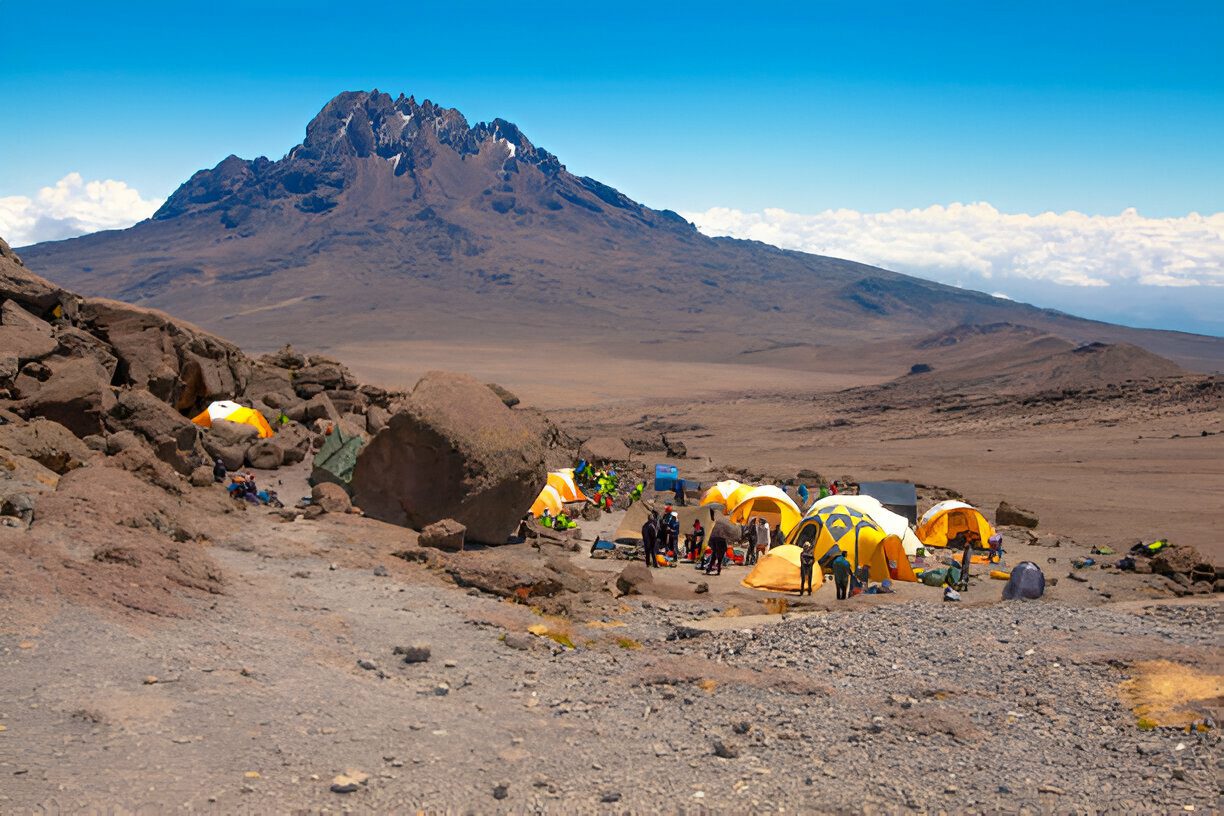
Animals and Birds in October
In October, wildlife spotting in Tanzania is particularly rewarding as animals are more concentrated around rivers and watering holes due to the dry conditions. The early part of the month marks the end of the dry season, when the landscape is dry, brown, and dusty, causing animals to congregate in key areas. This dryness also makes predators like cheetahs, leopards, and lions more active, providing excellent opportunities to witness their hunting behaviors. October is an ideal time to explore Arusha National Park, Tarangire National Park, and Mount Meru, making it a prime period for wildlife enthusiasts.
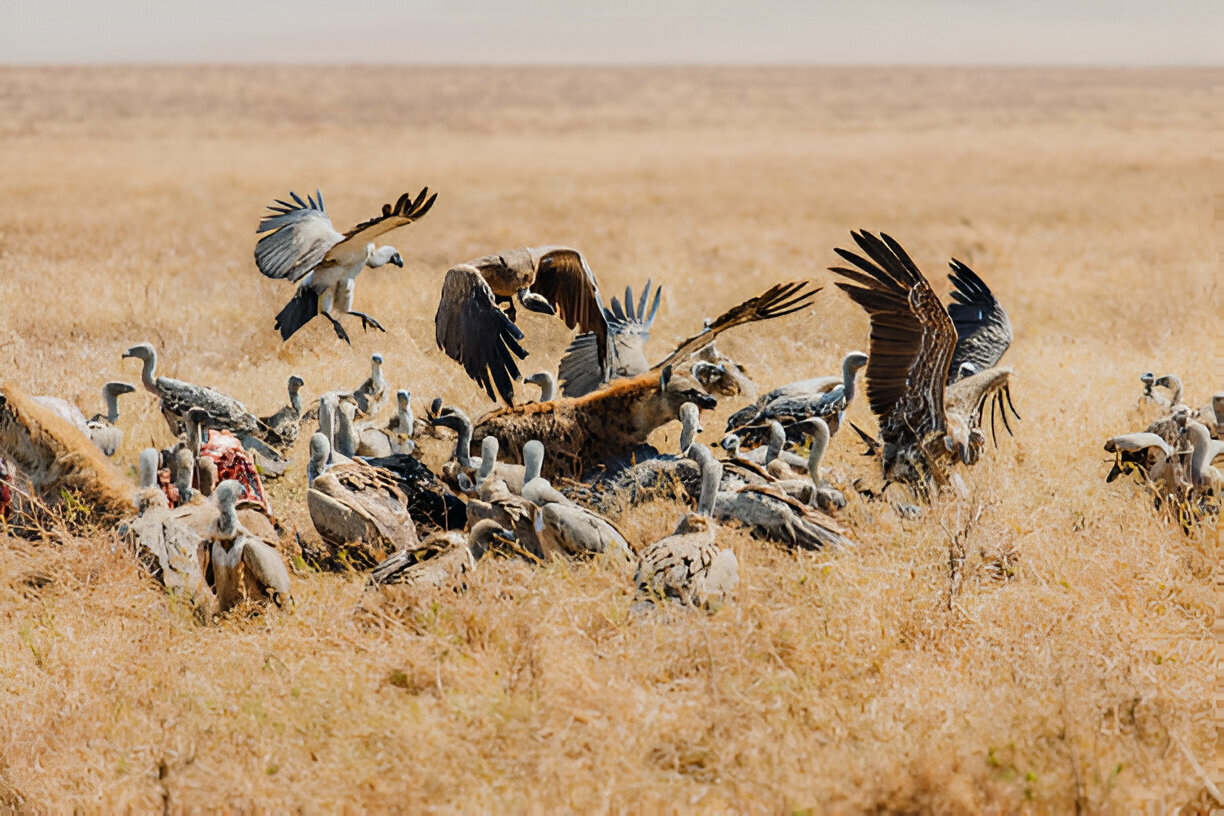
Nyerere & Ruaha National Park in October
October is often considered the ideal time to visit Ruaha, marking the end of the long dry season. This period is renowned for its high wildlife visibility, as the sparse vegetation makes animals easier to spot. Although each month offers unique advantages, October stands out for its dense wildlife presence before the rains of November begin.
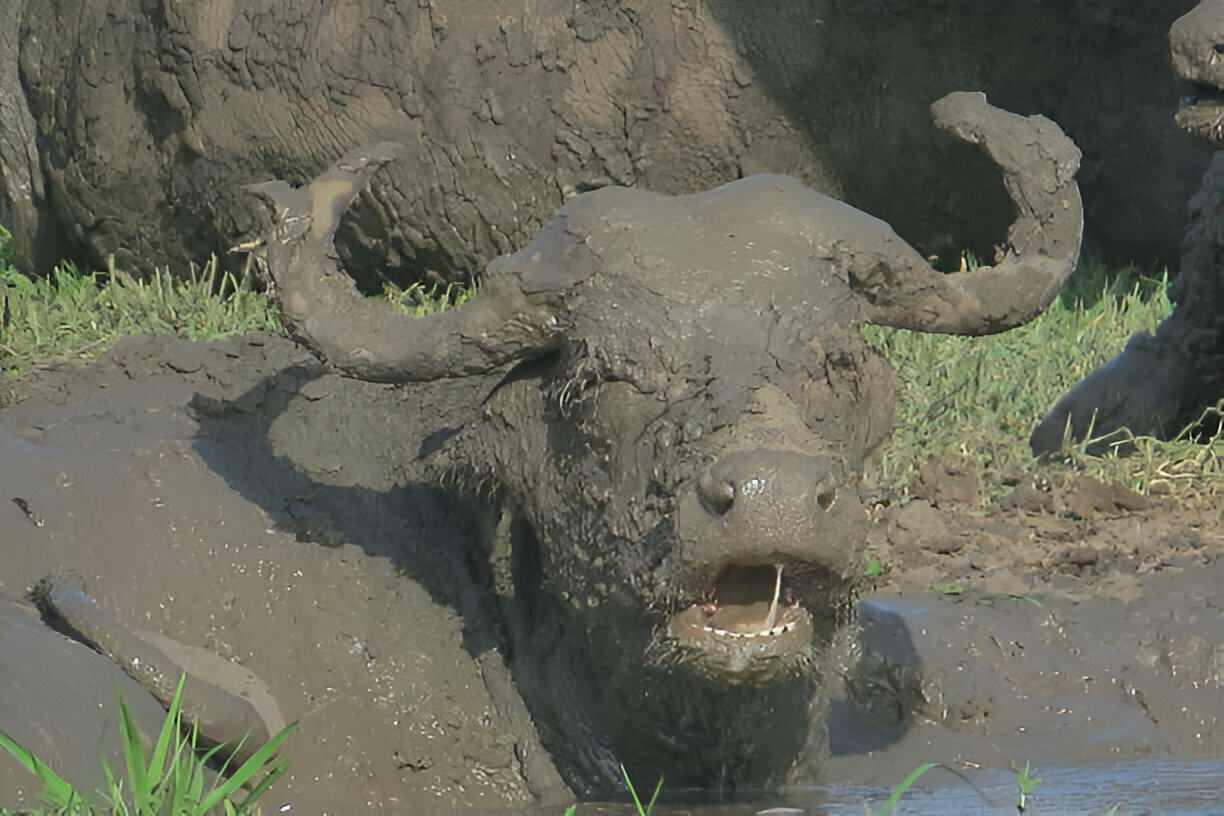
Gombe and Mahale Mountains National Park
October is an ideal time to visit Mahale, as the park is fully accessible and the dry season enhances chimpanzee sightings. With minimal rain and ample sunshine, Lake Tanganyika reaches its warmest temperature of the year. The northern tip of this ancient and deep lake is home to Gombe Stream National Park, renowned worldwide thanks to Jane Goodall’s groundbreaking research. The park’s breathtaking views, picturesque shoreline, and rich wildlife make it a must-visit destination.
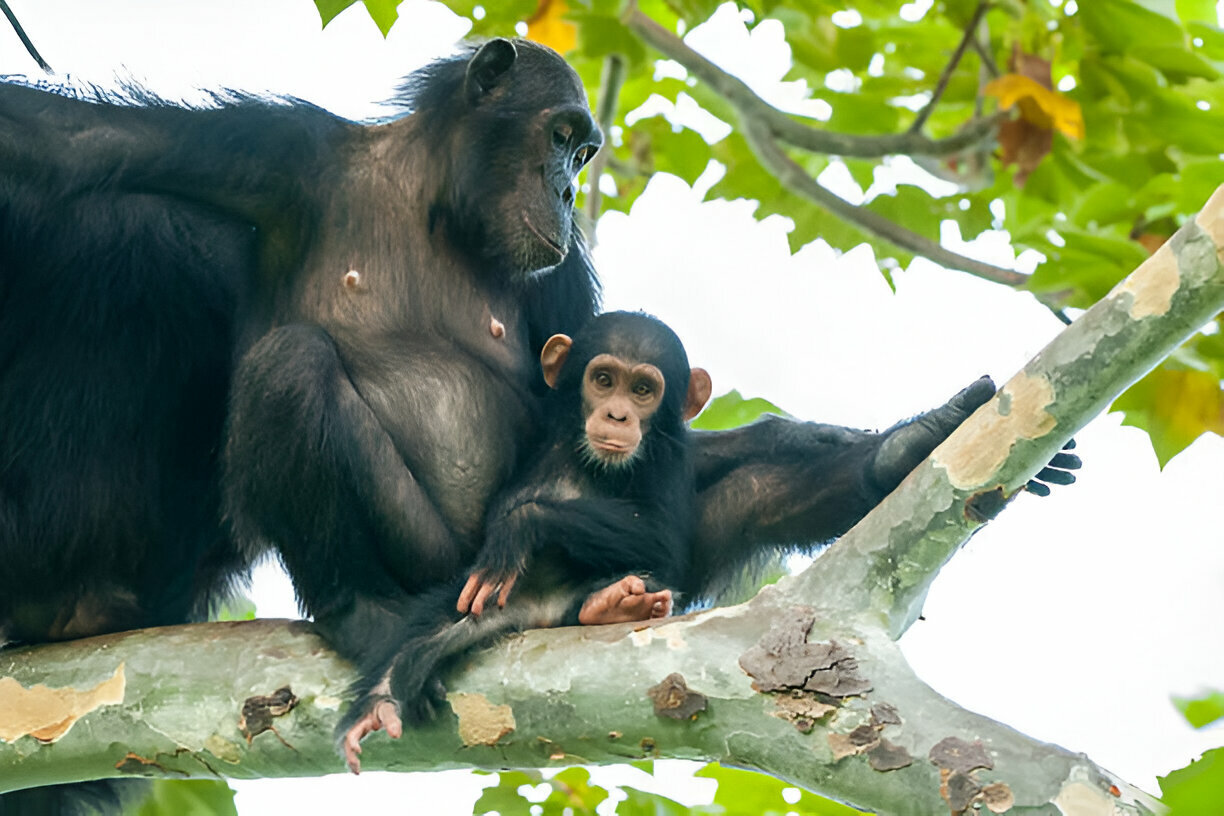
Visiting Zanzibar in October
In October, Zanzibar offers an ideal escape with the end of the dry season bringing pleasant weather and rising temperatures before the rains start in November. With daytime temperatures averaging 30°C and cooler nights at 20°C, it’s a perfect time to relax on the beach, enjoy the sunshine, or swim in the warm Indian Ocean. For those seeking adventure, the calm, clear waters around Zanzibar’s reefs provide excellent opportunities for diving and exploring vibrant marine life.

Mafia Island in October
As the long dry season winds down on the mainland, Mafia and the Spice Islands remain blissfully unaffected. With consistently warm temperatures, abundant sunshine, and tranquil, warm waters, Mafia offers a perfect escape for relaxation throughout October.
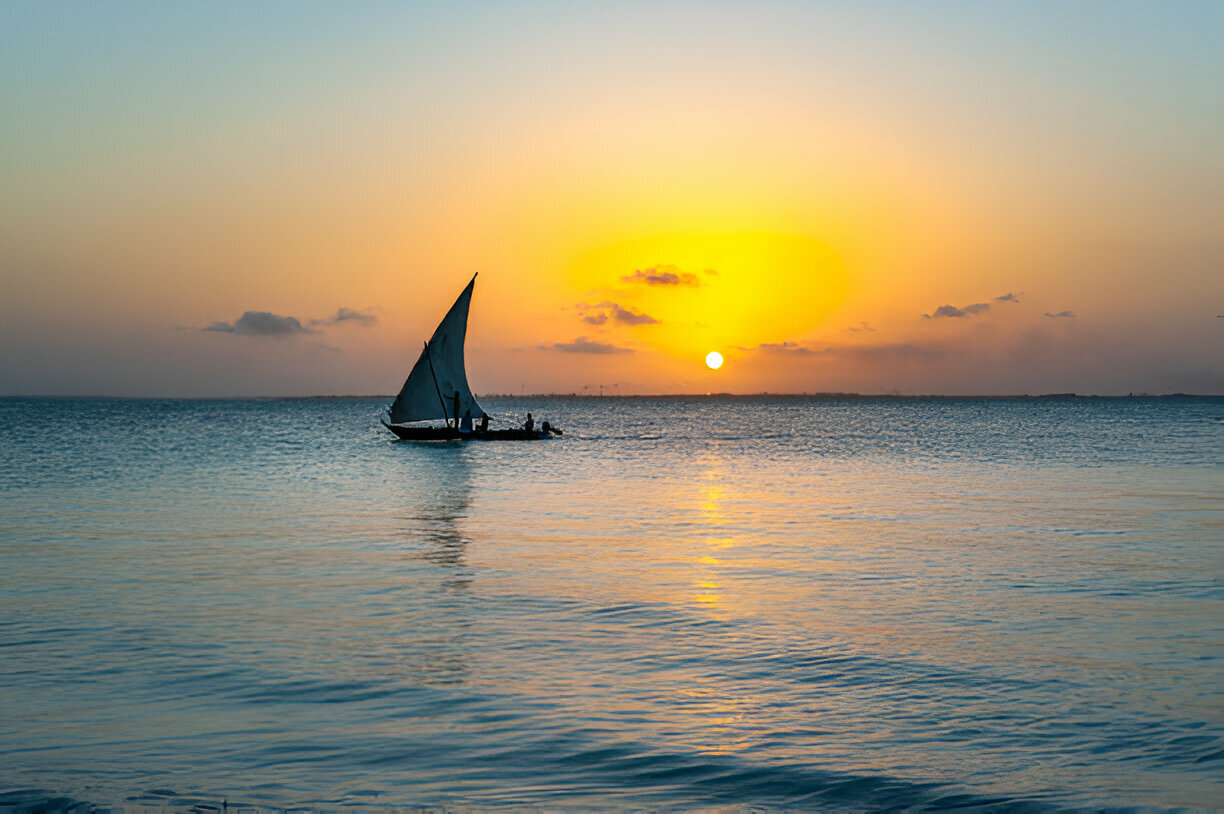
Pemba Island in October
October is one of our favorite months for coastal fishing, and Pemba Island offers an exceptional experience. With less traffic than other islands such as Mafia or Zanzibar, Pemba maintains a more intimate atmosphere, enhancing your fishing adventure with abundant opportunities.
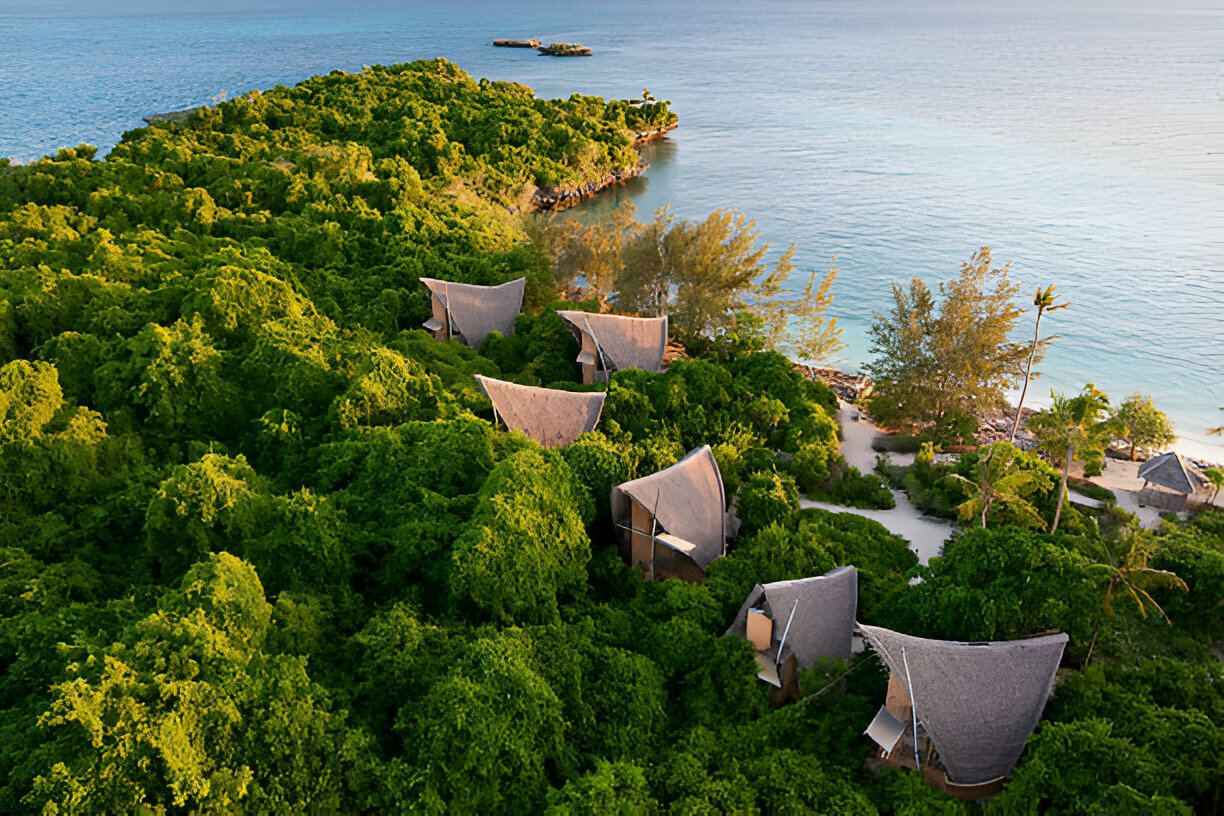
Recommended Tours in October,
Weather in November
November signals the end of Tanzania’s dry season, with short, overnight rains refreshing the landscape and settling the dust. This transitional month offers a unique opportunity to witness the land’s transformation as the rains return. Although many prefer the dry season, November provides excellent conditions for travel, with open roads and low river flows, allowing for smooth movement and a chance to see the vibrant changes in the environment.

Accommodations in November
From June to October, hotel and resort rates in Tanzania are at their peak, but November offers some relief with its seasonal rains. November is classified as a ‘high’ season—less crowded than peak season but still busier than the low season. As tourism dips during this month, you can find more affordable accommodation options and enjoy a wider selection of choices, as fewer visitors mean less demand.

Wildebeest Migration in November
With the return of the rains marking the start of the green season, the Great Migration resumes its journey. Freed from the constraints of watering holes and large rivers, the herd moves southward to graze on the lush, green grasslands. In November, as the dry season fades, you’ll likely find them in the central Serengeti plains, following the rains and offering an excellent opportunity for sightings.

Mount Kilimanjaro in November
November is a good time to climb Africa’s highest mountain, despite the onset of the green season bringing increased rainfall. The temperatures remain mild and the rain usually falls in brief afternoon showers, often followed by clear skies and stunning views. While higher altitudes can be colder, warm clothing is recommended. During this period, the Marangu and Rongai routes are popular choices for climbers.

Animals and Birds in November
Despite the short rainy season, wildlife remains active and plentiful, with many animals spreading out from scarce watering holes and migratory birds returning to Tanzania’s parks. Ngorongoro offers consistent game densities throughout the year, while northern parks like Tarangire National Park begin to come alive with vibrant colors as the rains rejuvenate the forests and bring new growth.
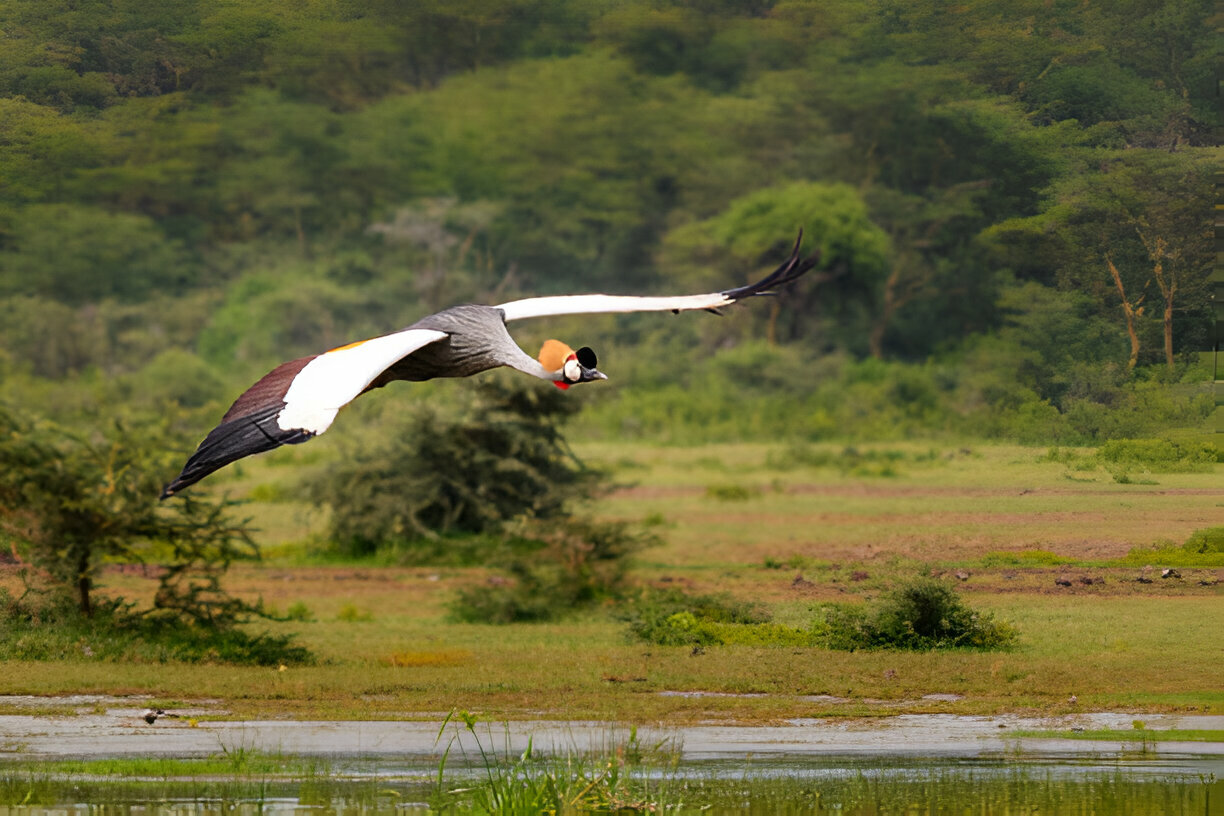
Nyerere & Ruaha National Park in November
After five months of sunny, cool weather and a dry landscape, November ushers in refreshing rains that rejuvenate Ruaha’s plant life. While the rains might make wildlife spotting a bit challenging, they enhance the park’s natural beauty. November is also an excellent time to visit Nyerere, as the rains prompt wildlife to disperse after being concentrated during the dry season, offering a dynamic and engaging safari experience.
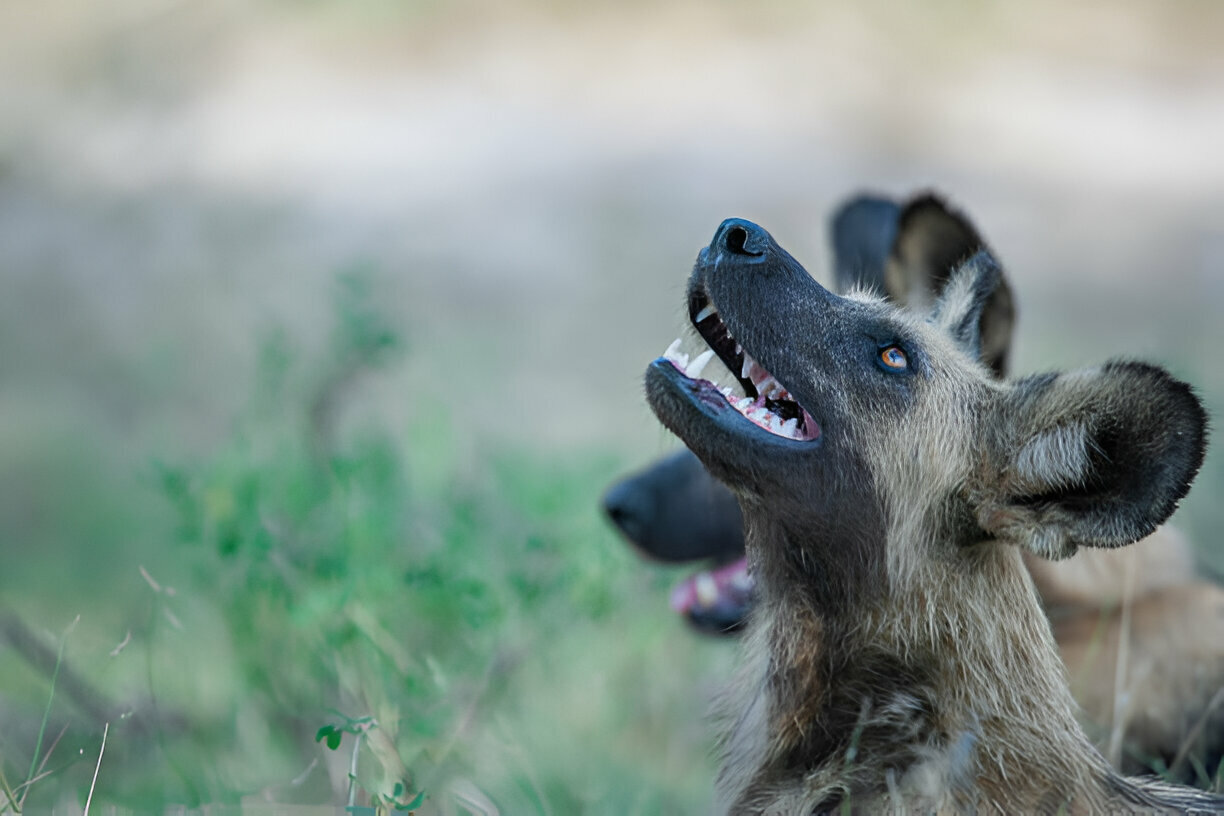
Gombe and Mahale National Park
In November, the dry season ends and Mahale’s wet season begins. As the chimpanzees move to cooler, higher altitudes, the rain breathes new life into the lush vegetation around the lake. While the wet weather arrives gradually, November offers a final opportunity to see Jane Goodall’s Kasekela chimpanzees in the wild before the year ends.
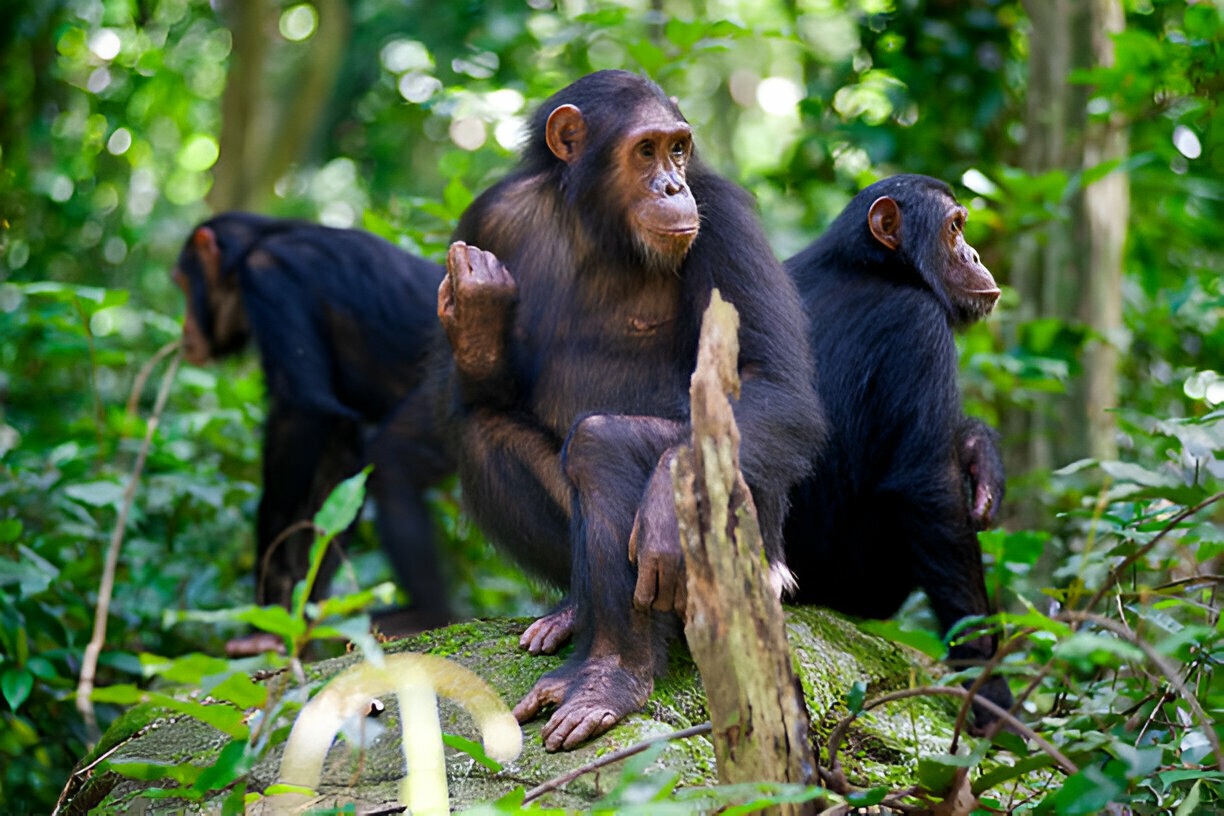
Visiting Zanzibar in November
-In November, while Tanzania starts its short rainy season, Zanzibar still enjoys about 10 hours of sunshine daily. Rainfall tends to be brief, typically occurring in the early afternoon, allowing ample time to relax on the beach or swim in the warm Indian Ocean. For the adventurous, October brings calm and clear waters around Zanzibar’s reefs, perfect for diving and exploring vibrant marine life.

Mafia Island in November
November marks the start of a brief wet season. Although the rainfall is less intense than in April or May, it is sufficient to bring the local flora to vibrant life. Additionally, temperatures rise during this month, with daily highs reaching up to 32°C.
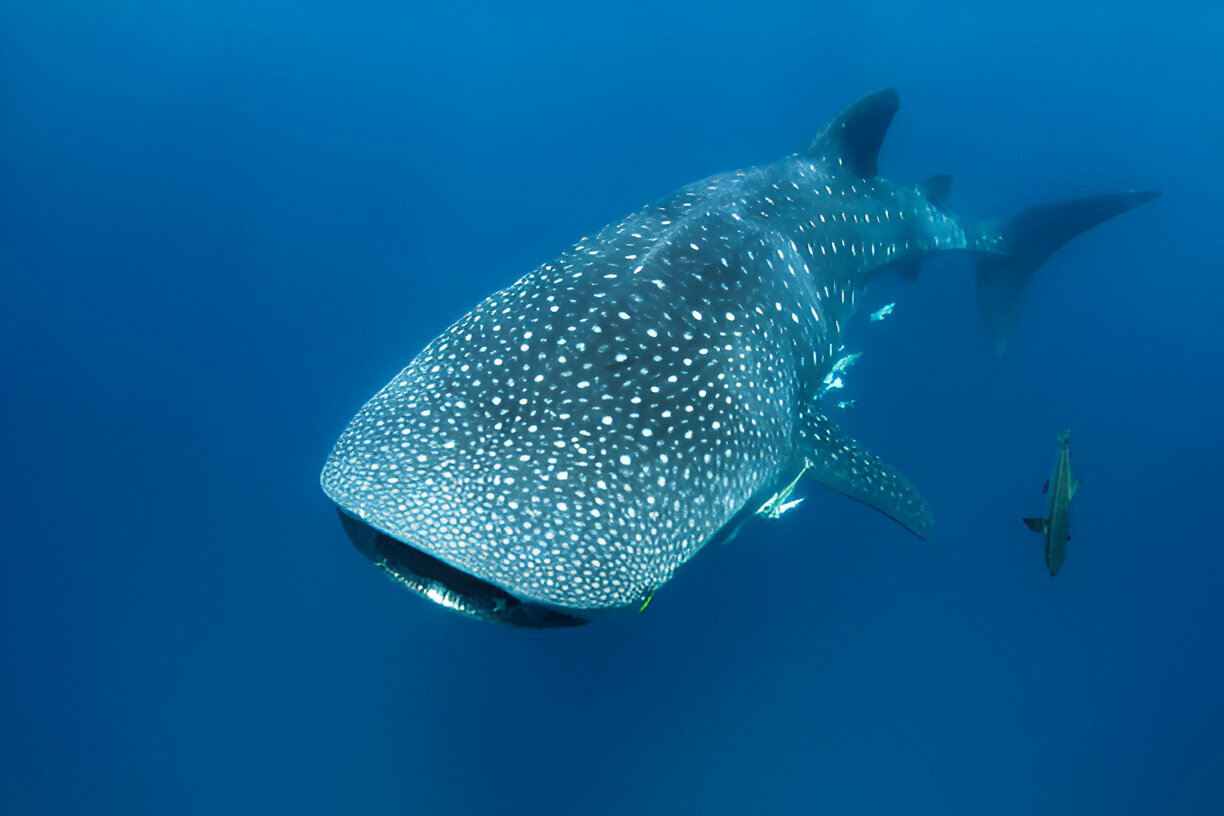
Pemba Island in November
Every November, Pemba Island experiences a heatwave that extends through December and into February. Unlike the rest of the country, which sees a brief rainy season followed by lush greenery, Pemba Island remains consistently verdant, earning its nickname, the Green Island.

Recommended Tours in November,
Weather in December
December brings the short rainy season, with brief afternoon rainstorms that quickly give way to clear blue skies, creating excellent conditions for photography. The landscape transforms into a lush, verdant paradise, offering a refreshing break from the long dry season’s sun. Temperatures range from a comfortable 16°C to a warm 28°C, with increased humidity enhancing the vibrant scenery.

Accommodations in December
December sees a clear split in accommodation pricing and availability. The first two weeks are considered high season, with fewer tourists due to the rain. However, the last two weeks are very busy due to the holiday season, leading to higher prices and rapid booking. If you plan to visit Tanzania during Christmas or New Year, it’s crucial to plan to secure your stay. Contact us early to ensure your holiday travels go smoothly.

Wildebeest Migration in December
As the trek that began in October nears its end, the herd moves southward through the central Serengeti in search of fresh food following the seasonal rains. They will find nourishment and water in the short grass plains of the southern Serengeti, particularly around Ndutu, where they will settle to feed and calve. However, despite the abundance, the journey remains challenging, as predators will be drawn to the vulnerable calves and the shifting herd.

Mount Kilimanjaro in December
In December, Kilimanjaro can be somewhat unpredictable due to the short rainy season extending into the month, which can make climbing conditions more challenging and deter some climbers. Despite this, December offers a quieter experience with fewer people on the mountain. Although many tourists skip the climb during the holiday season because of the weather, those who do venture up are often rewarded with a greater sense of accomplishment.
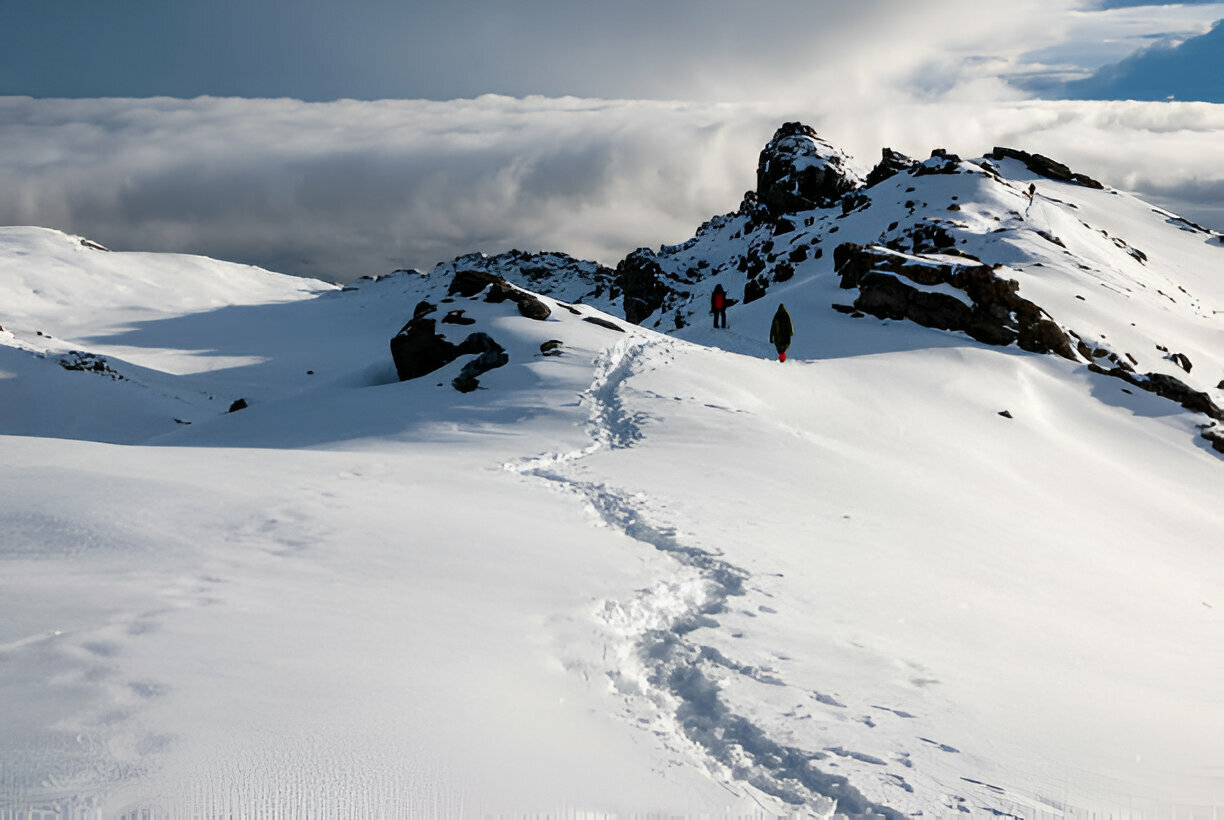
Animals and Birds in December
In December, Tanzania’s northern circuit is lush with green growth and abundant food, thanks to the seasonal rains. This makes it a prime time for bird-watching, as migratory birds return in full force to the national parks. Although the green season doesn’t match the dry season for wildlife density, areas like the Seronera region in central Serengeti and the Ngorongoro Crater continue to offer impressive animal sightings year-round.
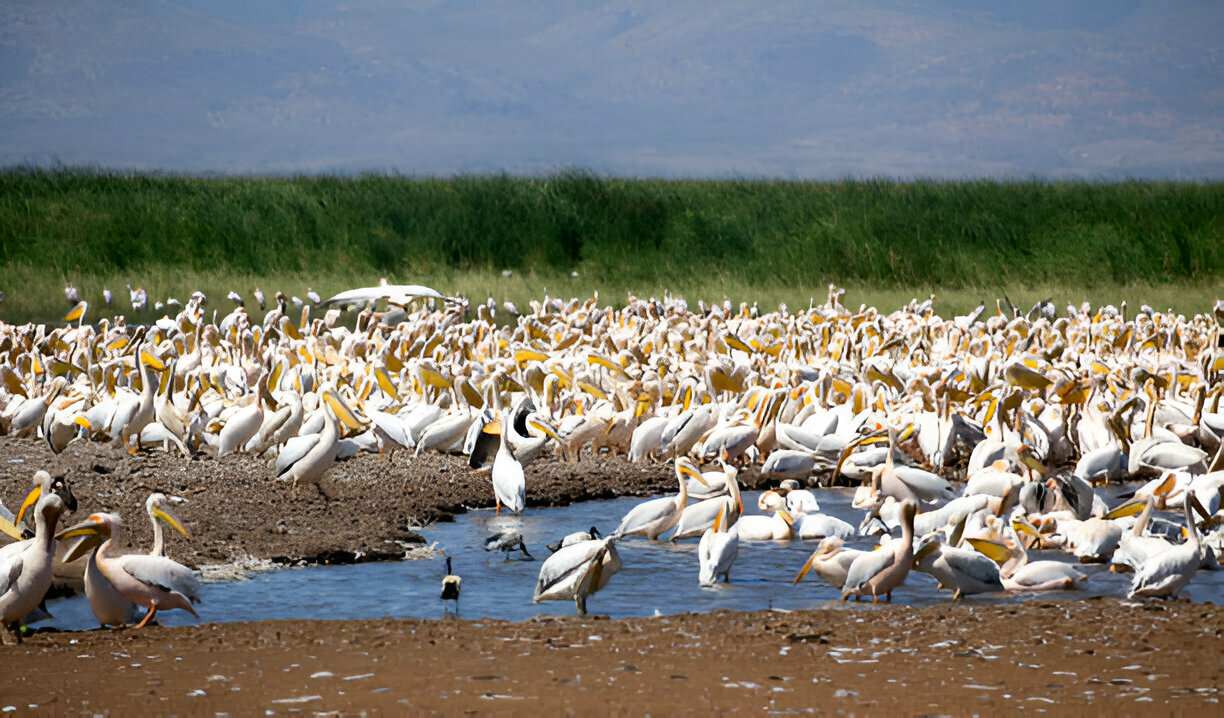
Nyerere & Ruaha National Park in October
In November, the arrival of the short rainy season, which continues into early December, transforms the previously dry and dusty landscape into a lush, revitalized environment. This period prompts animals to migrate in search of new food sources, spreading wildlife across broader areas. However, it also marks the return of migratory birds to the southern national parks, such as Ruaha and Nyerere, where birding is exceptional and birds are seen in their vibrant breeding plumage.
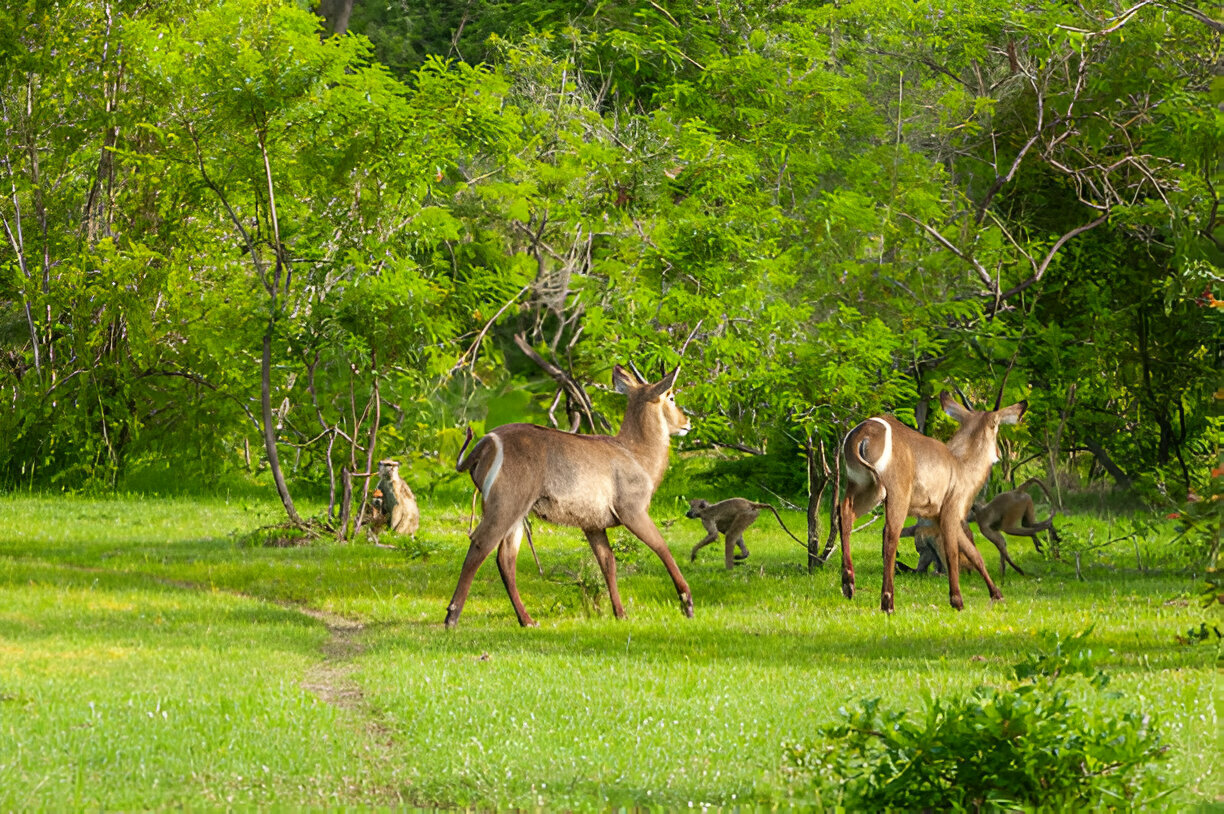
Gombe and Mahale Mountains National Park
December in Mahale is a time of vibrant transformation, as the wet season begins and the park comes alive with striking blue butterflies. The dense jungle, rich with colorful flora and fauna, contrasts beautifully with the dry season’s muted tones. This month marks the transition from the arid plains to a lush, colorful landscape, offering stunning views of wildlife, lake stretches, and towering mountains. December also brings a quieter, more intimate experience, making it an ideal time to visit.
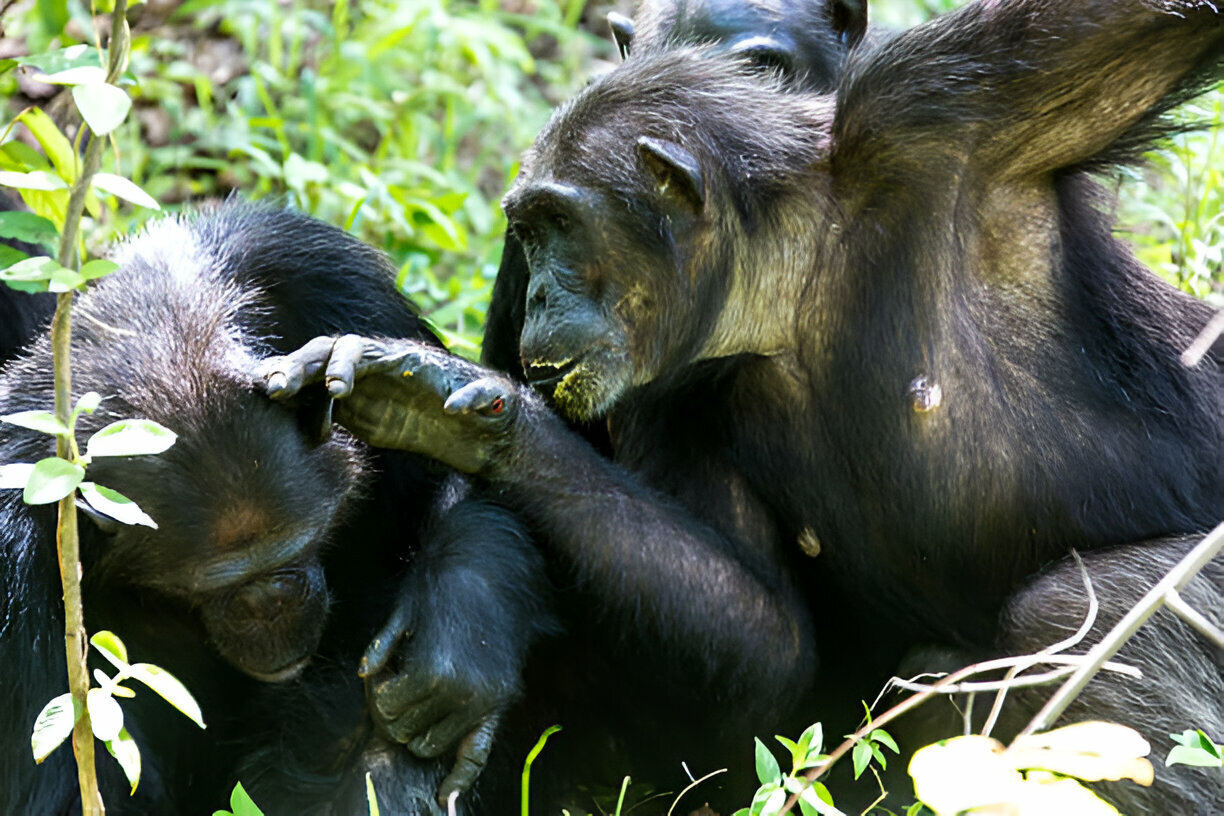
Visiting Zanzibar in December
Traveling to Zanzibar in December feels like stepping into a dream, with its historic Stone Town, lush jungles, pristine white beaches, and turquoise waters creating a perfect paradise. This month also offers a final chance to swim with whale sharks. December marks a transition period, where the occasional rain shifts to warm, sunny weather, revitalizing the island’s vibrant vegetation and enhancing its tropical charm.

Mafia Island in December
If you’re dreaming of a Christmas escape with minimal crowds, pristine white beaches, and a chance to unwind, Mafia Island is the perfect destination. Although December may bring a few rainy days, they won’t disrupt your relaxation. The island’s high temperatures, abundant sunshine, and warm ocean currents offer a perfect tropical retreat.
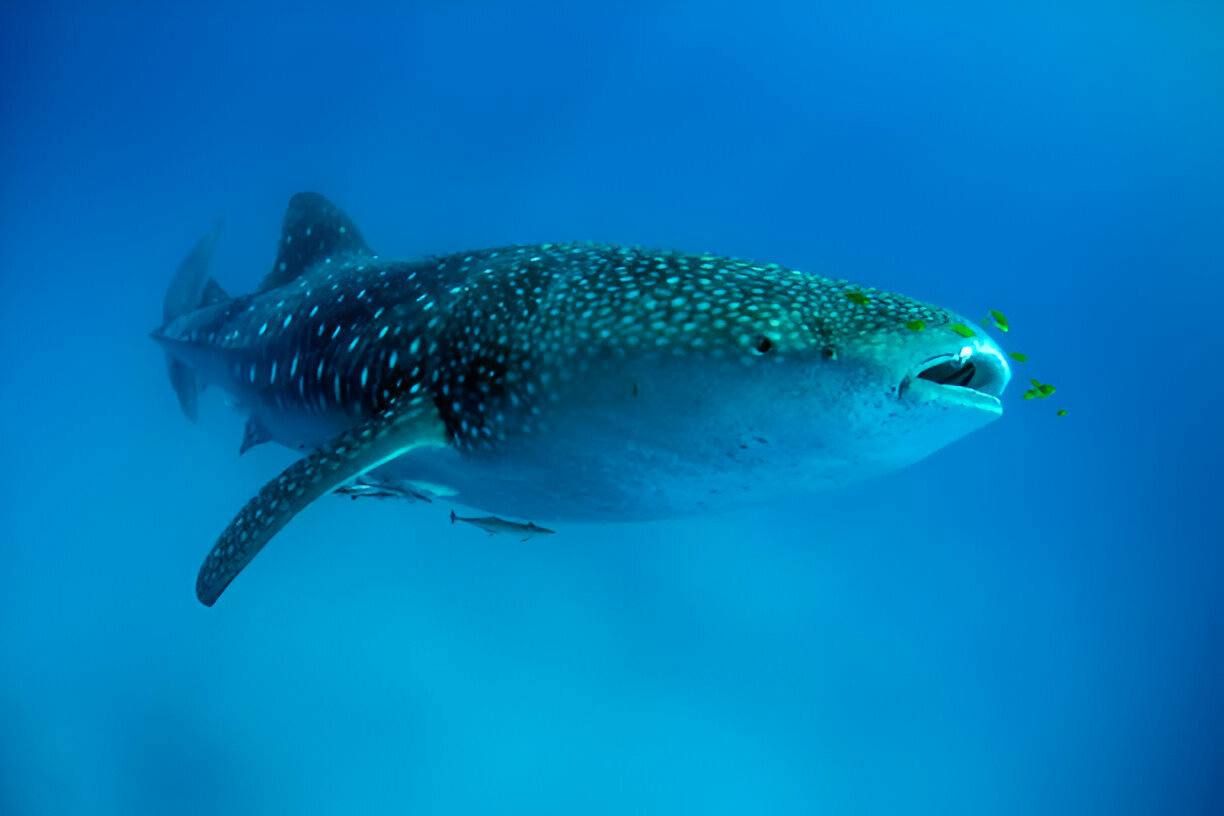
Pemba Island in December
While December often conjures images of snow and sleighbells, today’s travelers might envision a December escape to Pemba Island. Imagine pristine, untouched beaches, the gentle waves of the Indian Ocean, and a refreshing drink in hand as you relax in this tropical paradise.
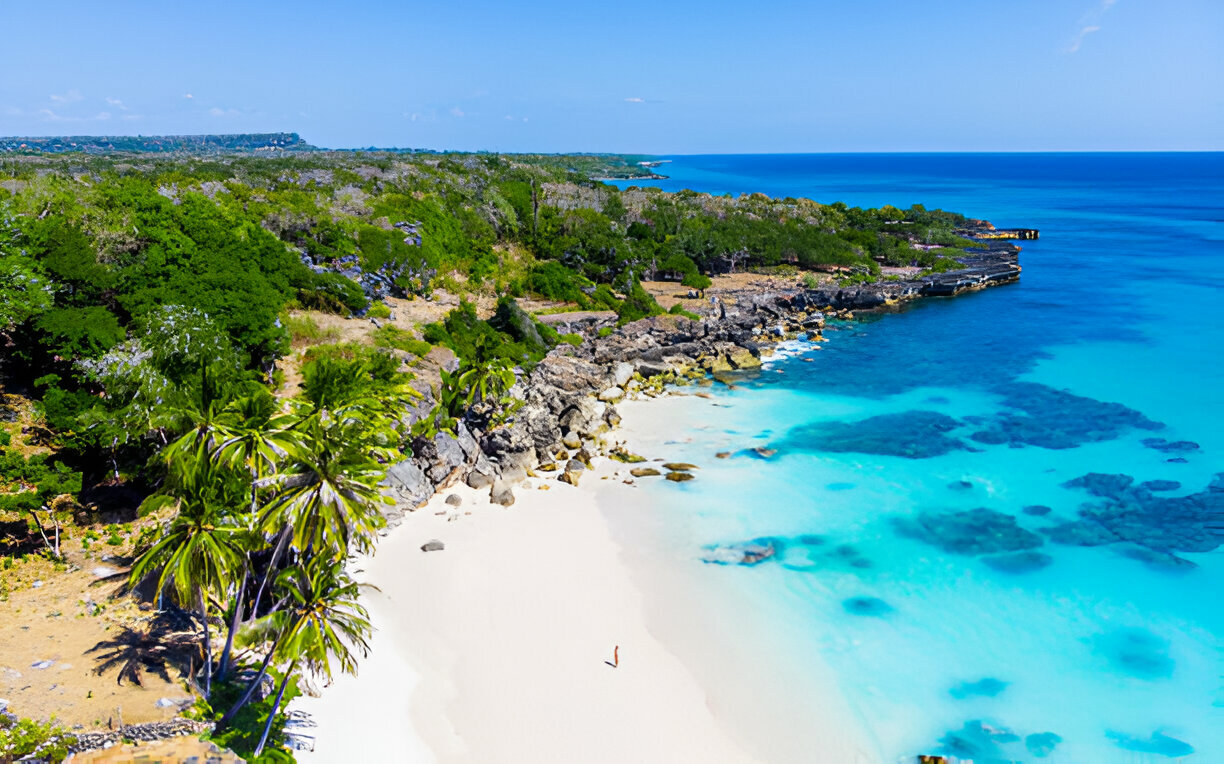
Recommended Tours in December,
CLICK TO EXPAND
 Tanzania in January
Tanzania in January
Tanzania experiences two rainy seasons and two dry seasons: the short dry season runs from late January to early March, and the long dry season from June to October. In between are the short rains of November to January and long rains from late March to May with April being an extremely wet and challenging month to get around…
Weather in February
In February, Tanzania offers a diverse range of temperatures depending on your location. On the mainland, temperatures vary from a cool 16°C to a warm 29°C, so bringing a jacket might be wise. In contrast, the islands experience hotter conditions with temperatures ranging from 23°C to 32°C, so sun protection is essential. This month signals the end of the short rains, leaving the landscape lush and green with occasional scattered showers. It also boasts the highest average sunshine hours of the year, providing excellent conditions for photography and enjoying Tanzania’s stunning scenery.

Accommodations in February
Tanzania offers a wealth of stunning accommodation options, making it a true traveler’s paradise. February is peak season for the Northern and Eastern circuits, resulting in high demand for lodgings. However, the Southern and Western circuits are much quieter during this time. Whether you seek bustling adventures or serene escapes, we’re here to help you select the perfect trip for an unforgettable experience. Feel free to reach out for personalized advice!

Wildebeest Migration in February
Timing is everything for a sighting of a lifetime, and February offers an exceptional opportunity to experience the Great Wildebeest Migration at its best. This is the prime time for witnessing the migration in full swing and catching the calving season, where you might even see a wildebeest calf being born. The influx of newborns attracts predators, making this an ideal period to witness thrilling predator-prey interactions in the wild. If you visit us in February, you’ll have excellent chances of experiencing this dramatic and exciting wildlife spectacle.

Mount Kilimanjaro in February
If you’re eager for adventure and eyeing Mount Kilimanjaro, February is an excellent choice for your climb. This month offers warm temperatures and stunning, clear skies in the mornings and evenings, enhancing your experience with breathtaking views. However, afternoons may bring some clouds and potential rainfall. February is also one of the busiest times on the mountain, so be sure to book your trek with us early to enjoy the warm weather and avoid the crowds.

Animals and Birds in February.
Are you passionate about birding? February is an ideal time to visit Tanzania, especially Tarangire National Park, where migratory birds are in their stunning breeding plumage. The wet season boosts insect populations, making it a prime time for bird-watching, though it’s wise to pack bug repellent. Additionally, this period coincides with calving season, offering great opportunities to spot adorable baby animals.

Nyerere & Ruaha National Park in February
February is an excellent time to visit Ruaha National Park, especially for birdwatchers. During this month, migratory birds return in vibrant breeding plumage, providing a stunning spectacle. They are drawn to the abundant insects, which makes for fantastic photo opportunities, though you might want to bring some repellent. The southern circuit Nyerere National Park or Selous Game Reserve and Mikumi is quieter in February, offering a more private wildlife viewing experience amid the park’s lush, blooming landscape. This period allows for a more intimate and enjoyable visit, as the park is less crowded compared to the dry season.

Gombe and Mahale National Park
In February, Mahale National Park transforms into a lush, prehistoric jungle, with its dense forests and blooming flora reflecting the region’s wet season. Although the chimpanzees are higher in the mountains during this time, the park offers a unique glimpse of untamed nature. While the wet season may deter some, it presents an exciting adventure for others, with warm temperatures, dramatic rainstorms, and vibrant wildlife enriching the experience in Gombe.

Visiting Zanzibar in February
February is a prime time to visit Zanzibar, where the delightful warmth of 35°C offers a perfect escape from everyday stress. Enjoy the vibrant blue lagoons and bays along the coast, and take advantage of the ideal conditions for exploration. Discover pods of dolphins in the sea, tour the UNESCO World Heritage Site of Stone Town, or visit the famous spice farms that earned Zanzibar its name.

Mafia Island in February
Mafia Island offers a warm and inviting atmosphere, especially in February when the weather is hot, humid, and sunny. Enjoy the intimacy of its pristine beaches or take a refreshing dip to explore the stunning marine life that surrounds this beautiful island.

Pemba Island in February
Pemba Island, Tanzania’s lesser-known spice island, is a hidden gem for travelers. Often called the ‘Green Island’ by locals, it lives up to its name with lush, vibrant scenery, especially in February. Don’t miss the chance to sample fresh local mangoes, coconuts, and bananas before enjoying the pristine beaches!

Recommended Tours in January,
Weather in March
March offers a unique blend of weather unpredictability. Early in the month, you may enjoy dry conditions, but rain can arrive earlier in some years, transforming the landscape from a tawny beige to lush green. On the mainland, temperatures range from 16°C to 29°C, while island temperatures can reach up to 32°C. Although the rainy season often begins in March, it generally doesn’t cause major disruptions, as the month still features plenty of sunny, warm, and humid days. Additionally, March is a great time to avoid the crowds.

Accommodations in March
Tanzania’s peak travel season is from June to October, so if you’re considering a visit in March, you’ll likely enjoy lower prices on the country’s stunning accommodations. While March is still considered a high season compared to less popular months, it’s wise to plan to secure your preferred lodgings. Contact us to ensure your travel plans are smoothly arranged and your dream trip becomes a reality!

Wildebeest Migration in March
In March, the Great Wildebeest Migration reaches its peak, with millions of these majestic antelopes traversing the prairies and fields of northern Tanzania. To witness this extraordinary spectacle, Ndutu and the southern Serengeti are the prime locations. This massive movement of wildlife also offers a unique opportunity to see predator-prey interactions, as lions and cheetahs take advantage of the abundant herds.

Mount Kilimanjaro in March
March is an ideal month for climbing Mount Kilimanjaro, as it typically offers dry weather and cooler temperatures for a more manageable trek. However, as the month progresses, the likelihood of rain increases, which may affect the ease of the ascent. On the plus side, fewer climbers are on the mountain during this time, avoiding the crowds. For those tackling Kilimanjaro in the rainy season, the Marangu route, with its hut accommodations, or the Rongai route, known for less rainfall, are excellent choices.

Animals and Birds in March
In March, wildlife experiences vary by location, but Ngorongoro Crater and the central Serengeti are always bustling with animal activity, thanks to their high game densities. Additionally, March is a prime time for birdwatching as thousands of avian species migrate north, leaving Tanzania after winter and creating a stunning natural spectacle in the skies.

Nyerere & Ruaha National Park in March
In March, the Green Season in Ruaha and other Southern Circuit parks in Tanzania is nearing its end, with lush vegetation still thriving as the rain begins to increase. Though this may deter some visitors, it means fewer tourists and excellent opportunities for bird-watching. While some might argue that March is not ideal for visiting Nyerere, it depends on your interests. During this time, Nyerere’s dense foliage and humid conditions create a vibrant, jungle-like environment, offering unparalleled scenery and peak bird-watching experiences.

Gombe and Mahale National Park
Visiting Mahale National Park in March immerses you in a vibrant tropical jungle, where towering trees, lush vegetation, and abundant wildlife create a truly natural experience. This is an excellent time to track the local chimpanzees and enjoy clear skies ideal for bird-watching. Meanwhile, Gombe Stream National Park remains lush and thriving due to the wet season, with clear air enhancing the visibility of chimpanzees.

Visiting Zanzibar in March
In March, Zanzibar transitions from the peak summer heat, with temperatures cooling to a pleasant average of 28°C—ideal for beach outings and island exploration. Though the rainy season starts, it typically brings only six days of rain, offering a refreshing break from the heat. Additionally, March is the least windy month, providing calm seas that are perfect for diving and excellent visibility.

Mafia Island in March
In March, while the rainy season affects much of Tanzania, Mafia Island remains warm and temperate. Though there may be an increase in brief afternoon thunderstorms, the island still enjoys plenty of sunshine and temperatures that can reach up to 32°C.

Pemba Island in March
Though less renowned than Zanzibar and Mafia, Pemba Island stands out as a hidden gem of tropical beauty. Its relative seclusion and rural charm offer a more intimate and serene escape, making it a perfect choice for those seeking a unique island experience away from the usual tourist spots.

Recommended Tours in January,
Weather in April
April in Tanzania, the rainiest month of the year, ushers in the wet season, but it’s not a time of constant downpours. Most of the rain falls in short afternoon thunderstorms that clear up quickly. Daytime temperatures are pleasantly warm, ranging from 16°C to 28°C, and can reach up to 30°C on the islands. While rainfall occurs on about half of the days, travel during this period requires caution as muddy roads, especially dirt ones, can be challenging to navigate.

Accommodations in April
April in Tanzania offers a silver lining despite the occasional cloudy skies. As a low season for tourism, accommodation prices are significantly reduced, making it an excellent time to enjoy beautiful lodges at half the usual cost. With fewer crowds, you can relish a more exclusive experience and take advantage of the serene surroundings, all while saving money on your trip.

Wildebeest Migration in April
In April, the Great Migration in Serengeti shifts to the Seronera region of Serengeti National Park. This is because the massive Serengeti landscape causes the herds to move through different areas each month. The rain in April provides ample grazing opportunities, making it an ideal time for the herds to feast. Although the period from January to March is best for spotting predators, there are still chances to witness occasional predator activity in April.

Mount Kilimanjaro in April
April is the start of the wet season on Kilimanjaro, making it a challenging time to attempt the summit. Rain from April through May can turn the trails muddy and waterlogged, while snow and ice cap the peak, creating a stunning yet formidable view. This period is best suited for the most determined climbers, as the fewer crowds and slower tourists make for a more solitary and rewarding challenge.

Animals and Birds in April
Rain during game drives and safaris can sometimes be a challenge, but it also brings wildlife to life. The wet season awakens the Serengeti’s landscape, resulting in an abundance of young animals and increased predator activity. Visiting Tanzania in April offers a unique reward: while rain is a possibility, it enhances the beauty of places like Ngorongoro Crater and provides a more personal, immersive experience due to fewer tourists.

Nyerere & Ruaha National Park in April
April is a key month in Tanzania’s rainy season, bringing reduced crowds and lower accommodation prices. This time of year also marks a major bird migration across the country. Despite the showers, which are characteristic of April, the rain rejuvenates the landscape, resulting in clear air and lush, vibrant vegetation, especially in Nyerere and other Southern Circuit parks.

Gombe and Mahale National Park
April brings the end of the wet season to western Tanzania, and the Mahale Mountains’ stunning waterfalls will be at their peak. As one of Tanzania’s more remote parks, Mahale offers a serene and intimate nature experience. At Gombe Stream National Park, April is a low season, meaning you’ll likely have the park almost to yourself, avoiding crowds and enjoying a more personal encounter with the chimpanzees. If you prefer a quieter experience, this is the ideal time to visit.

Visiting Zanzibar in April
In April, Tanzania transitions from the hot summer to the cooler rainy season. Zanzibar, during this month, experiences brief afternoon thunderstorms that clear up quickly, leaving behind stunningly clear evenings and vibrant sunsets. This period is usually Zanzibar’s quietest, offering serene, uncrowded beaches for a more intimate experience. It’s also an excellent time to explore the rich history of Stone Town, a UNESCO World Heritage Site, without the usual tourist crowds.

Mafia Island in April
April falls within Tanzania’s rainy season, so you can expect some showers while visiting Mafia Island. Although rain is common, the storms are usually brief, and the rest of the weather remains pleasant. On rainy days, you can still enjoy exploring the island’s historical sites.

Pemba Island in March
Pemba is a fantastic destination year-round thanks to its pleasant temperatures and ample sunshine. However, it’s worth noting that April is typically rainy across Tanzania. During this month, you might experience brief afternoon thunderstorms in Pemba. These short-lived showers benefit the island’s lush plant life, making the Green Island even more vibrant and beautiful.

Recommended Tours in April,
Weather in May
May in Tanzania is a photographer’s paradise, renowned as the Emerald season when April rains usher in a vibrant display of blooming colors. This period makes it easier to spot large herbivores like elephants, rhinoceroses, and buffalo, thanks to the abundance of food and water. By late May, the transition to the dry season begins, resulting in fewer visitors and a more intimate experience. Although early May can still be wet, the weather stabilizes to a pleasantly warm and dry range between 16°C and 27°C.

Accommodations in May
May, like April, tends to be quieter for tourists due to the lingering early-month rains, resulting in fewer visitors and less crowded accommodations. This lull in tourism often leads hotels and resorts to offer better deals and lower rates. As May progresses and the weather improves, it becomes an excellent time to enjoy luxurious stays at more affordable prices.

Wildebeest Migration in May
One of the most remarkable aspects of the Great Migration is its year-round nature. The vast herds of wildebeest don’t disappear; they continuously move in search of food. In May, as the wet season makes food abundant, these millions-strong herds migrate from the short grass plains of the southern Serengeti to the fertile central and western plains, offering a spectacular sight of wildlife in motion.

Mount Kilimanjaro in May
May is a less predictable month for climbing Kilimanjaro, as it marks the end of the rainy season. With some luck, you might enjoy clear, sunny weather, though occasional rainstorms, especially early in the month, can make the climb wet. In such cases, the Marangu or Rongai routes offer a more comfortable ascent. May’s temperate weather and fewer climbers on the mountain provide a quieter, potentially rewarding experience.

Animals and Birds in May
May in the Serengeti marks the rutting season, where testosterone levels soar, and visitors can witness intense competition between males. It’s also an excellent time to visit Ngorongoro, with fewer tourists and heightened animal activity. As the wet season ends, food is abundant, but as the climate dries, wildlife gathers around watering holes and lush areas, offering incredible viewing opportunities.

Nyerere & Ruaha National Park in May
May is an ideal time to visit Nyerere National Park. The rain gradually subsides, leaving the landscape lush and green, just before the dry season begins. With fewer tourists, you can enjoy the serenity of an almost empty park. May offers more sunshine and warmth compared to the rainy April, and many lodges offer lower prices, making it a great time for a peaceful and affordable safari.

Gombe and Mahale National Park
May is a transition month, marking the end of the rainy season and the start of the dry season. During this time, while chimpanzees might still be in their highland homes, the weather improves with less humidity, fewer rains, and reduced insect activity. As the rains decrease, the landscape begins to dry out, leading to clearer skies and a less vibrant terrain, which enhances animal spotting on your safari.

Visiting Zanzibar in May
In early May, Zanzibar still experiences some of April’s rainfall, but as the month progresses, the showers become less frequent and less intense. Temperatures average a pleasant 27°C, and with the retreat of the monsoons, the southerly ‘kusi’ wind creates ideal conditions for kite and windsurfing. May offers a quieter atmosphere, making it an excellent time to enjoy Zanzibar’s rich history on rainy days and its serene, uncrowded beaches when the sun shines.

Mafia Island in May
In May, the Kaskazi wind from the northeast continues to bring occasional afternoon thunderstorms, but Mafia’s stunning beaches and clear blue waters remain largely undisturbed. With fewer tourists, this is an ideal time to enjoy the island’s natural beauty in a more tranquil setting.

Pemba Island in May
May and April are the rainiest months in Pemba, but this rainfall is essential for maintaining the island’s lush greenery. Despite the rain, may still offer many hours of clear skies, warm temperatures, and calm waters, making it a great time to enjoy the natural beauty of the Green Island.

Recommended Tours in May,
Weather in June
June marks the beginning of Tanzania’s dry season, characterized by warm, comfortable temperatures ranging from 15°C to 27°C, with low humidity and minimal rainfall. Mornings and evenings can be quite cool, so packing a jacket is advisable. As the vibrant greenery of the wet season fades, the landscape transitions to a palette of beiges and browns. This change often enhances game viewing opportunities, though it can also bring some dust, especially with increased vehicle traffic.

Accommodations in June
June marks the beginning of peak season in Tanzania, as the dry weather improves animal sightings and increases wildlife density in national parks. This rise in visitor numbers means accommodations fill up quickly, so booking in advance is crucial to secure your preferred stay. Plan your dream safari with us now to ensure a seamless and memorable experience.

Wildebeest Migration in June
June is an ideal time to experience the Great Migration. As the mating season for wildebeests continues and the land dries out, food and water become scarce, prompting large herds to gather at watering holes and rivers like the Grumeti. This makes it easier to spot the massive herds, and the river crossings can also offer dramatic views of predator activity, with crocodiles waiting to catch the wildebeest as they make their way across.

Mount Kilimanjaro in June
In June, Kilimanjaro offers a drier climate, with cooler and less humid conditions that make the ascent more manageable. However, as you climb higher, temperatures will drop, and the weather can be quite chilly. While rain is infrequent, cloudy skies may occasionally obscure the stunning views from the summit, so it’s wise to be prepared for the possibility of reduced visibility.

Animals and Birds in June
June is an exceptional time to visit Serengeti National Park. During this dry season, the landscape dries out, and wildlife gathers around water sources, offering prime viewing opportunities. Additionally, each park in northern Tanzania offers unique attractions in June: Ngorongoro boasts high game densities, Serengeti hosts a lively mating season, Ruaha’s wild dogs are active, and Tarangire is ideal for walking safaris or fly camping. Each destination promises an unforgettable experience.

Nyerere & Ruaha National Park in June
June is an ideal time to visit Nyerere National Park in Southern Tanzania. As the dry season sets in and the landscape becomes drier and more monochrome, animals become easier to spot. With the rains of April and May behind us, the park is now cool and dry, and wildlife tends to gather around main water sources. This is the perfect moment to witness the park’s diverse animals as they emerge from their cover and migrate towards these essential water sources.

Gombe and Mahale Mountain National Park
June marks the start of the dry season in Gombe, with the plains and forests shedding their foliage and the roads becoming dry and accessible. This makes it an ideal time to track Gombe’s renowned chimpanzees, as their migration down the mountains for easier viewing begins. Mahale National Park, while still remote even in peak seasons, offers a more tranquil experience during June, as it’s not yet the height of tourist traffic.

Visiting Zanzibar in June
In June, the southern hemisphere’s winter month, Zanzibar ushers in its long dry season, boasting the driest and sunniest weather of the year. This period is ideal for water sports due to high wind speeds. Additionally, from June to September, Juani Island, south of Zanzibar near Mafia Island, offers a remarkable natural spectacle: thousands of sea turtle hatchlings make their dramatic journey from their nests to the Indian Ocean.

Mafia Island in June
June marks the transition from the rainy season to the beginning of the long dry period in mainland Tanzania, which lasts until October. With up to eight hours of sunshine and daily highs around 30°C, a beach vacation in Mafia during June promises to be a delightful experience.

Pemba Island in June
In June, Tanzania transitions into its long dry season, and Pemba Island is no exception. The rains of late March, April, and May have eased, making way for extended periods of sunshine, gentle warm winds, and beautifully clear waters.

Recommended Tours in June,
Weather in July
July, nestled in the heart of the dry season, offers an ideal safari experience with parched landscapes, clear blue skies, and comfortable temperatures—cool mornings around 14°C and warm afternoons of 26°C. However, with peak season bringing more safari vehicles, expect increased dust. Even though the daytime weather is pleasant, nighttime temperatures can be quite chilly, so be sure to dress warmly. 
Accommodations in July
July is an ideal time for a safari in Tanzania, coinciding with summer holidays in the northern hemisphere, which means many international visitors head south for tours of our national parks. With high demand for accommodations during this peak period, it’s wise to book early to secure your preferred lodgings. Contact us for assistance with your safari booking and ensure a seamless and unforgettable experience!

Wildebeest Migration in July
While the Great Migration doesn’t follow a precise schedule, the dry season generally triggers the wildebeest herd to move and cross rivers in search of food and water. As the wet season feeding grounds dry up, the herd must travel to find adequate water sources, making the Mara River a key stop. However, keep an eye out for crocodiles in the river, as they are a constant threat to migrating animals.

Mount Kilimanjaro in July
July is a prime time to climb Mount Kilimanjaro due to the dry weather and clear skies, providing easier climbs and breathtaking views. The chance of rain is minimal, and the cloud cover from June gives way to stunning blue skies. However, this ideal weather also means the mountain is more crowded than in March or April. With the cooler, dry conditions, temperatures at the summit can be quite cold, so be sure to pack warm clothing.

Animals and Birds in July
In July, Tanzania’s dry season offers exceptional game viewing, as wildlife congregates around limited water sources and rivers. The thinning vegetation and clear skies enhance visibility, making it an ideal time for spotting animals. However, this peak tourist season can lead to crowded parks and increased dust.

Nyerere & Ruaha National Park in July
One of the best times to visit Ruaha National Park is in July, right in the midst of the long dry season. During this period, temperatures are cooler, wildlife sightings are more frequent, and rain is unlikely. Although the dry conditions may cause some dust on the roads, the park’s lower visitor numbers mean this is generally less of a concern than in larger parks. This time of year also offers a chance to spot wild dog puppies in Ruaha and Nyerere National Parks.

Gombe and Mahale Mountains National Park
July is an ideal time to visit Mahale National Park, as it marks the beginning of the dry season, offering a prime opportunity to track the world’s largest population of chimpanzees while enjoying fewer mosquitoes. Similarly, Gombe Stream National Park shines in July, with cooler, refreshing air and dried-out grasses that enhance visibility. This period provides optimal conditions for spotting and tracking chimpanzees, making it one of the best months for wildlife enthusiasts.

Visiting Zanzibar in July
If you’re seeking the ideal time to visit Zanzibar, July is your best bet. Positioned amid Zanzibar’s extended dry season, July offers clear skies and pristine sandy beaches, with virtually no rainfall and a pleasant temperature of 28°C. This month also hosts two of Zanzibar’s standout cultural events: the Festival of the Dhow Countries, a major arts and culture film festival, and Mwaka Kogwa, which celebrates the Persian New Year and showcases Zanzibar’s rich colonial heritage.

Mafia Island in July
July is the ideal time to visit Mafia Island, as the rainy season has ended, leaving behind serene azure waters and pristine white sandy beaches. It’s a great opportunity to enjoy a relaxing getaway, take a scenic boat tour, explore vibrant marine life while snorkeling, or try your hand at fishing.

Pemba Island in July
Picture this: incredibly soft, sandy beaches extending as far as the eye can see, calm, vividly blue waters warmed by perpetual sunshine, and the serenity of letting all your cares drift away. This is the essence of Pemba Island, where relaxation and natural beauty come together in perfect harmony.

Recommended Tours in July,
Weather in August
In August, Tanzania enjoys near-perfect weather with cool mornings and evenings (a warm jacket is recommended), warm daytime temperatures, and consistent dryness. Clear, sunny skies throughout the month provide excellent conditions for game viewing, safaris, hiking, and mountain climbing. However, the dry weather can lead to dust clouds that might obscure some of the stunning landscapes, and occasional small wildfires can occur in the grasslands as part of the natural ecosystem.

Accommodations in August
August is a popular time to visit Tanzania due to the dry season and the northern hemisphere’s summer break, leading to an influx of tourists in Tanzanian parks. As a result, this peak season can make securing accommodation more challenging. To avoid disappointment, especially at popular hotels and destinations, it’s advisable to book in advance. Contact us to ensure your trip goes smoothly.

Wildebeest Migration in August
August is a prime time to witness the Great Migration, as over a million plains antelope traverse the Mara River. The Lamai region in the northern Serengeti is where this dramatic crossing occurs, offering a spectacular view of wildebeest navigating the river, often under the watchful eyes of crocodiles. This thrilling event makes August the perfect opportunity to experience one of nature’s most awe-inspiring spectacles.

Mount Kilimanjaro in August
Mount Kilimanjaro in August is truly spectacular. During this time, Tanzania’s dry season ensures mostly clear blue skies and temperate weather, perfect for your ascent of the world’s highest free-standing peak. However, be prepared for colder temperatures as you climb, especially since the dry season can be cooler than the humid wet season. Dress warmly, as it’s not unusual to encounter snow-capped conditions at higher altitudes.

Animals and Birds in August
August is an ideal time for game drives and safaris in Tanzania due to reduced bug populations and lower mosquito activity, thanks to the drier weather. While many head to the Serengeti for its renowned game viewing, Tarangire National Park is a hidden gem this month, offering exceptional wildlife encounters with fewer tourists. Notably, Tarangire is famed for its impressive African elephants roaming the vast open plains.

Nyerere & Ruaha National Park in August
Tanzania’s southern circuit, with its stunning national parks like Ruaha and Nyerere, offers a hidden gem of wildlife beauty. Less visited than the northern parks, these areas provide a more tranquil safari experience. In August, Ruaha National Park is especially notable for its African wild dogs, which are abundant and often have puppies during this time, presenting a rare and exciting sight for visitors.

Gombe and Mahale Mountains National Park
August, the height of the dry season, is an ideal time to visit Mahale, as its relative remoteness ensures a peaceful experience even during peak times. With reduced plant cover, animal sightings become easier. Similarly, August and July are prime months for chimpanzee tracking in Gombe. Despite its global reputation, Gombe remains relatively quiet and uncrowded, allowing for a more serene visit.

Visiting Zanzibar in August
In August, Zanzibar offers pristine white beaches, gentle breezes, and warm waters, making it an ideal time to visit. With temperatures pleasantly warm and the southern ‘kusi’ winds providing refreshing relief from the sun, it’s perfect for relaxing on the sand or kite-surfing. Additionally, this month is excellent for fishing, adding to the island’s appeal as a tropical paradise during its long dry season.

Mafia Island in August
If you’re considering a visit to the pristine white beaches of Mafia, August is an ideal time. Though you might encounter slightly more tourists due to northern hemisphere school vacations, Mafia remains more serene than Zanzibar, ensuring a tranquil and intimate island experience.

Pemba Island in August.
August is a standout time to visit Pemba, with daily temperatures comfortably ranging from 20°C to 28°C. The pleasant weather makes it ideal for relaxing on Pemba’s stunning beaches, enjoying a refreshing swim, and soaking up the sun.

Recommended Tours in August,
Weather in September
As September arrives, the dry season has been underway for months, with limited rainfall since June resulting in a cool, dry climate. This has led to a uniform brown landscape and scarce grazing grass, causing wildlife to concentrate around water sources. Temperatures begin to rise in September, though mornings and evenings can still be quite chilly, so packing warm clothing is advisable. Daily temperatures on the mainland range from 15°C to 28°C, with the air remaining clear and still, occasionally interrupted by dust clouds that might affect photography.

Accommodations in September
September is a bustling month for tourism due to excellent safari and game drive conditions. Popular accommodations often book up quickly, so we recommend contacting us in advance to secure your stay. Also, lodges, resorts, and camps typically raise prices during this peak season, making September more expensive than April or May.
Wildebeest Migration in September
The dry season is an ideal time to witness the Great Migration, with around two million wildebeest on the move. Some of the herd may still be in Kenya in September, while others begin their journey southward. If you’re lucky, you might catch the dramatic crossing of the Mara River, a crucial water source during this season. The Mara River attracts the migrating herds and various other wildlife, all drawn to its life-sustaining waters.
Mount Kilimanjaro in September
September offers ideal conditions for climbing Mount Kilimanjaro, with cool temperatures, clear skies, and minimal cloud cover, making the ascent more manageable and the views breathtaking. While this month is considered the optimal time to climb and can be busier due to its popularity, it also provides a great opportunity for those who enjoy teamwork and shared experiences to make the journey even more rewarding.

Animals and Birds in September
During this time of year, the African savannah is dry and barren, with wildlife gathering in large numbers around the remaining water sources due to the lack of rain. This creates ideal conditions for game drives in the northern circuit’s renowned parks, offering excellent opportunities to spot animals. For those seeking a more adventurous experience, a walking safari or fly-camping in Tarangire are also exceptional alternatives.

Nyerere & Ruaha National Park in September
In September, after several months of drought, the wildlife in Ruaha and Nyerere National Parks concentrates around limited water and food sources. This makes it an ideal time for photography and animal spotting, as the sparse vegetation and clustering animals offer excellent viewing opportunities. The dry season may even drive some predators to make bold moves for survival, adding to the excitement of your experience. Additionally, the mild weather enhances the overall enjoyment of your visit.

Gombe and Mahale Mountains National Park
September is an ideal time to visit Mahale and Gombe Stream National Parks for spotting eastern chimpanzees. As temperatures and humidity decrease, large groups of chimps descend from the mountains in search of food, making them more visible during the dry season. With less dense foliage in September, sightings of these fascinating primates become easier, especially in the lowlands where they gather in search of food.

Visiting Zanzibar in September
Zanzibar is renowned for its clear blue skies, turquoise waters, and year-round relaxing beaches, but September is an especially great time for fishing and diving. The reefs around the island teem with sea life, including the massive whale shark, which begins to appear this month. Anglers can also enjoy the thrill of catching giant groupers or other fish in these abundant waters, making it an ideal time to explore the rich marine life of the “Gem of the Indian Ocean.”

Mafia Island in September
September is the perfect time for a relaxing beach holiday on Mafia Island. With an average of nine hours of sunshine each day and fewer than five rainy days throughout the month, it’s an ideal time to enjoy the beach, soak up the sun, and cool off in crystal-clear waters.

Pemba Island in September
A September trip to Pemba Island promises an unforgettable experience. With September’s minimal rainfall, second only to January, you’ll enjoy warm weather, stunning blue ocean waters, and gentle breezes throughout your visit.

Recommended Tours in September,
Weather in October
October is the final opportunity to experience Tanzania in its dry season. In the first weeks, you’ll witness the tail end of a long dry spell that began in late May or early June. Wildlife gathers around the few remaining watering holes, and the landscape is parched and brown, offering outstanding game viewing. However, temperatures can still be chilly at night and in the early mornings, so be sure to bring a jacket. By late October, expect the return of rains with dramatic thunderclouds.

Accommodations in October
October remains a peak tourist season despite the ongoing dry conditions, as heavy rains typically begin in late October or early November. This means accommodation prices are likely to be high and availability limited. For those planning a trip to Tanzania, booking in advance is crucial, as October offers the last opportunity for reliably dry weather and excellent game viewing, bird watching, and safari activities before the rainy season begins.

Wildebeest Migration in October
In early October, as the dry season continues, the Wildebeest of the Great Migration is likely gathered around a dependable water source, such as the Mara River in northern Serengeti National Park. However, as the rain clouds start to form later in the month, this vast herd will begin its southward journey towards the soon-to-be lush grassy plains of central Serengeti.

Mount Kilimanjaro in October
October is a prime time to climb Mount Kilimanjaro as it falls at the end of the dry season, offering relatively calm and clear conditions. However, even experienced climbers should prepare thoroughly, as the low humidity and colder, thinner air can make the ascent feel more challenging. Be sure to pack warm clothing to handle the potential for snow-capped temperatures.

Animals and Birds in October
In October, wildlife spotting in Tanzania is particularly rewarding as animals are more concentrated around rivers and watering holes due to the dry conditions. The early part of the month marks the end of the dry season, when the landscape is dry, brown, and dusty, causing animals to congregate in key areas. This dryness also makes predators like cheetahs, leopards, and lions more active, providing excellent opportunities to witness their hunting behaviors. October is an ideal time to explore Arusha National Park, Tarangire National Park, and Mount Meru, making it a prime period for wildlife enthusiasts.

Nyerere & Ruaha National Park in October
October is often considered the ideal time to visit Ruaha, marking the end of the long dry season. This period is renowned for its high wildlife visibility, as the sparse vegetation makes animals easier to spot. Although each month offers unique advantages, October stands out for its dense wildlife presence before the rains of November begin.

Gombe and Mahale Mountains National Park
October is an ideal time to visit Mahale, as the park is fully accessible and the dry season enhances chimpanzee sightings. With minimal rain and ample sunshine, Lake Tanganyika reaches its warmest temperature of the year. The northern tip of this ancient and deep lake is home to Gombe Stream National Park, renowned worldwide thanks to Jane Goodall’s groundbreaking research. The park’s breathtaking views, picturesque shoreline, and rich wildlife make it a must-visit destination.

Visiting Zanzibar in October
In October, Zanzibar offers an ideal escape with the end of the dry season bringing pleasant weather and rising temperatures before the rains start in November. With daytime temperatures averaging 30°C and cooler nights at 20°C, it’s a perfect time to relax on the beach, enjoy the sunshine, or swim in the warm Indian Ocean. For those seeking adventure, the calm, clear waters around Zanzibar’s reefs provide excellent opportunities for diving and exploring vibrant marine life.

Mafia Island in October
As the long dry season winds down on the mainland, Mafia and the Spice Islands remain blissfully unaffected. With consistently warm temperatures, abundant sunshine, and tranquil, warm waters, Mafia offers a perfect escape for relaxation throughout October.

Pemba Island in October
October is one of our favorite months for coastal fishing, and Pemba Island offers an exceptional experience. With less traffic than other islands such as Mafia or Zanzibar, Pemba maintains a more intimate atmosphere, enhancing your fishing adventure with abundant opportunities.

Recommended Tours in October,
Weather in November
November signals the end of Tanzania’s dry season, with short, overnight rains refreshing the landscape and settling the dust. This transitional month offers a unique opportunity to witness the land’s transformation as the rains return. Although many prefer the dry season, November provides excellent conditions for travel, with open roads and low river flows, allowing for smooth movement and a chance to see the vibrant changes in the environment.

Accommodations in November
From June to October, hotel and resort rates in Tanzania are at their peak, but November offers some relief with its seasonal rains. November is classified as a ‘high’ season—less crowded than peak season but still busier than the low season. As tourism dips during this month, you can find more affordable accommodation options and enjoy a wider selection of choices, as fewer visitors mean less demand.

Wildebeest Migration in November
With the return of the rains marking the start of the green season, the Great Migration resumes its journey. Freed from the constraints of watering holes and large rivers, the herd moves southward to graze on the lush, green grasslands. In November, as the dry season fades, you’ll likely find them in the central Serengeti plains, following the rains and offering an excellent opportunity for sightings.

Mount Kilimanjaro in November
November is a good time to climb Africa’s highest mountain, despite the onset of the green season bringing increased rainfall. The temperatures remain mild and the rain usually falls in brief afternoon showers, often followed by clear skies and stunning views. While higher altitudes can be colder, warm clothing is recommended. During this period, the Marangu and Rongai routes are popular choices for climbers.

Animals and Birds in November
Despite the short rainy season, wildlife remains active and plentiful, with many animals spreading out from scarce watering holes and migratory birds returning to Tanzania’s parks. Ngorongoro offers consistent game densities throughout the year, while northern parks like Tarangire National Park begin to come alive with vibrant colors as the rains rejuvenate the forests and bring new growth.

Nyerere & Ruaha National Park in November
After five months of sunny, cool weather and a dry landscape, November ushers in refreshing rains that rejuvenate Ruaha’s plant life. While the rains might make wildlife spotting a bit challenging, they enhance the park’s natural beauty. November is also an excellent time to visit Nyerere, as the rains prompt wildlife to disperse after being concentrated during the dry season, offering a dynamic and engaging safari experience.

Gombe and Mahale National Park
In November, the dry season ends and Mahale’s wet season begins. As the chimpanzees move to cooler, higher altitudes, the rain breathes new life into the lush vegetation around the lake. While the wet weather arrives gradually, November offers a final opportunity to see Jane Goodall’s Kasekela chimpanzees in the wild before the year ends.

Visiting Zanzibar in November
-In November, while Tanzania starts its short rainy season, Zanzibar still enjoys about 10 hours of sunshine daily. Rainfall tends to be brief, typically occurring in the early afternoon, allowing ample time to relax on the beach or swim in the warm Indian Ocean. For the adventurous, October brings calm and clear waters around Zanzibar’s reefs, perfect for diving and exploring vibrant marine life.

Mafia Island in November
November marks the start of a brief wet season. Although the rainfall is less intense than in April or May, it is sufficient to bring the local flora to vibrant life. Additionally, temperatures rise during this month, with daily highs reaching up to 32°C.

Pemba Island in November
Every November, Pemba Island experiences a heatwave that extends through December and into February. Unlike the rest of the country, which sees a brief rainy season followed by lush greenery, Pemba Island remains consistently verdant, earning its nickname, the Green Island.

Recommended Tours in November,
Weather in December
December brings the short rainy season, with brief afternoon rainstorms that quickly give way to clear blue skies, creating excellent conditions for photography. The landscape transforms into a lush, verdant paradise, offering a refreshing break from the long dry season’s sun. Temperatures range from a comfortable 16°C to a warm 28°C, with increased humidity enhancing the vibrant scenery.

Accommodations in December
December sees a clear split in accommodation pricing and availability. The first two weeks are considered high season, with fewer tourists due to the rain. However, the last two weeks are very busy due to the holiday season, leading to higher prices and rapid booking. If you plan to visit Tanzania during Christmas or New Year, it’s crucial to plan to secure your stay. Contact us early to ensure your holiday travels go smoothly.

Wildebeest Migration in December
As the trek that began in October nears its end, the herd moves southward through the central Serengeti in search of fresh food following the seasonal rains. They will find nourishment and water in the short grass plains of the southern Serengeti, particularly around Ndutu, where they will settle to feed and calve. However, despite the abundance, the journey remains challenging, as predators will be drawn to the vulnerable calves and the shifting herd.

Mount Kilimanjaro in December
In December, Kilimanjaro can be somewhat unpredictable due to the short rainy season extending into the month, which can make climbing conditions more challenging and deter some climbers. Despite this, December offers a quieter experience with fewer people on the mountain. Although many tourists skip the climb during the holiday season because of the weather, those who do venture up are often rewarded with a greater sense of accomplishment.

Animals and Birds in December
In December, Tanzania’s northern circuit is lush with green growth and abundant food, thanks to the seasonal rains. This makes it a prime time for bird-watching, as migratory birds return in full force to the national parks. Although the green season doesn’t match the dry season for wildlife density, areas like the Seronera region in central Serengeti and the Ngorongoro Crater continue to offer impressive animal sightings year-round.

Nyerere & Ruaha National Park in October
In November, the arrival of the short rainy season, which continues into early December, transforms the previously dry and dusty landscape into a lush, revitalized environment. This period prompts animals to migrate in search of new food sources, spreading wildlife across broader areas. However, it also marks the return of migratory birds to the southern national parks, such as Ruaha and Nyerere, where birding is exceptional and birds are seen in their vibrant breeding plumage.

Gombe and Mahale Mountains National Park
December in Mahale is a time of vibrant transformation, as the wet season begins and the park comes alive with striking blue butterflies. The dense jungle, rich with colorful flora and fauna, contrasts beautifully with the dry season’s muted tones. This month marks the transition from the arid plains to a lush, colorful landscape, offering stunning views of wildlife, lake stretches, and towering mountains. December also brings a quieter, more intimate experience, making it an ideal time to visit.

Visiting Zanzibar in December
Traveling to Zanzibar in December feels like stepping into a dream, with its historic Stone Town, lush jungles, pristine white beaches, and turquoise waters creating a perfect paradise. This month also offers a final chance to swim with whale sharks. December marks a transition period, where the occasional rain shifts to warm, sunny weather, revitalizing the island’s vibrant vegetation and enhancing its tropical charm.

Mafia Island in December
If you’re dreaming of a Christmas escape with minimal crowds, pristine white beaches, and a chance to unwind, Mafia Island is the perfect destination. Although December may bring a few rainy days, they won’t disrupt your relaxation. The island’s high temperatures, abundant sunshine, and warm ocean currents offer a perfect tropical retreat.

Pemba Island in December
While December often conjures images of snow and sleighbells, today’s travelers might envision a December escape to Pemba Island. Imagine pristine, untouched beaches, the gentle waves of the Indian Ocean, and a refreshing drink in hand as you relax in this tropical paradise.

Recommended Tours in December,
Our videos are designed to ignite your wanderlust and inspire you to embark on the adventure of a lifetime. With captivating visuals and powerful stories, they offer a glimpse into the extraordinary experiences waiting for you. Watch and let the magic of Tanzania unfold—because every journey begins with a spark of inspiration.


